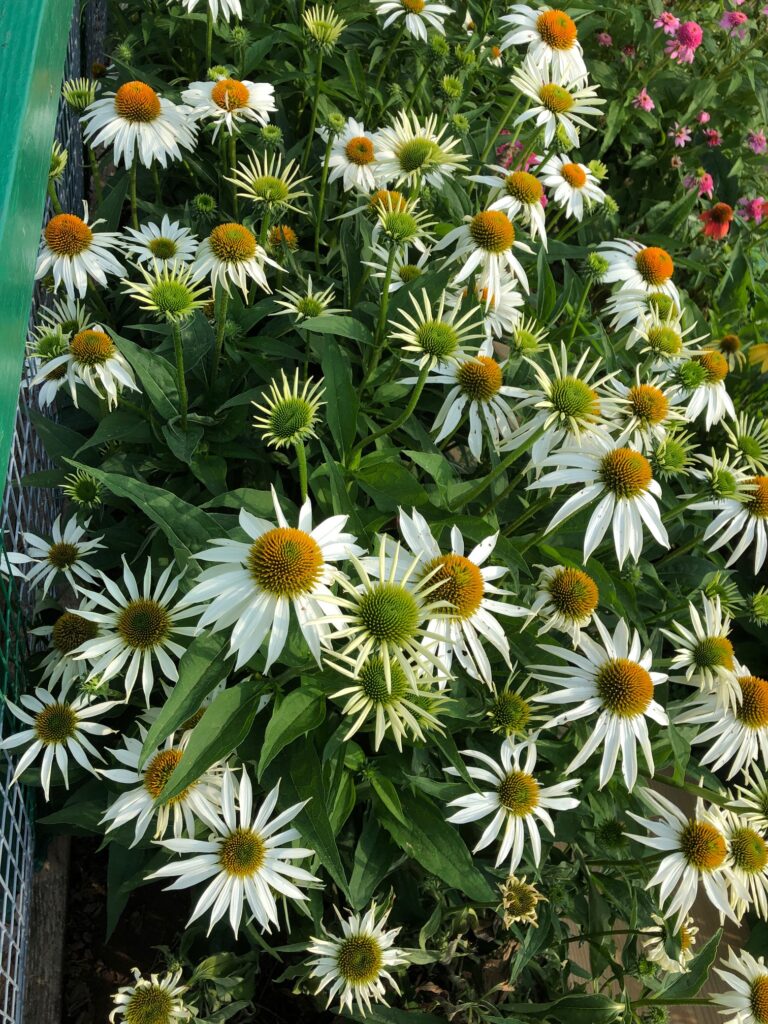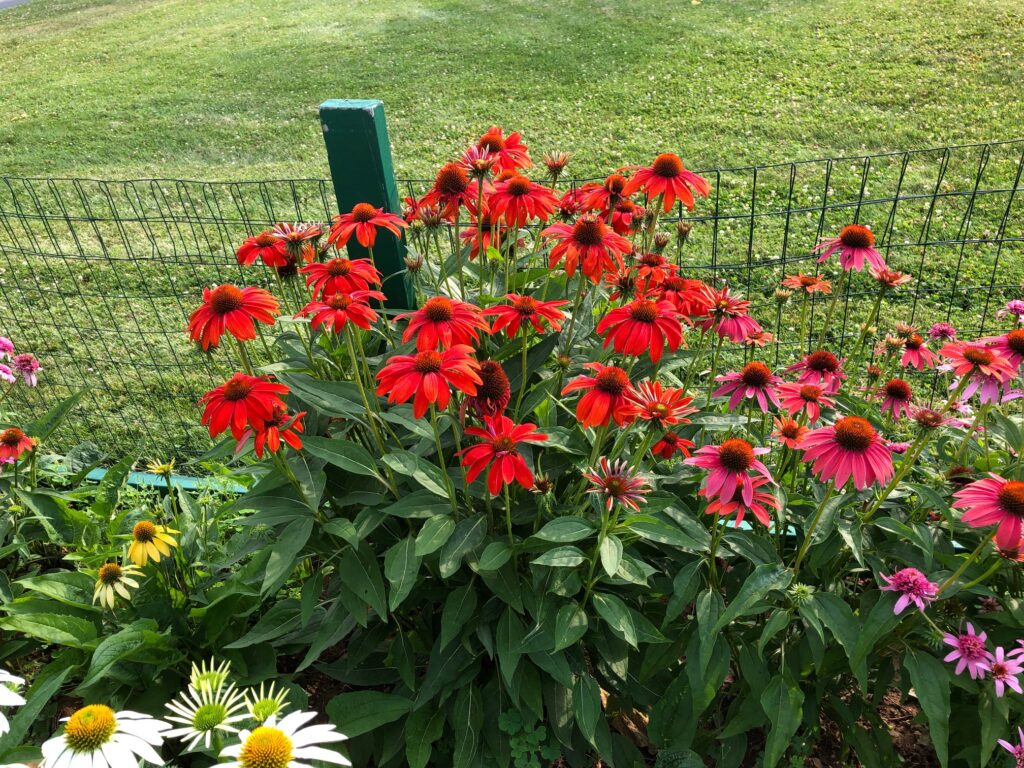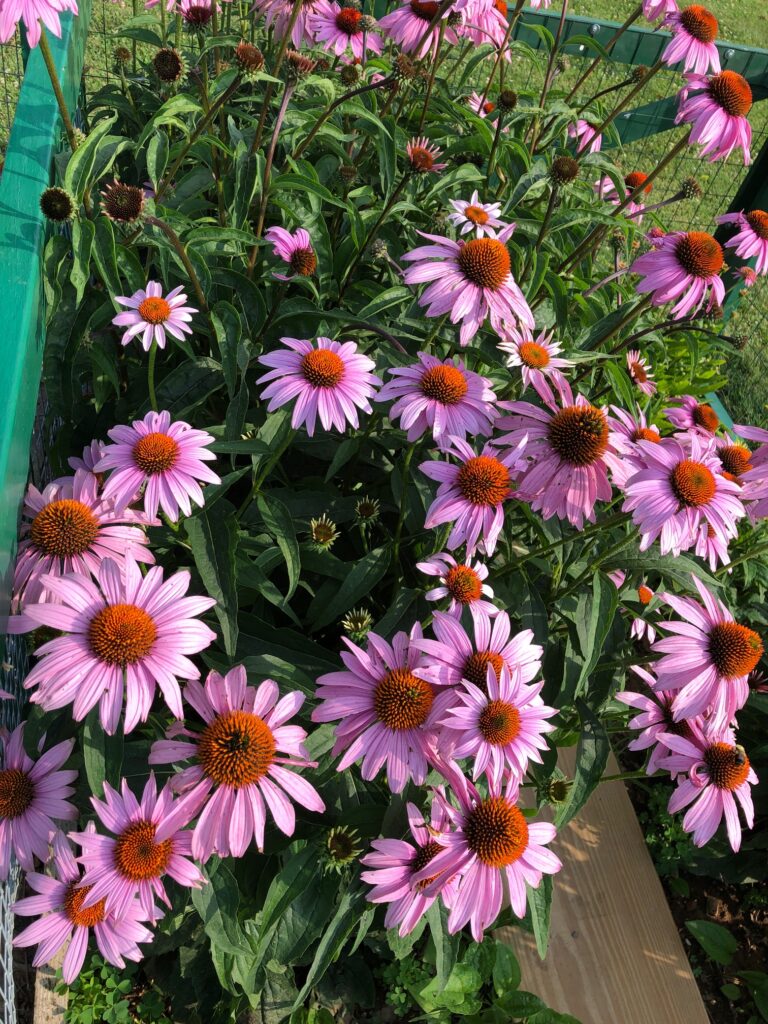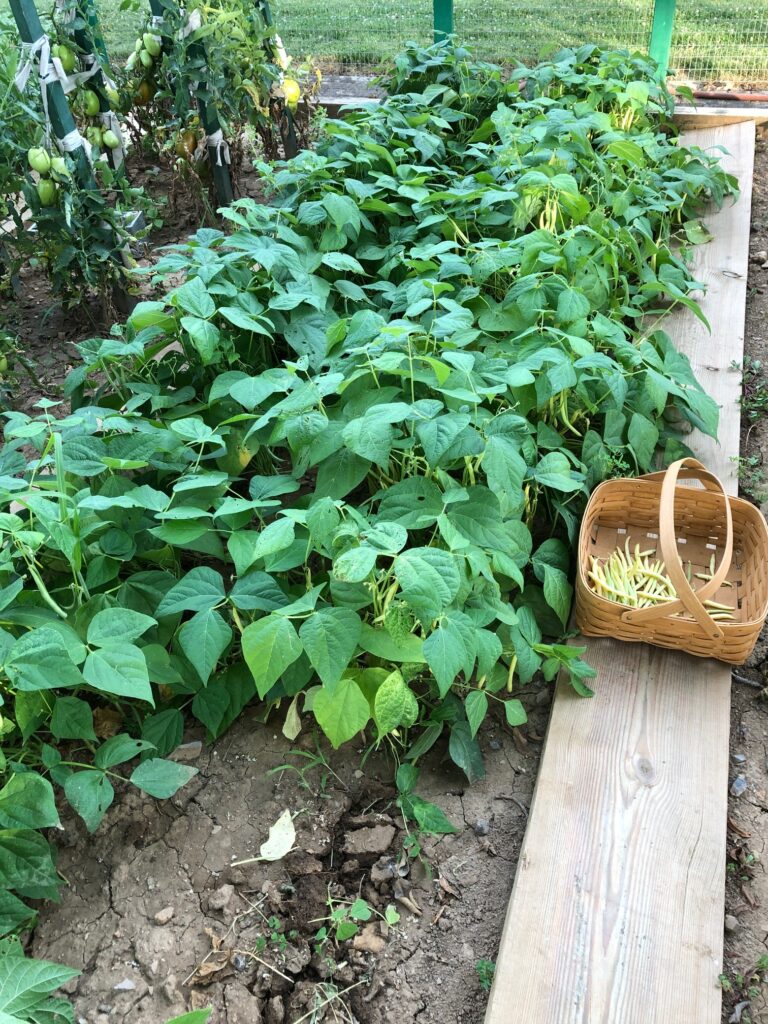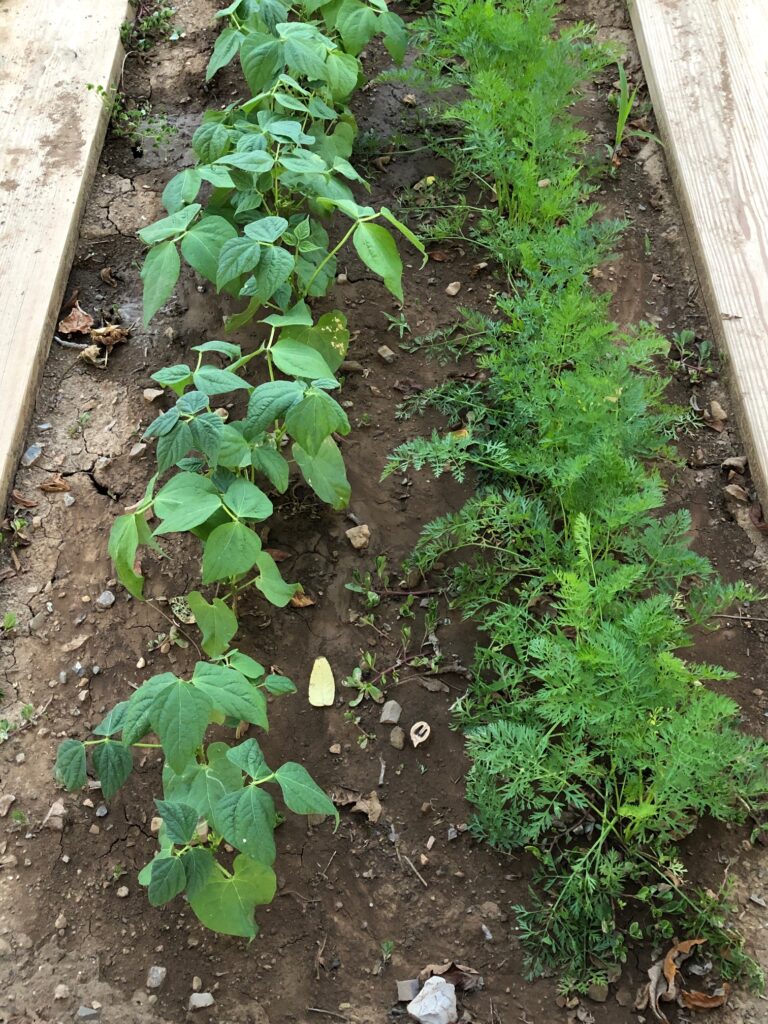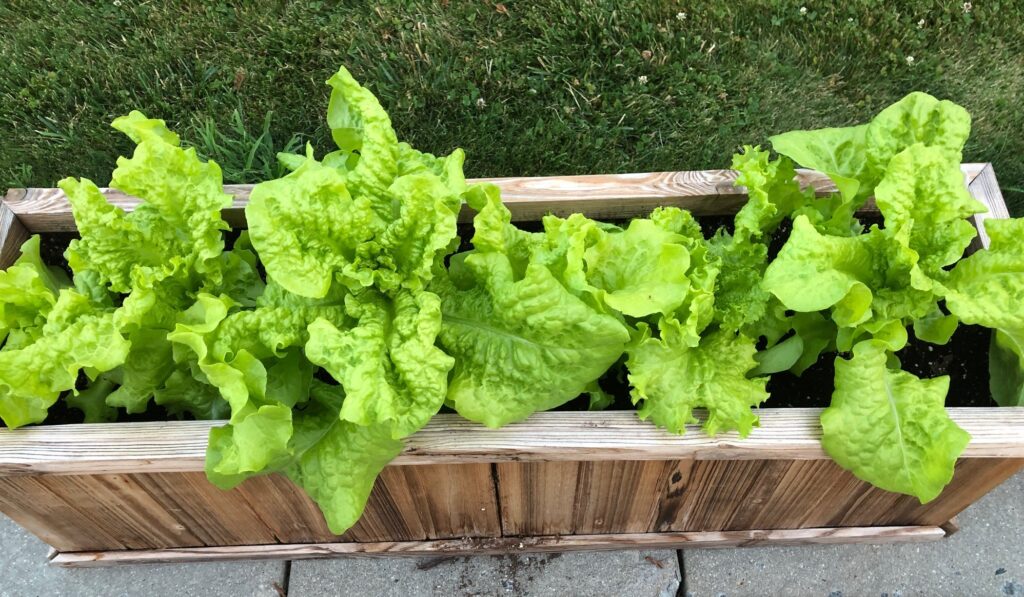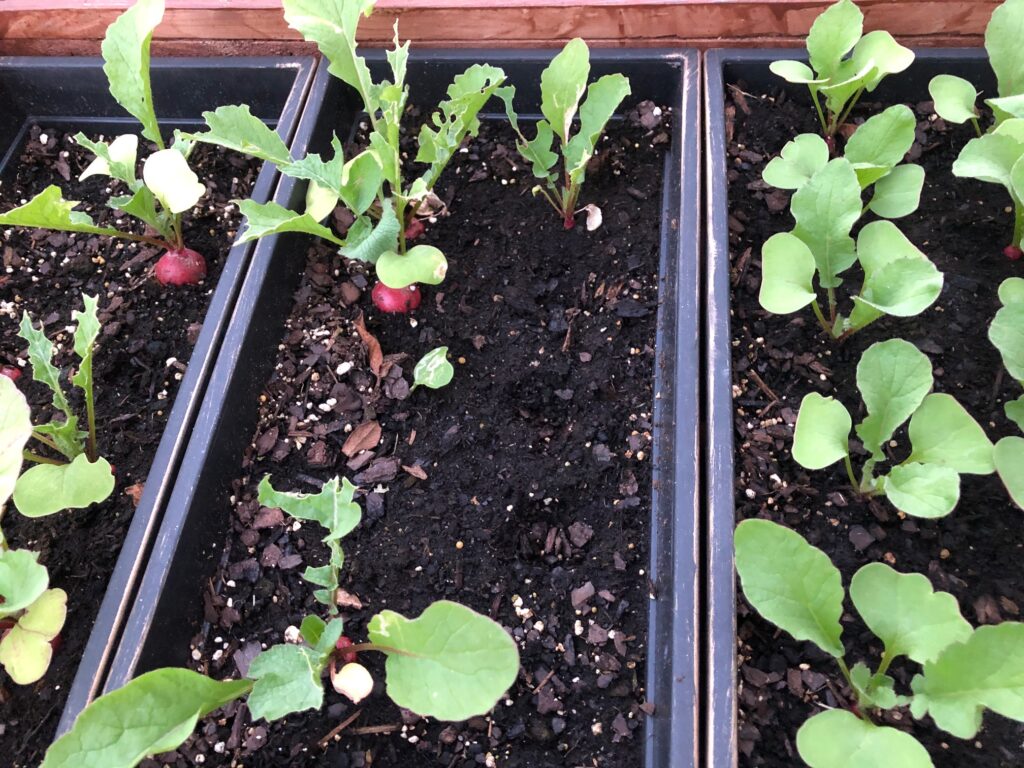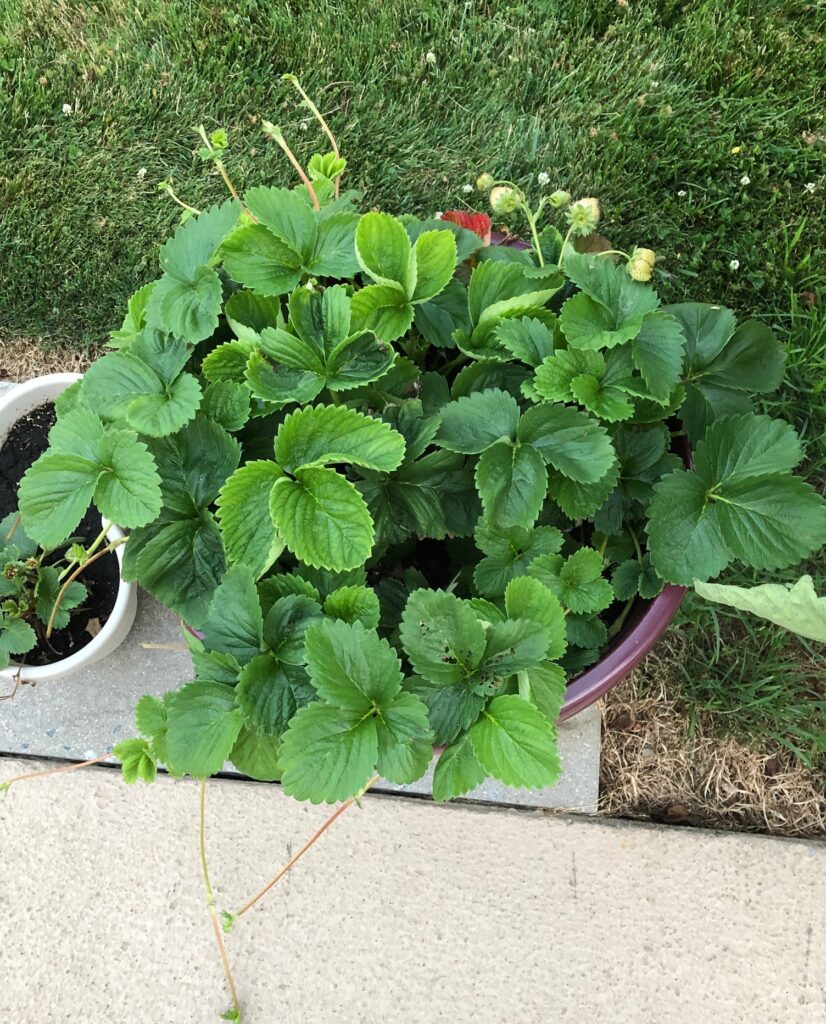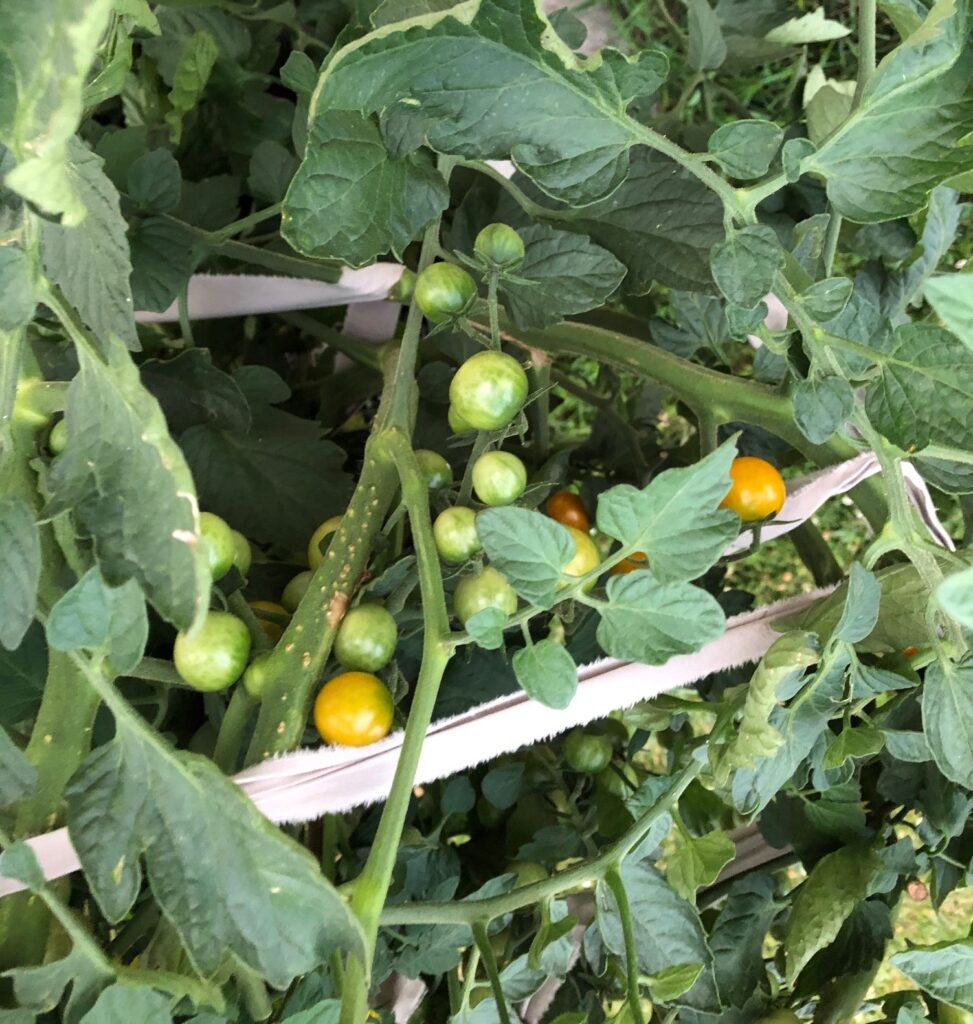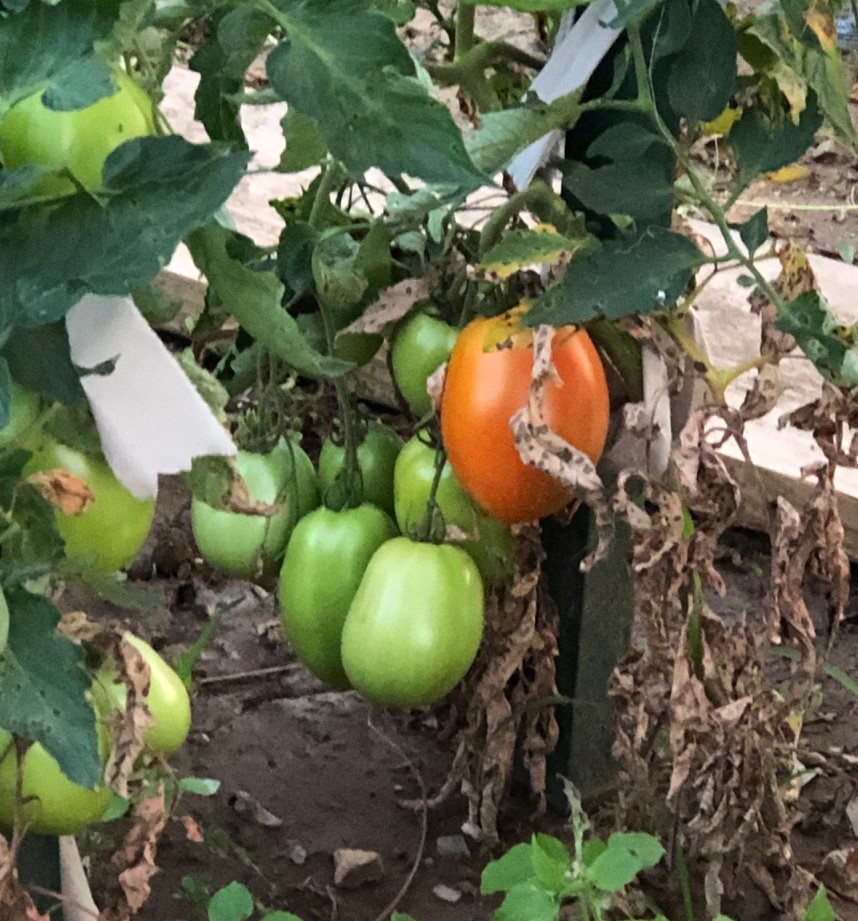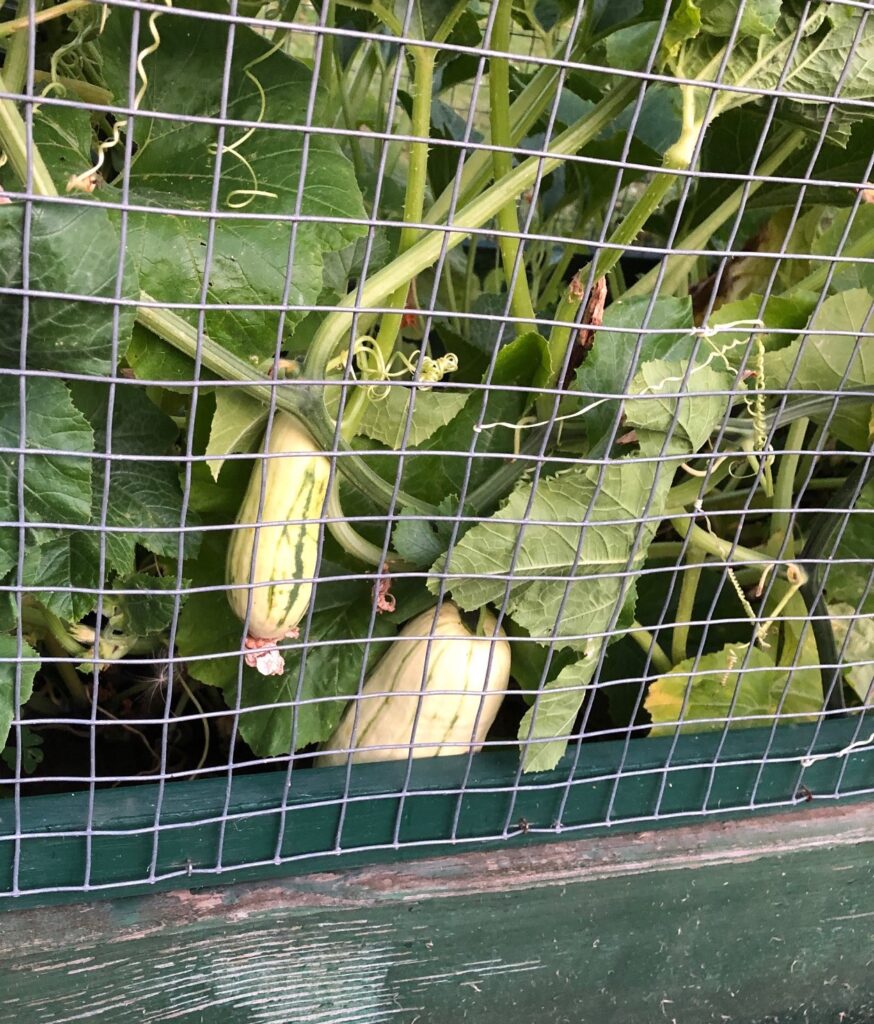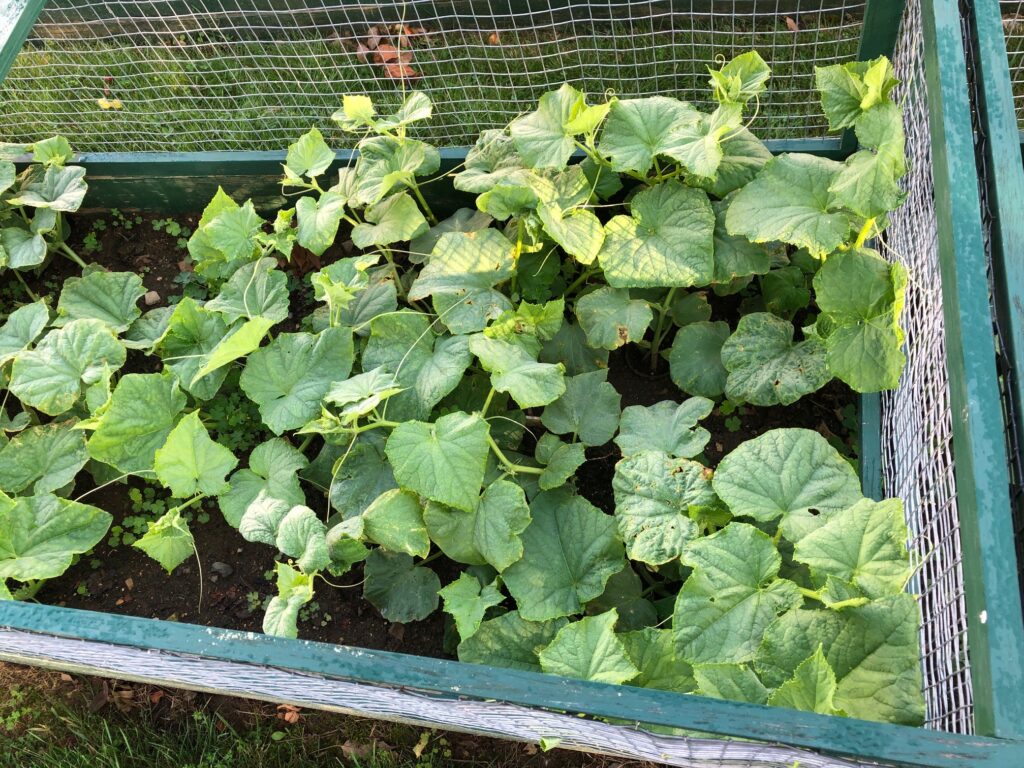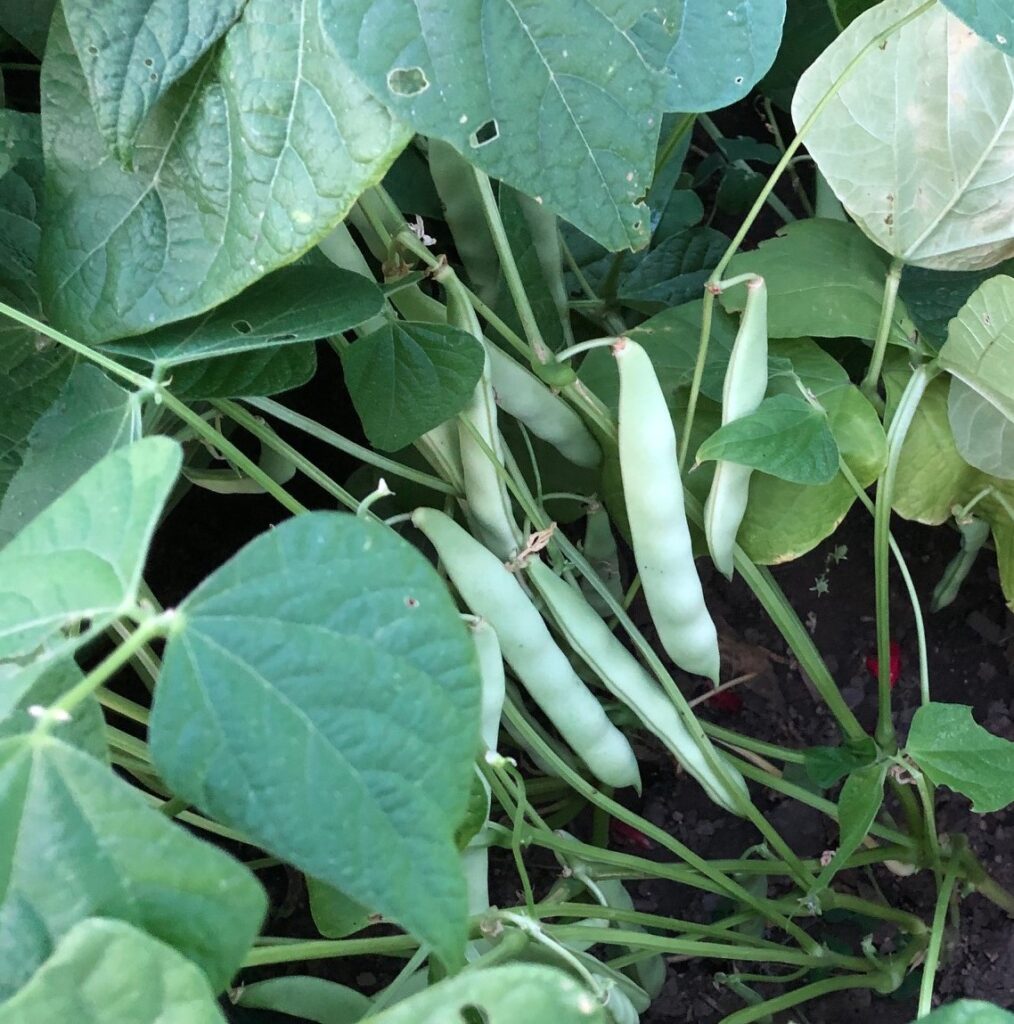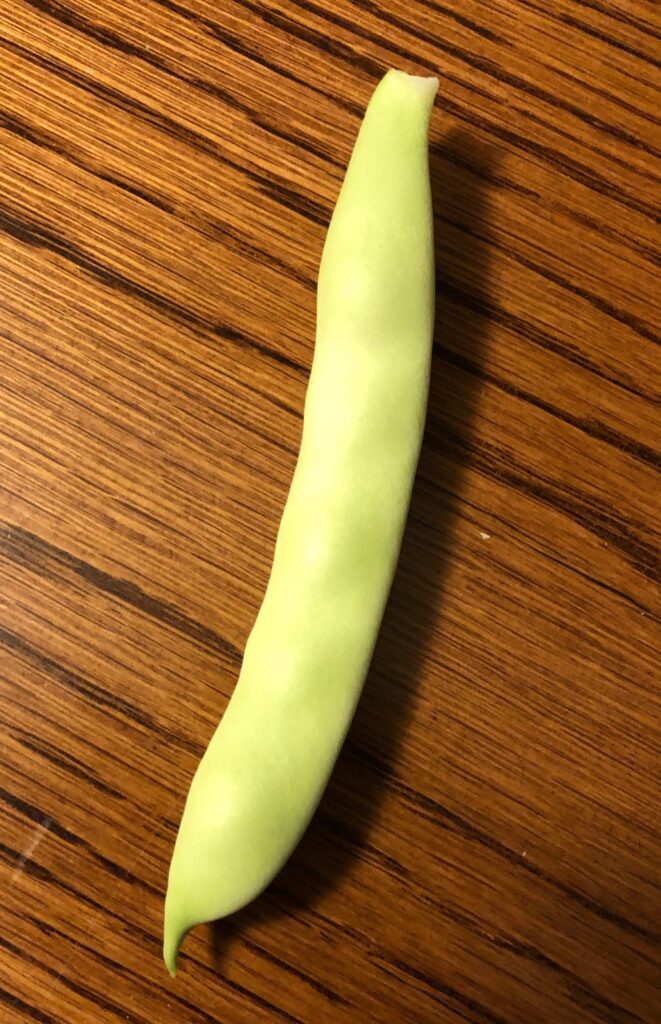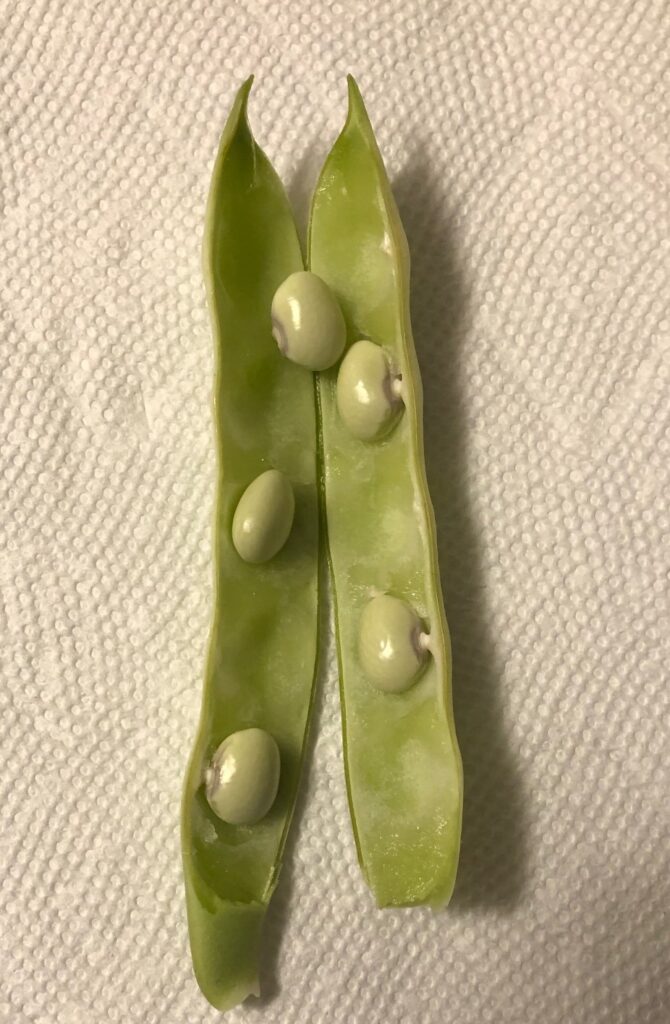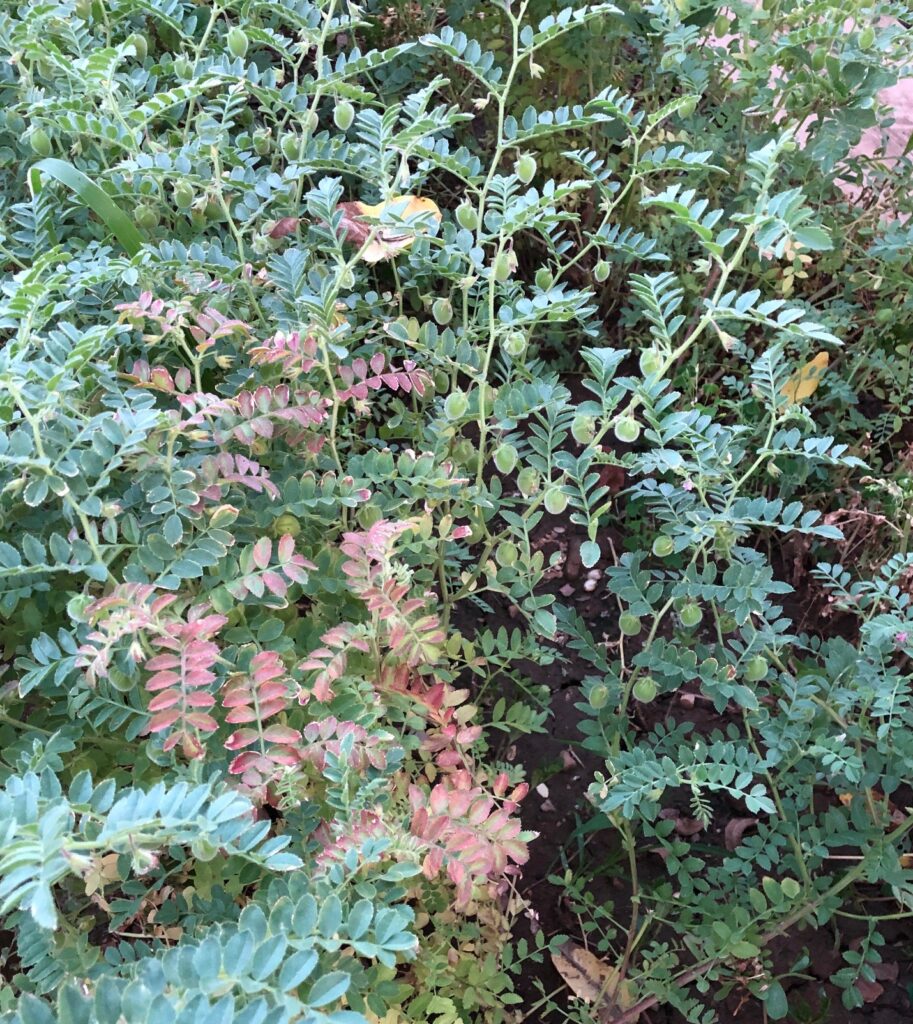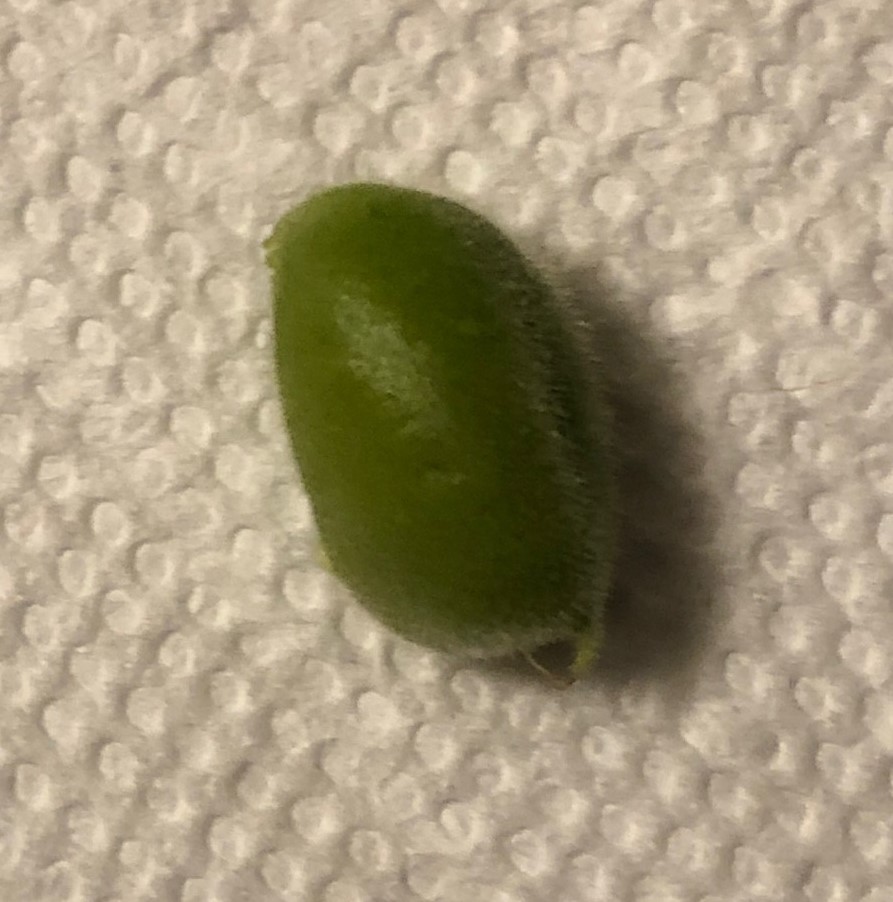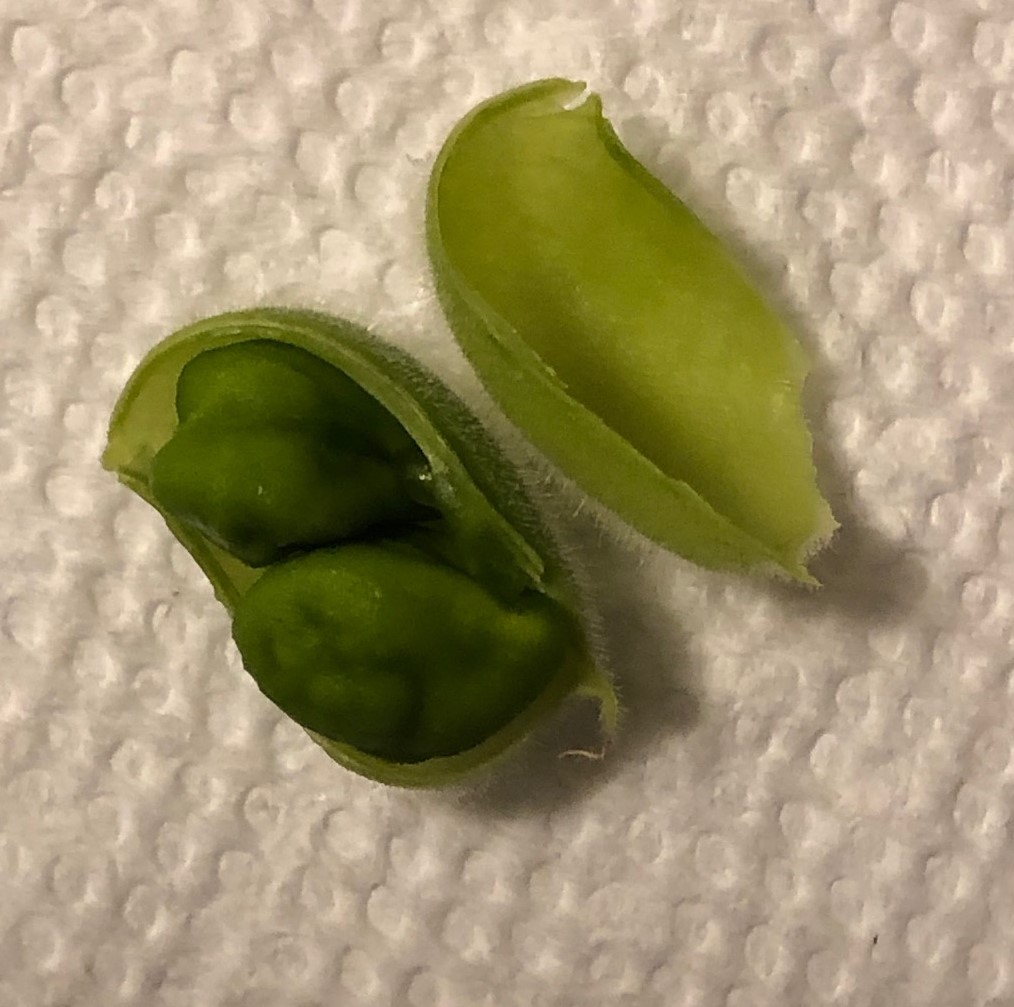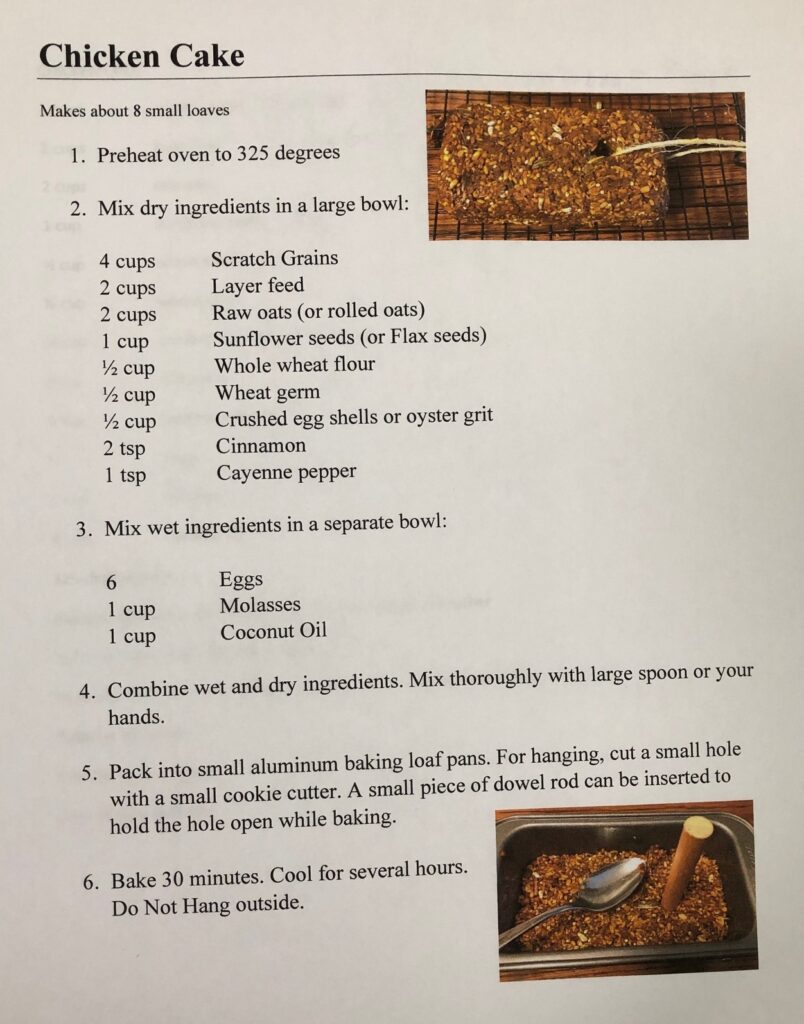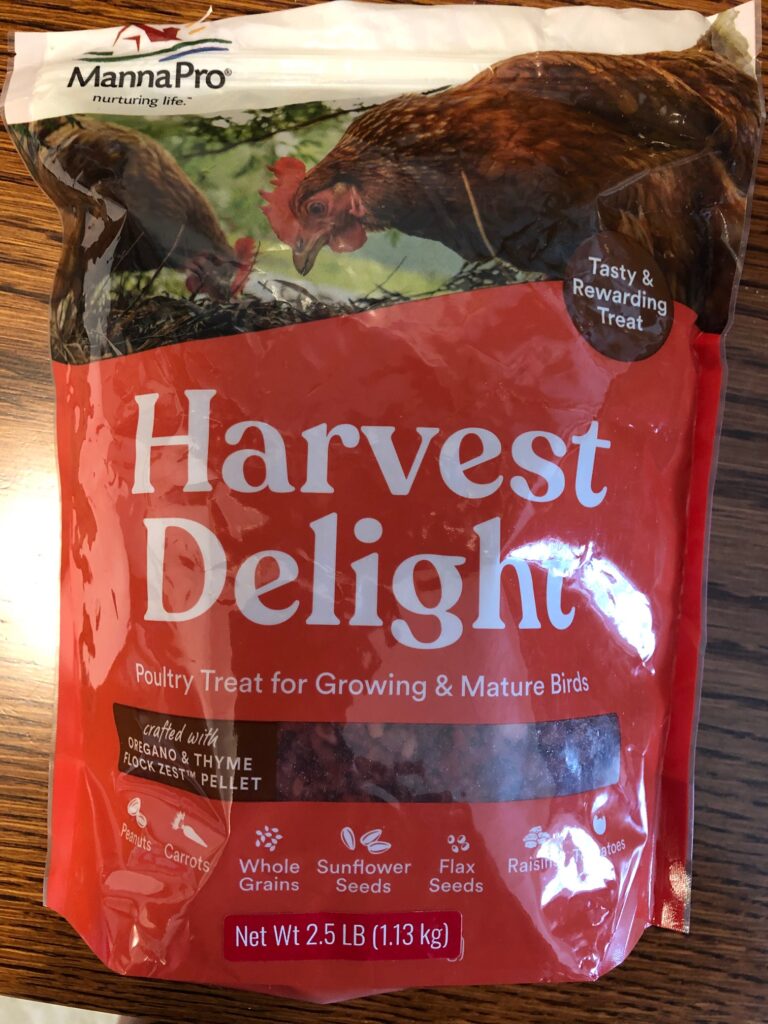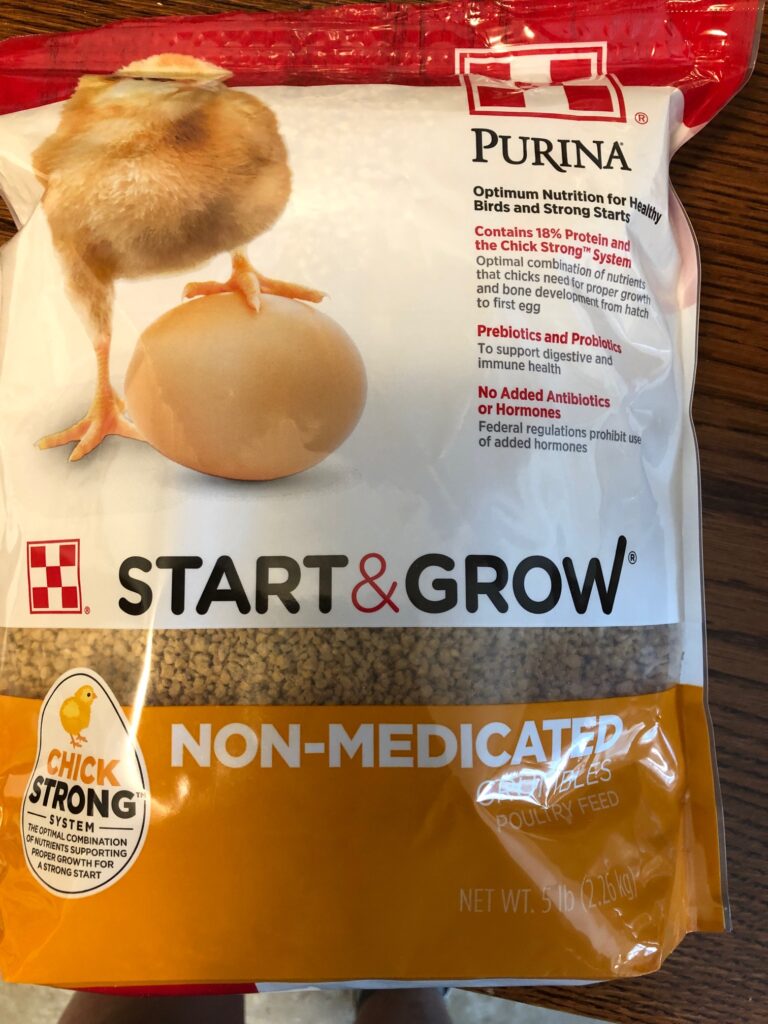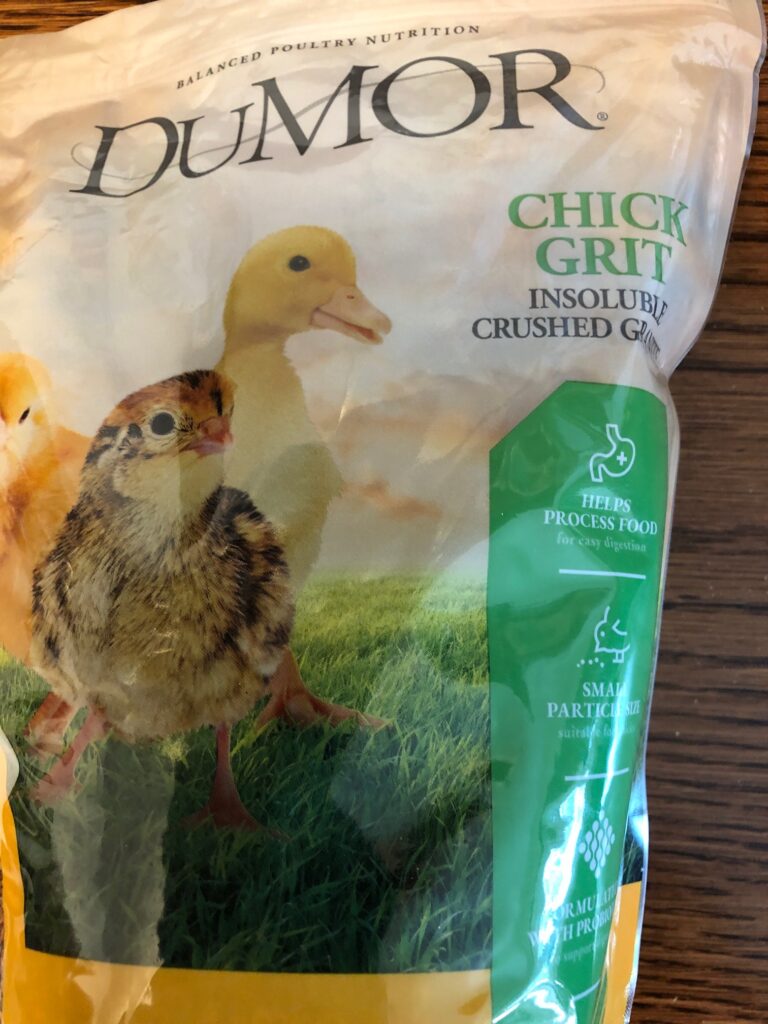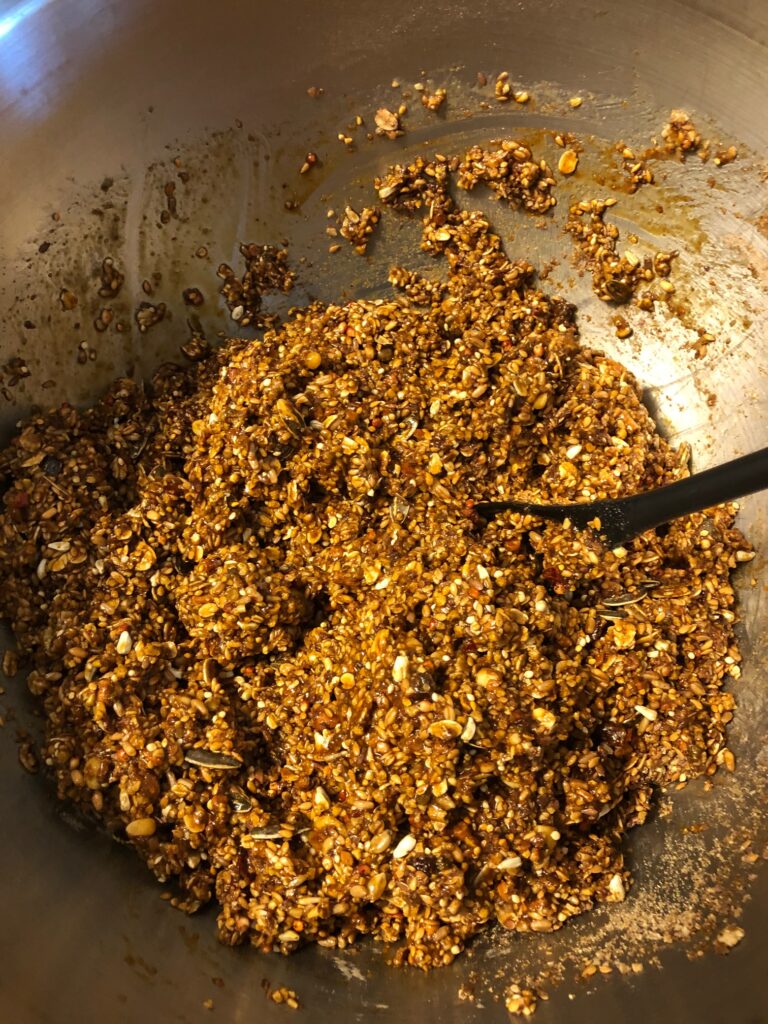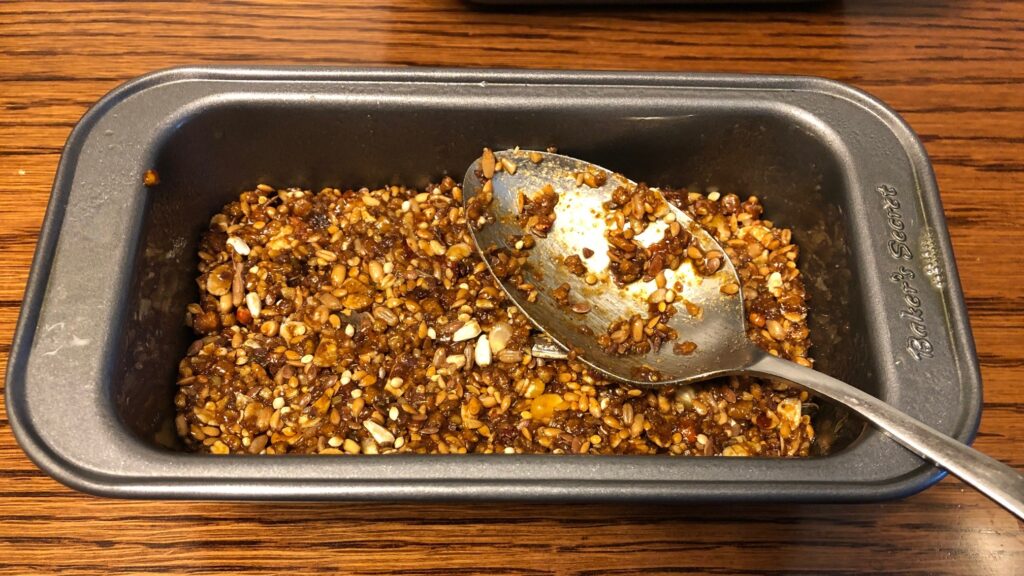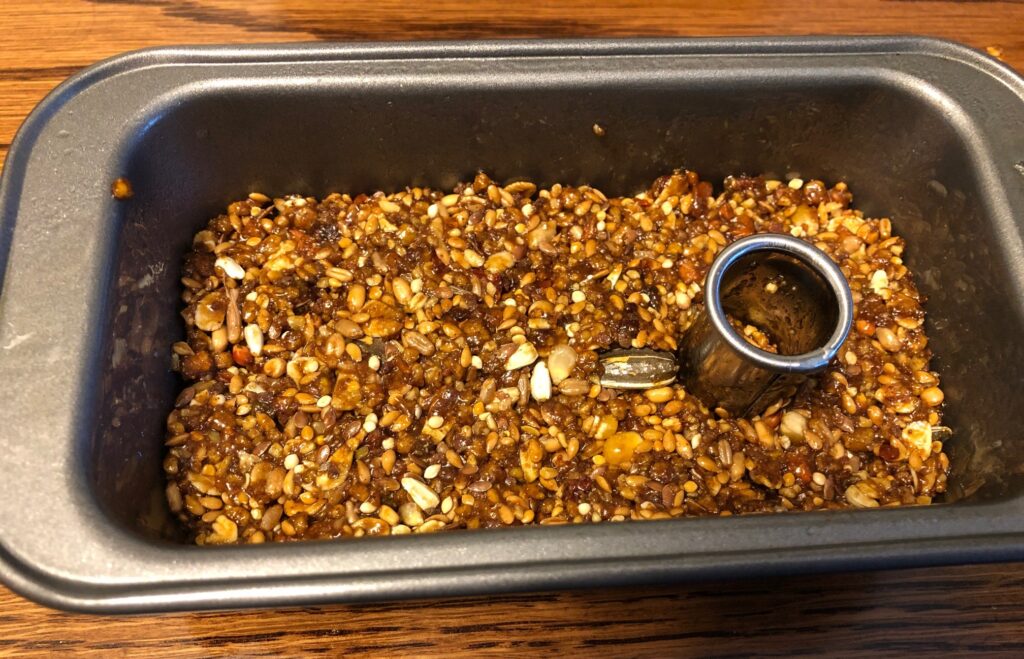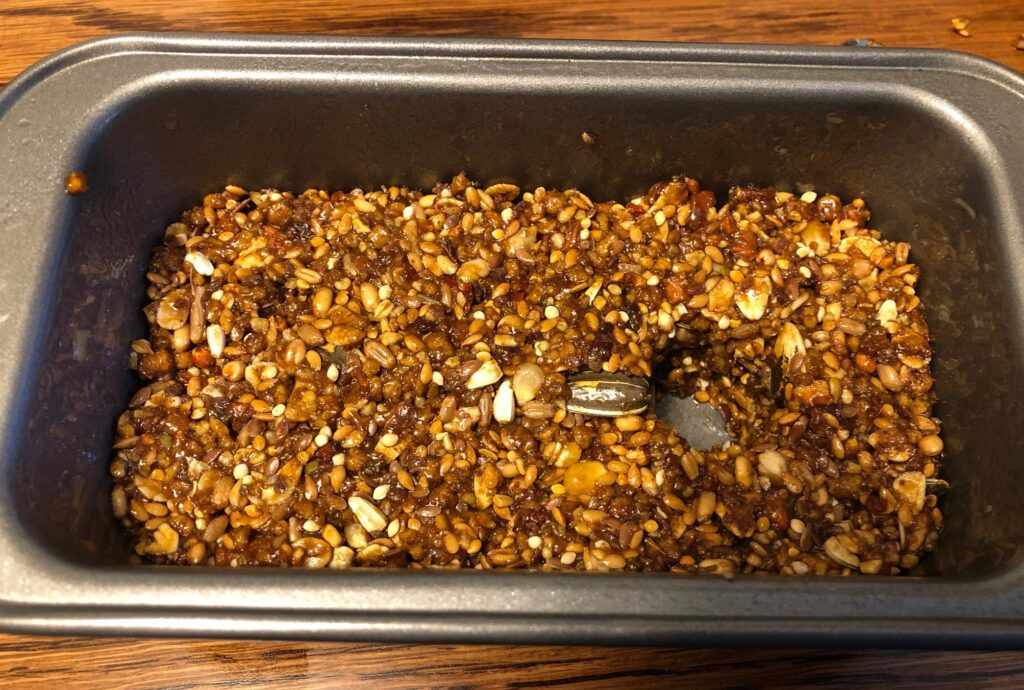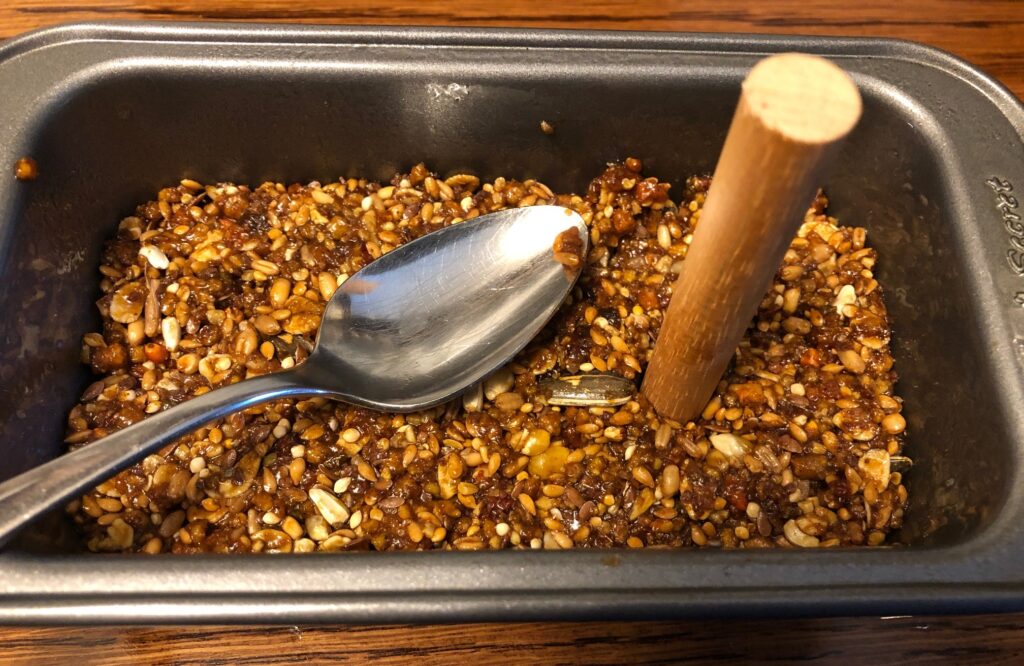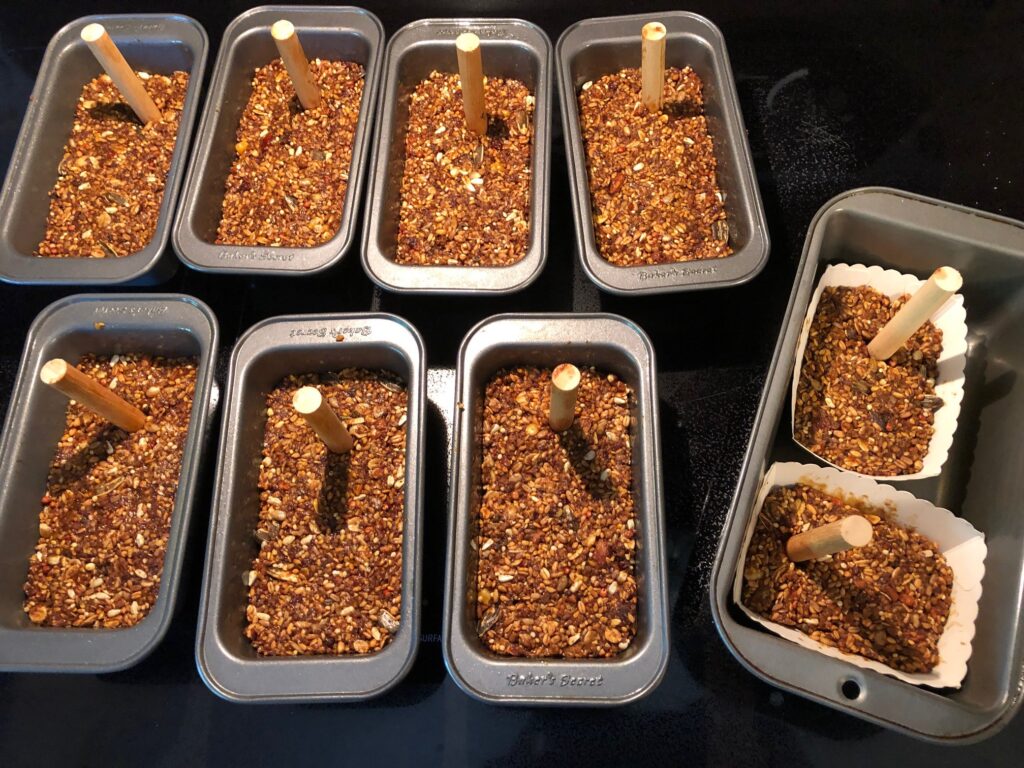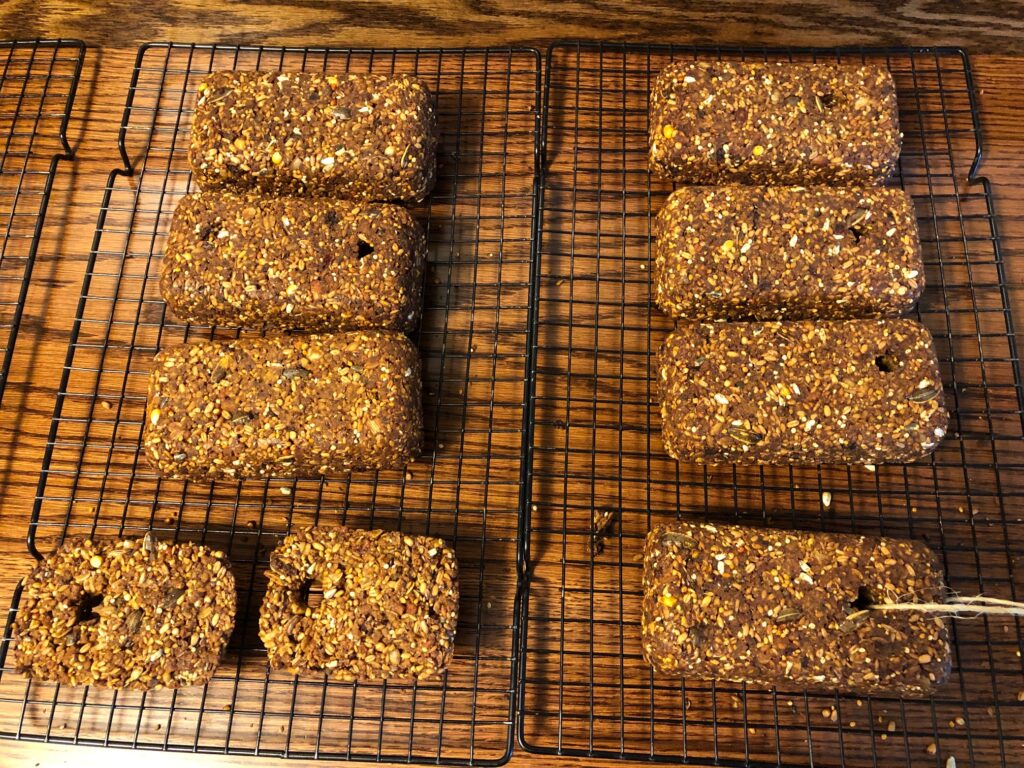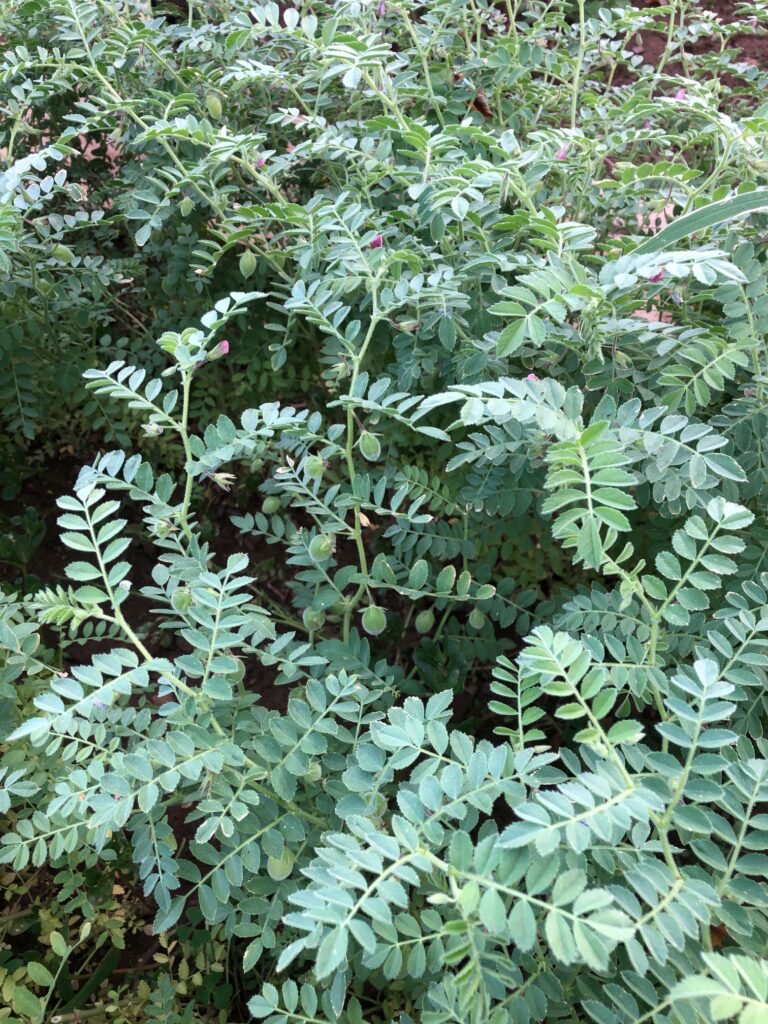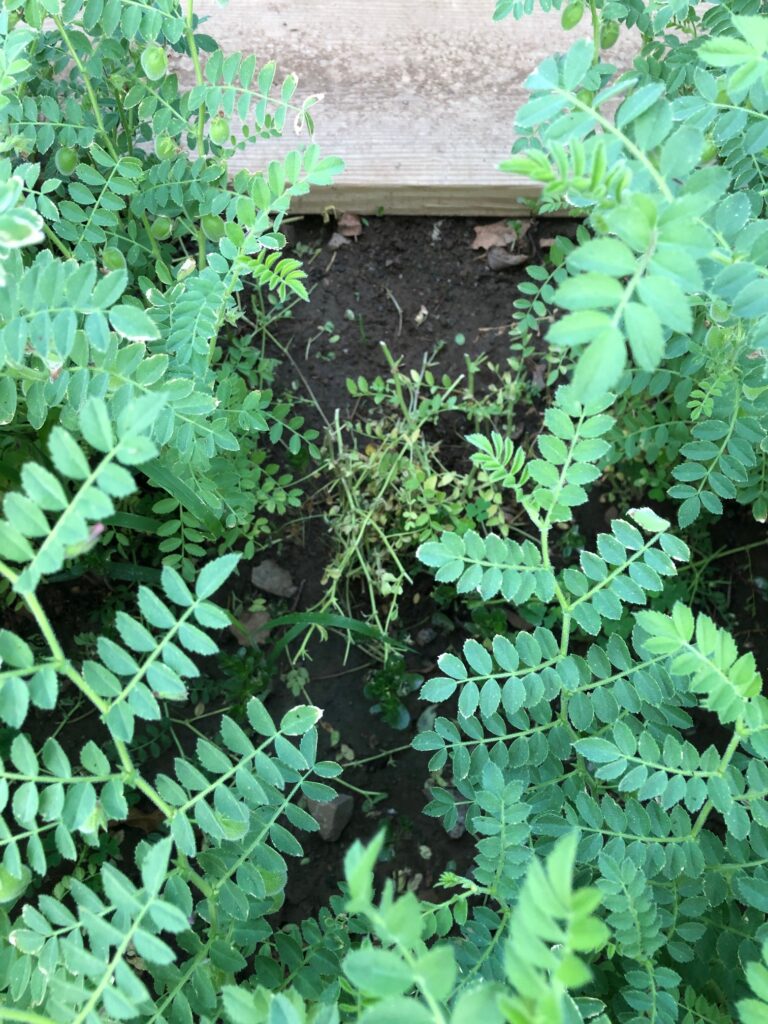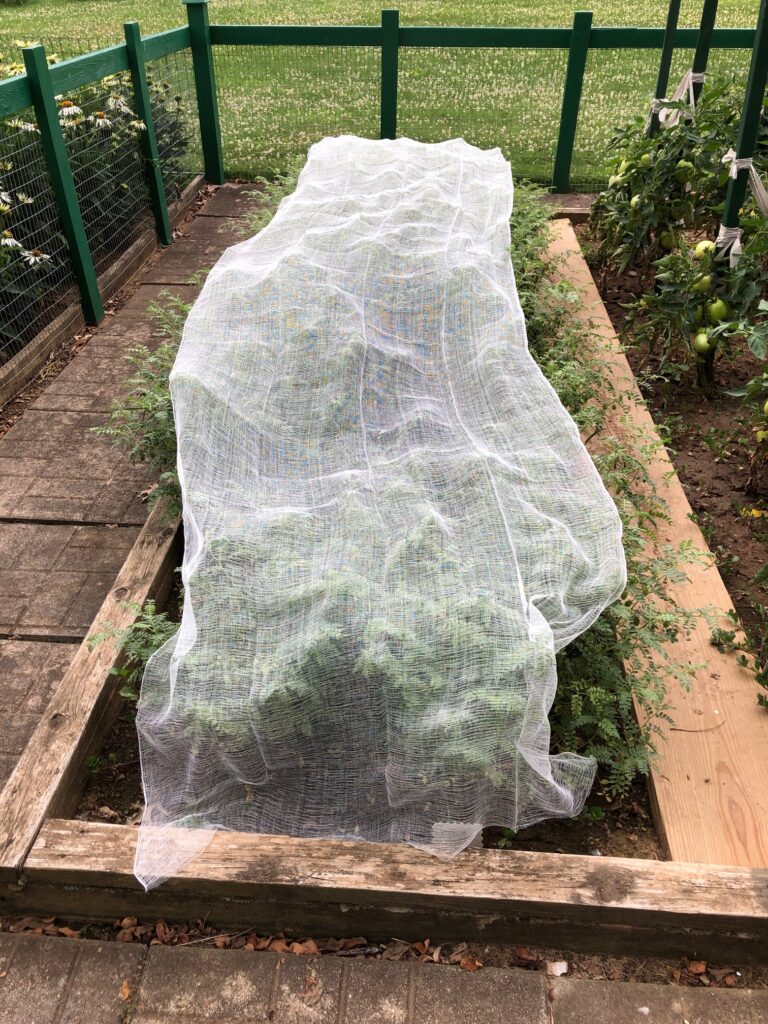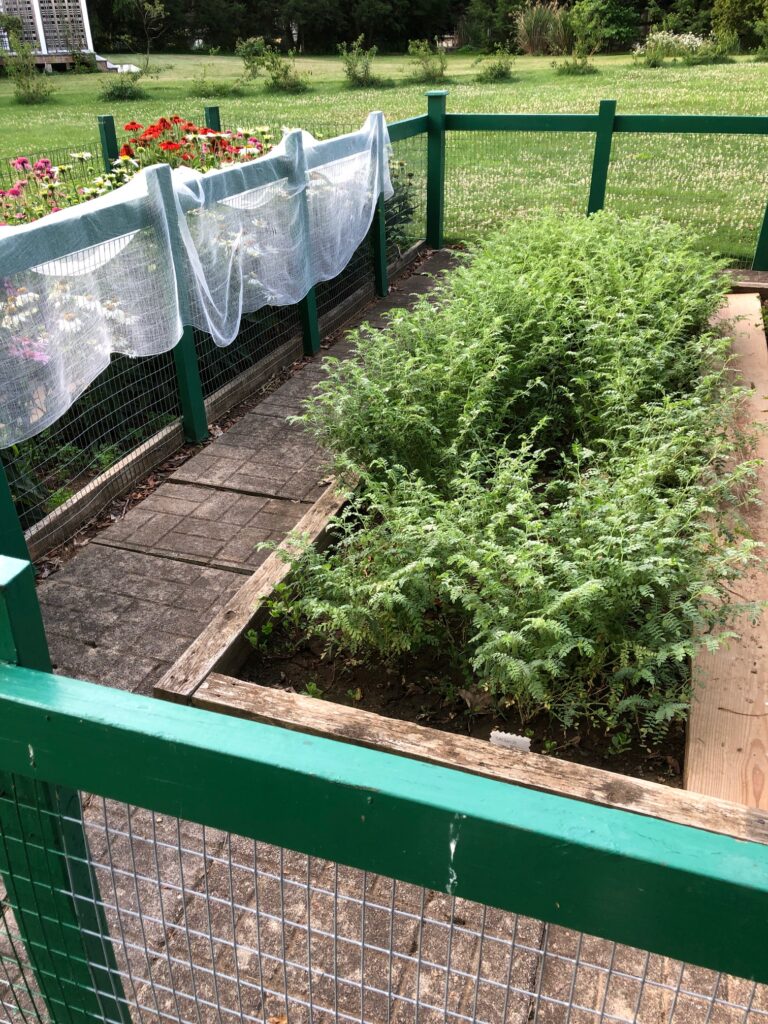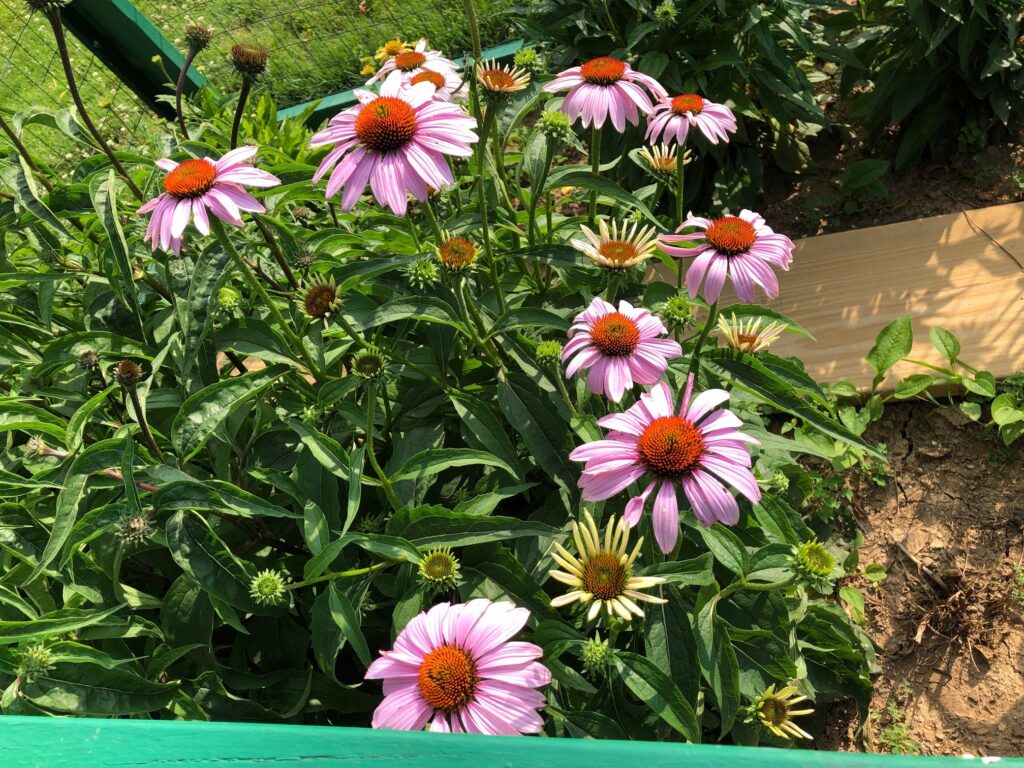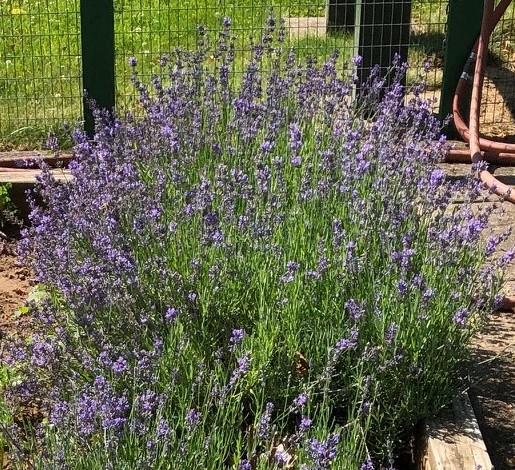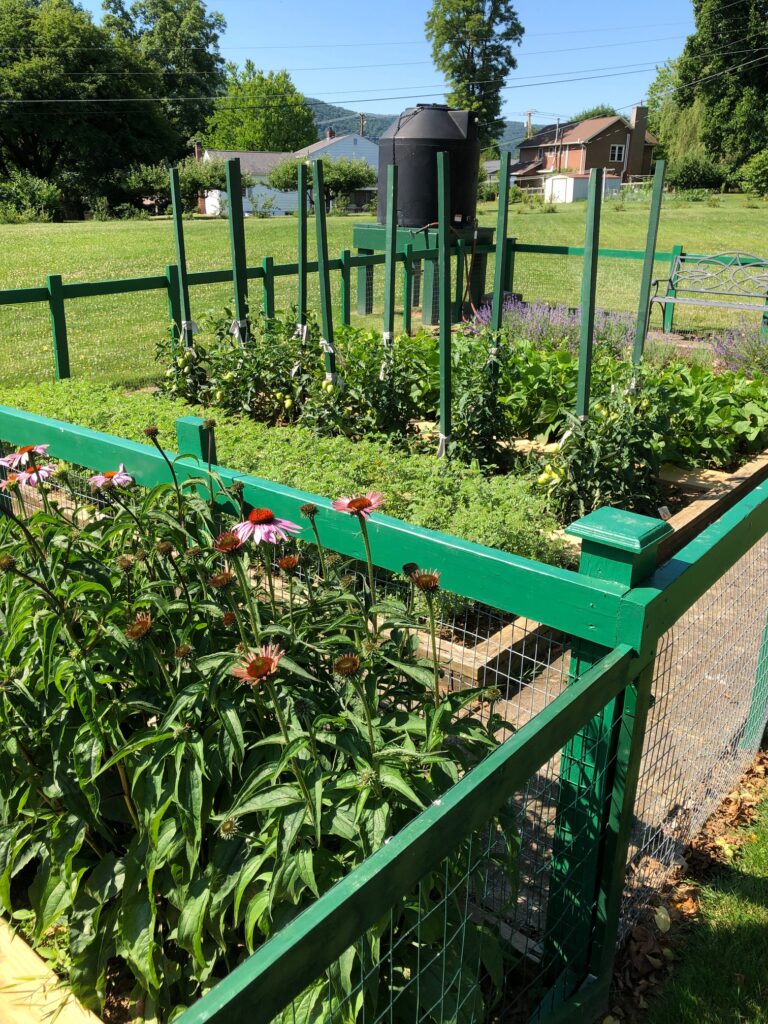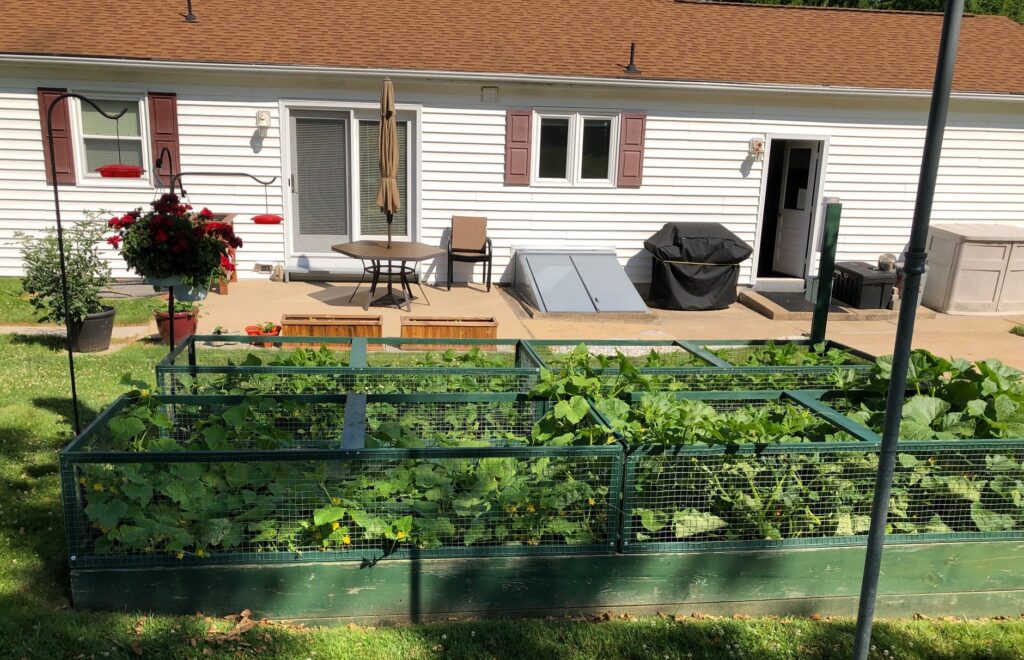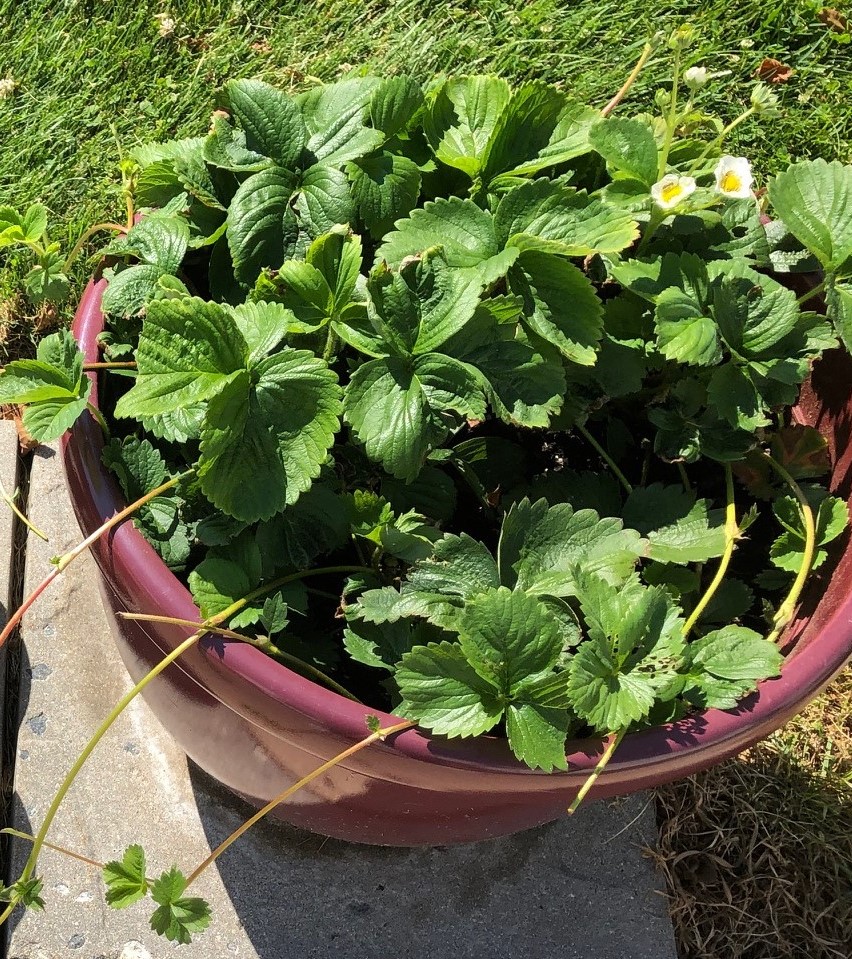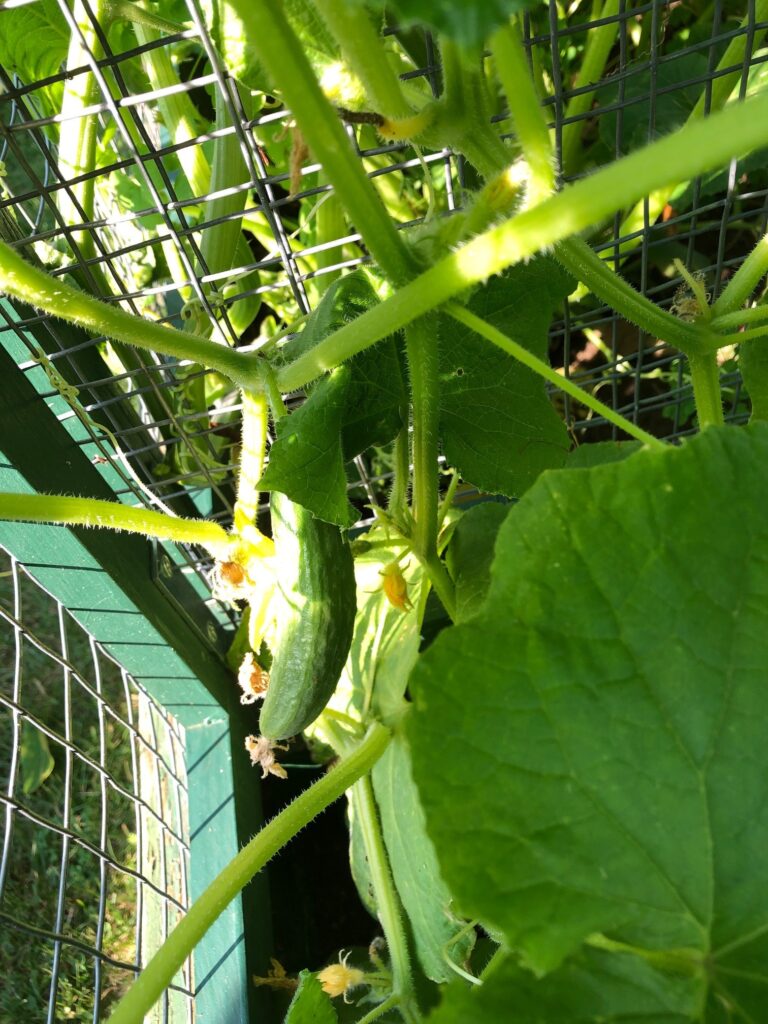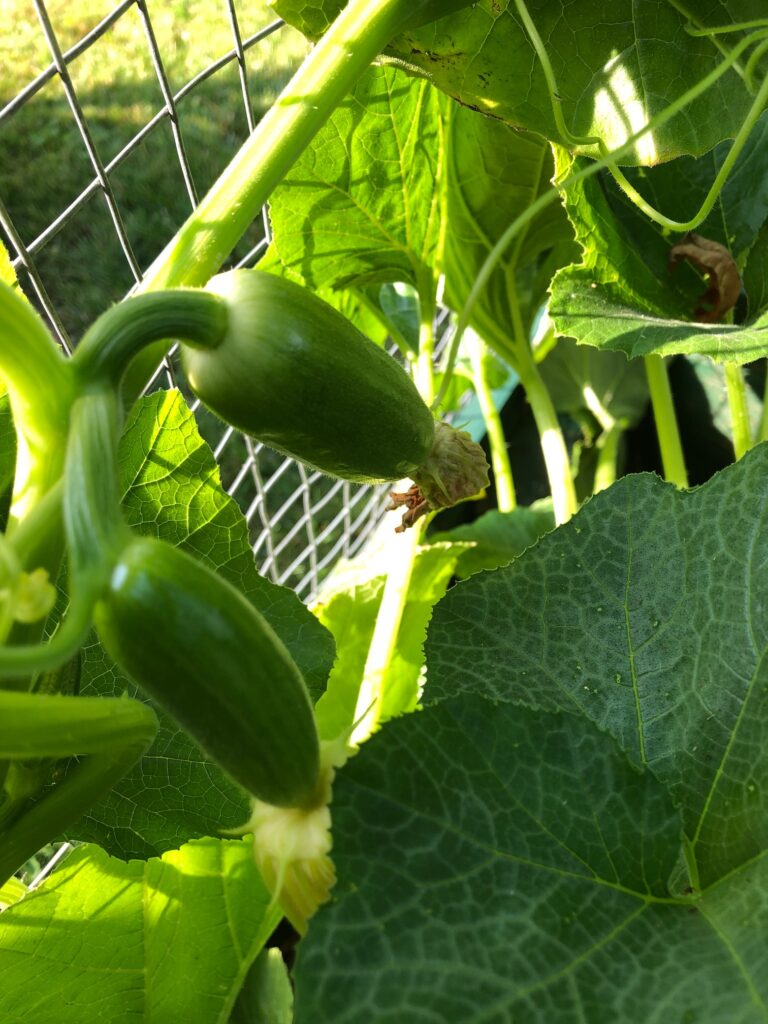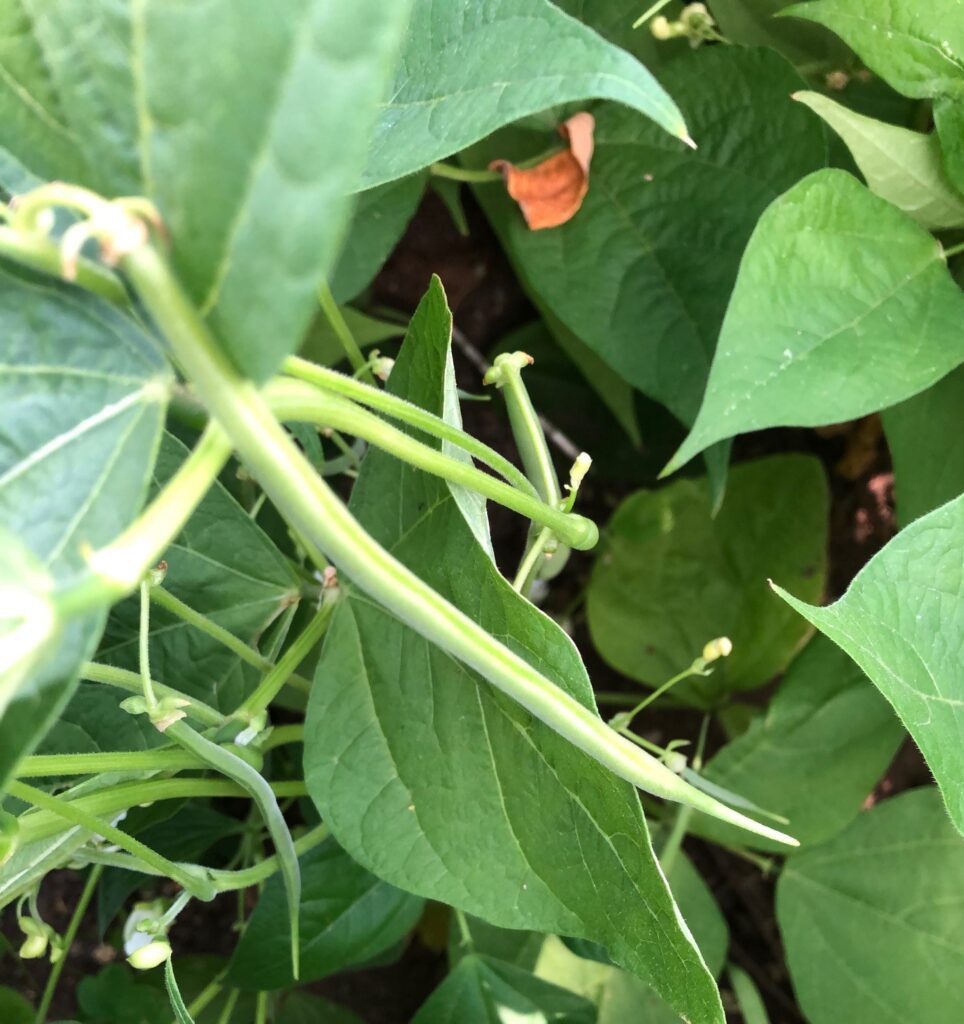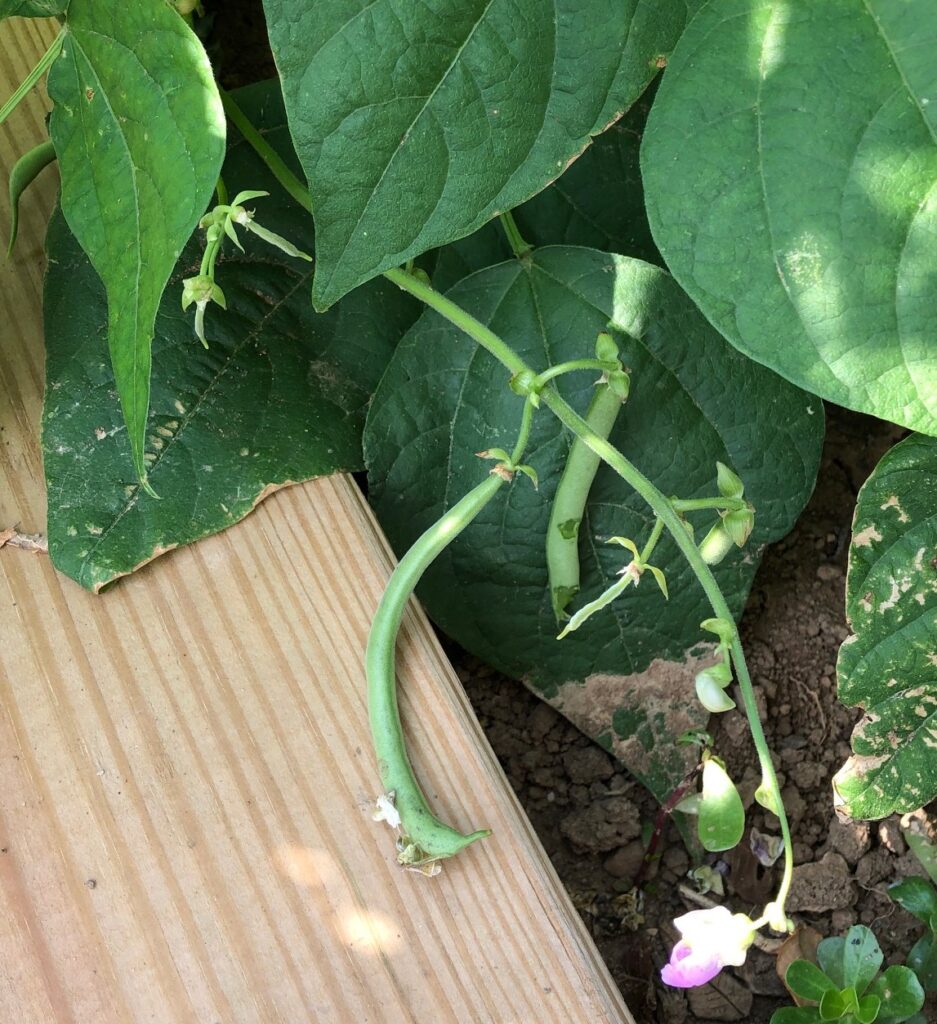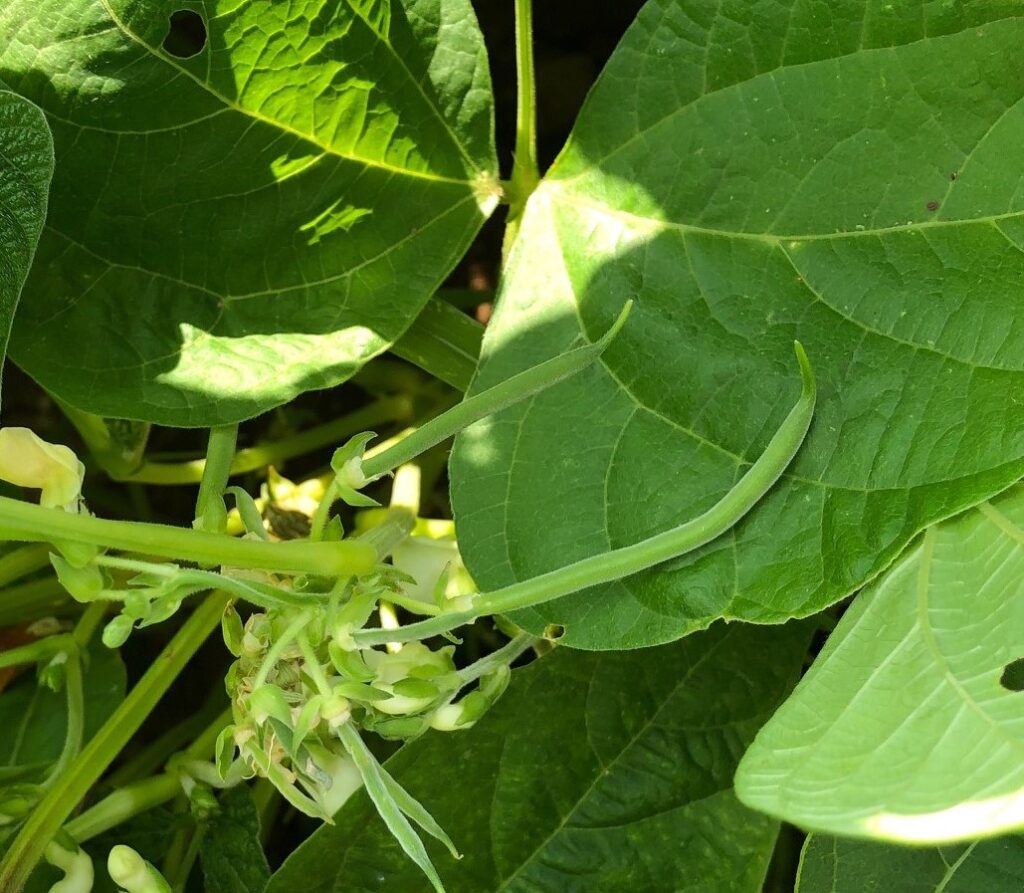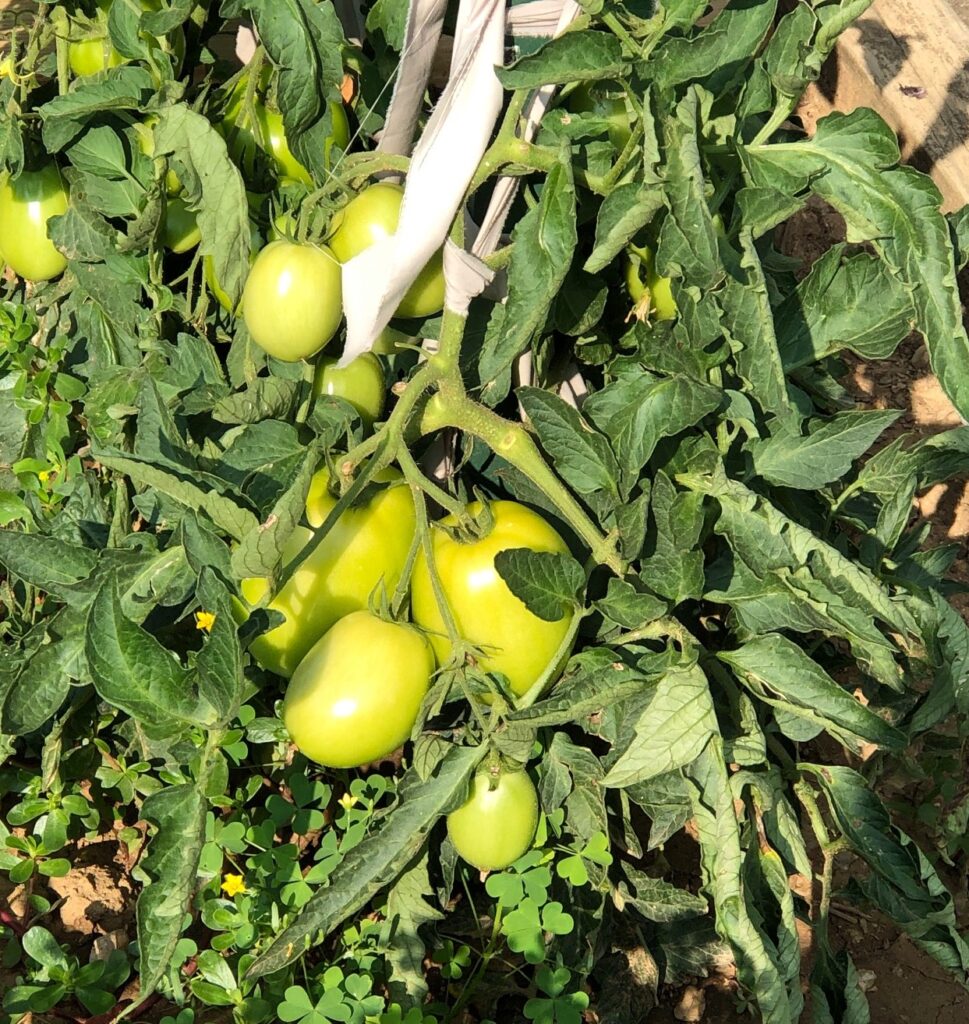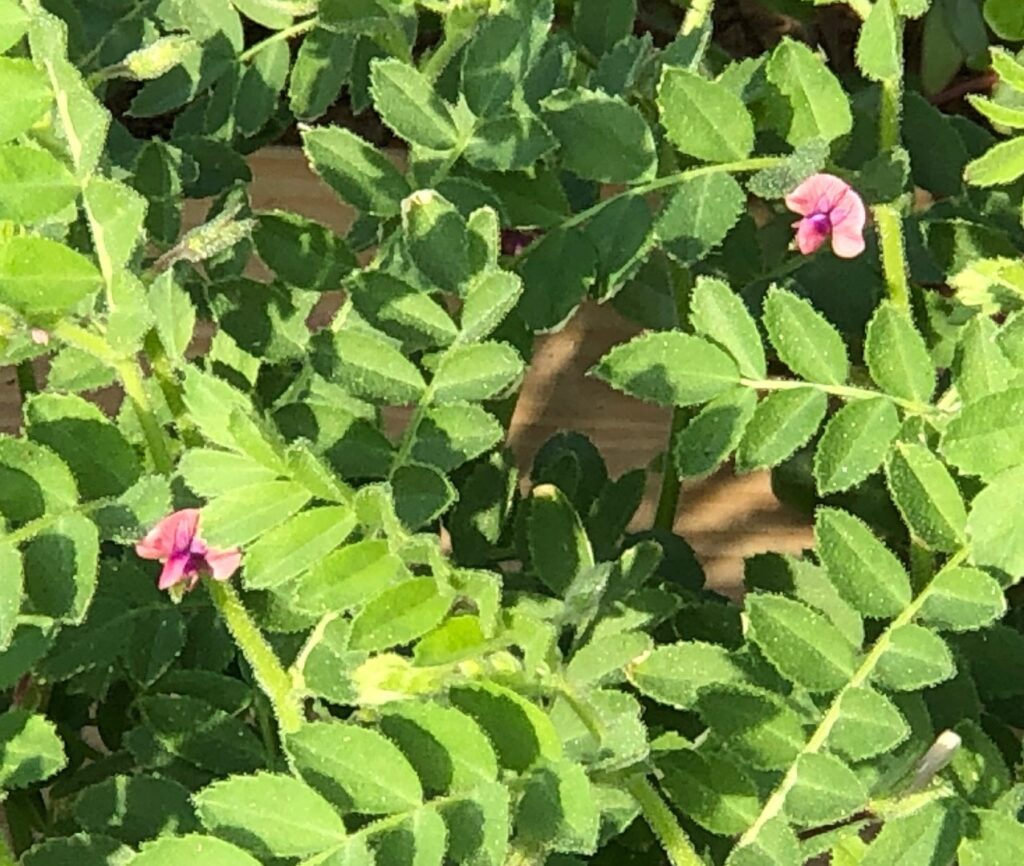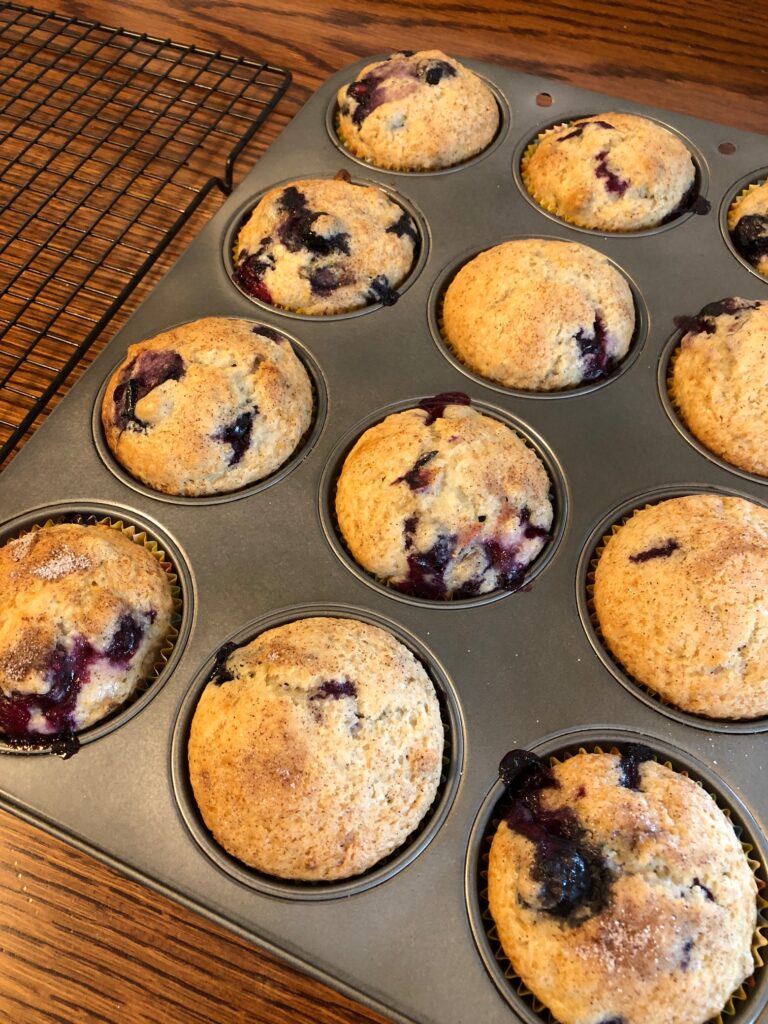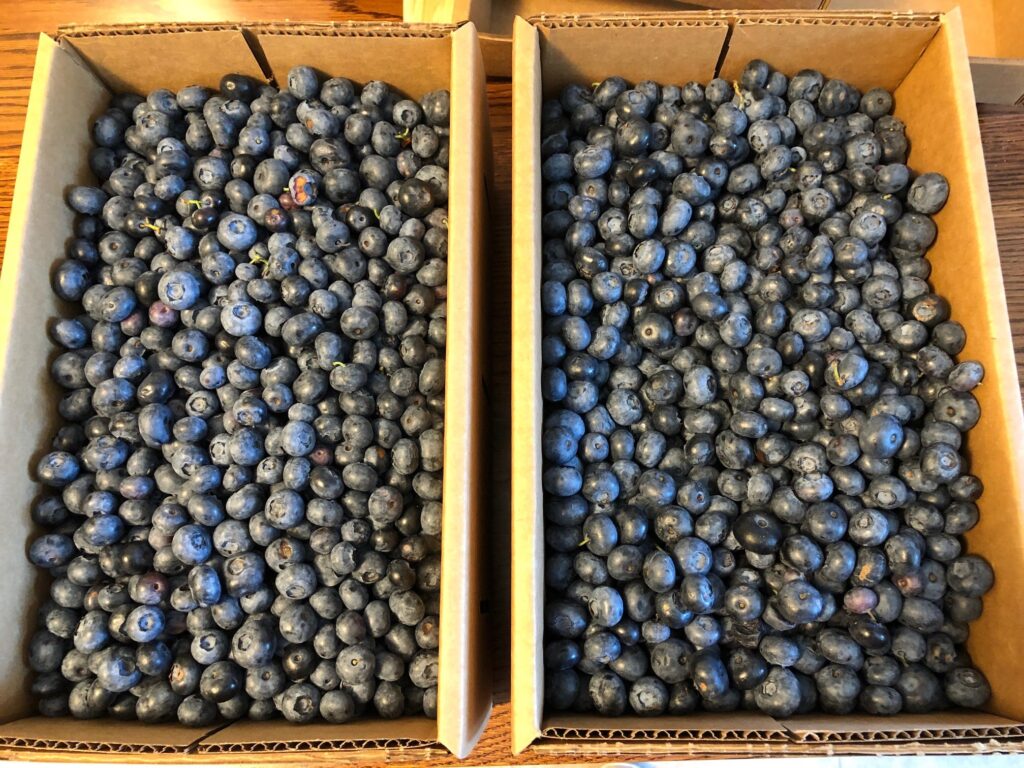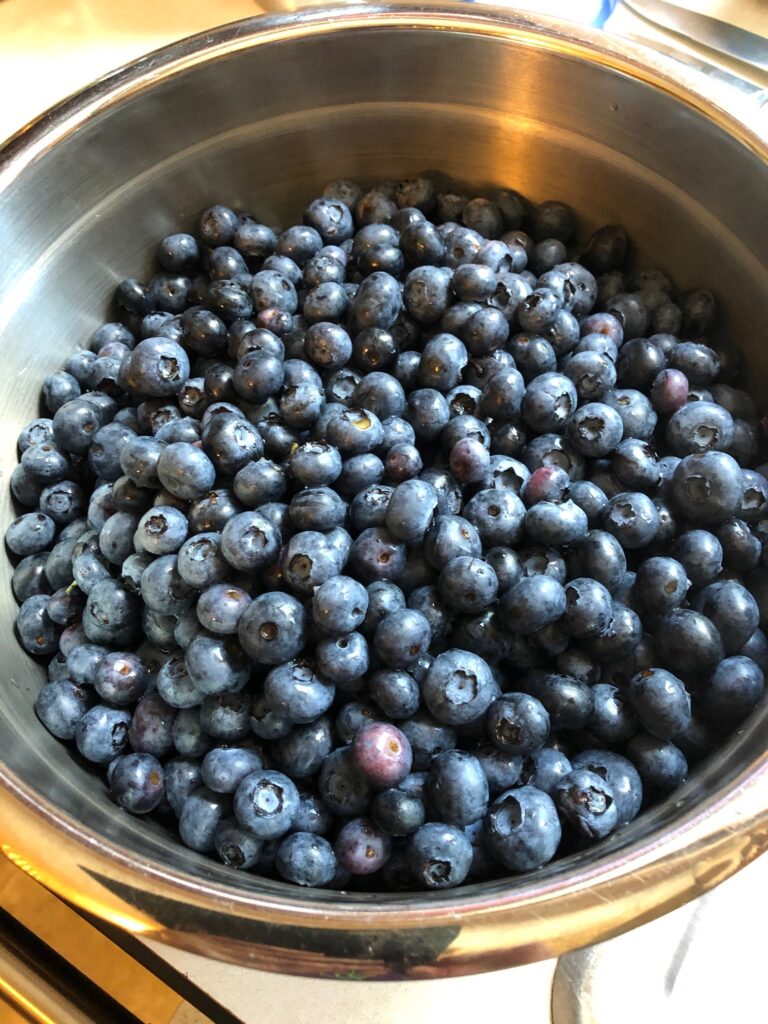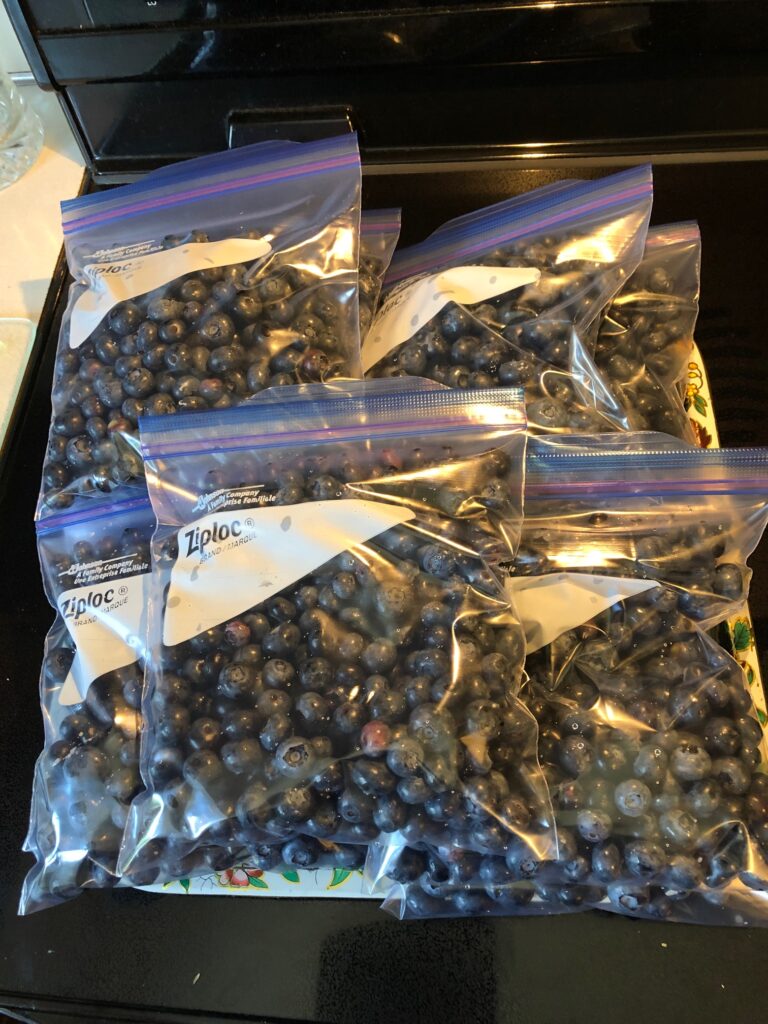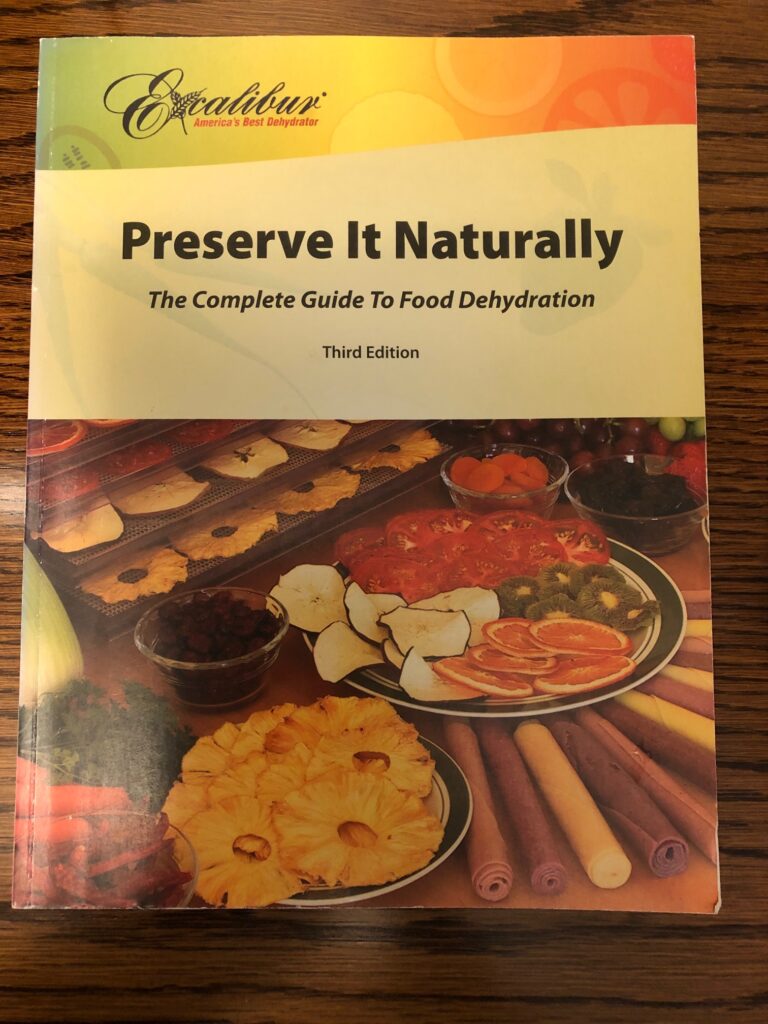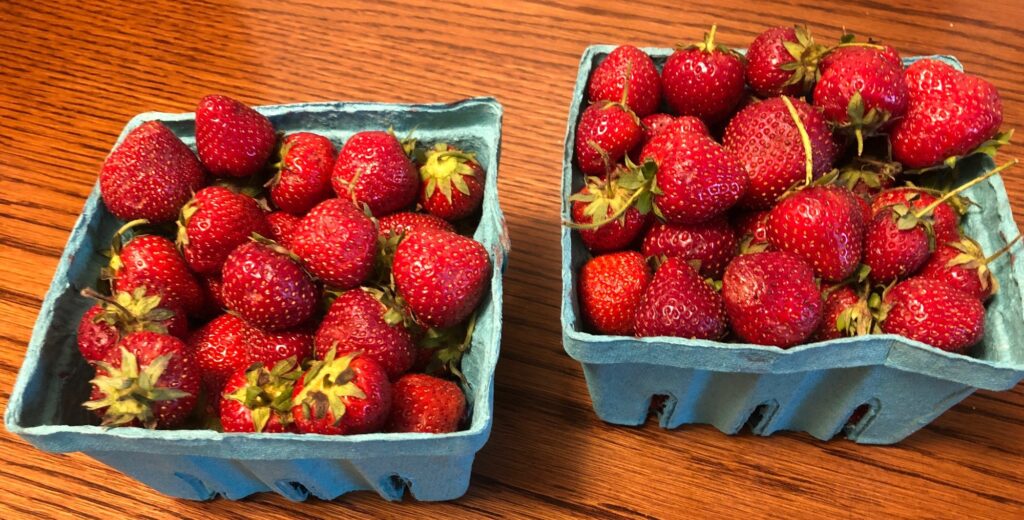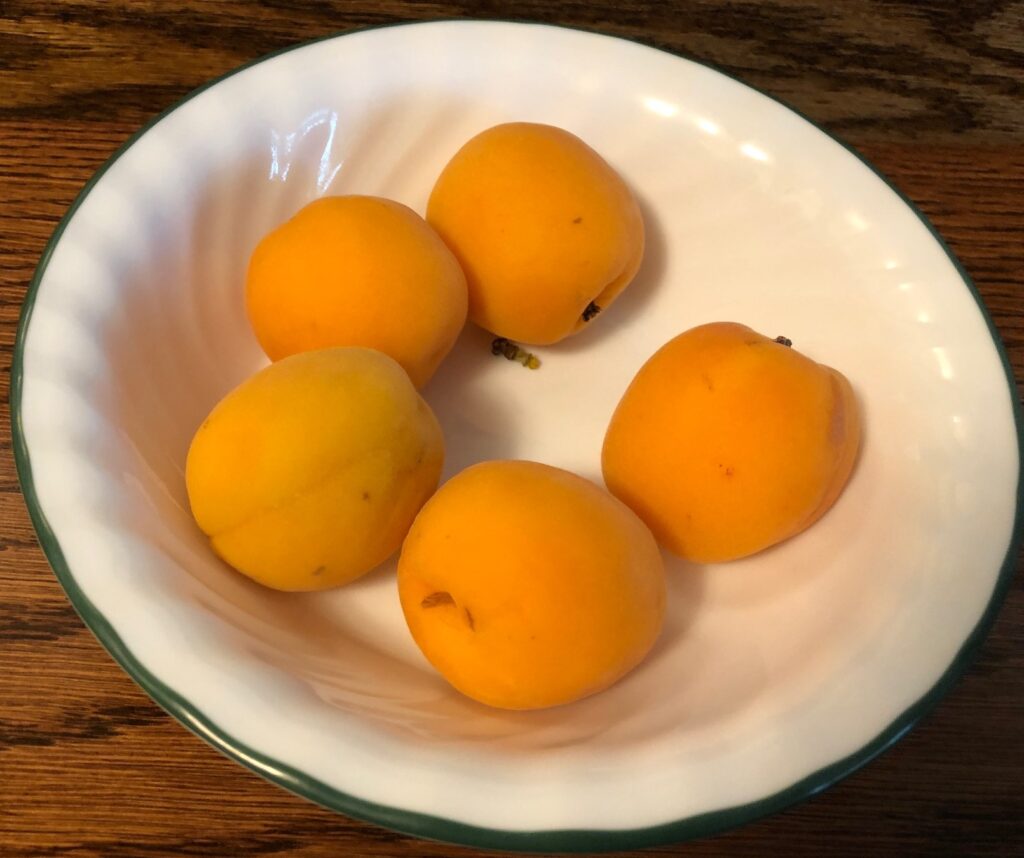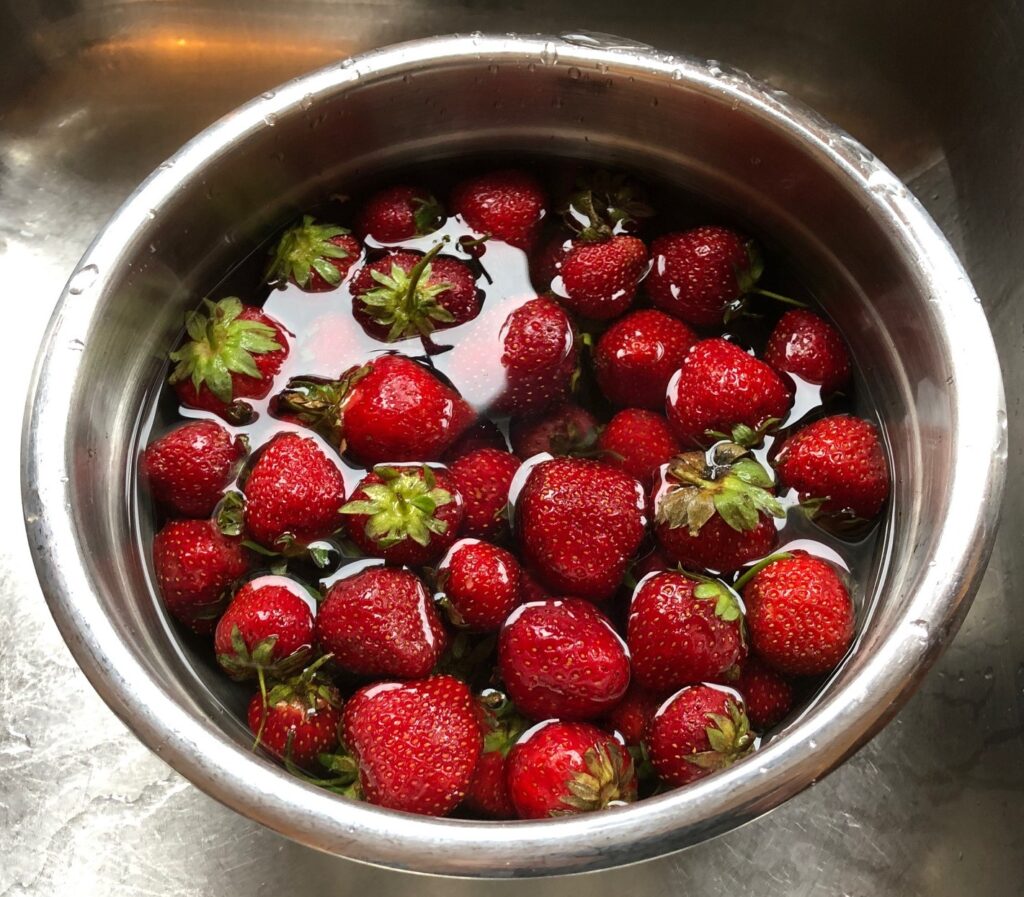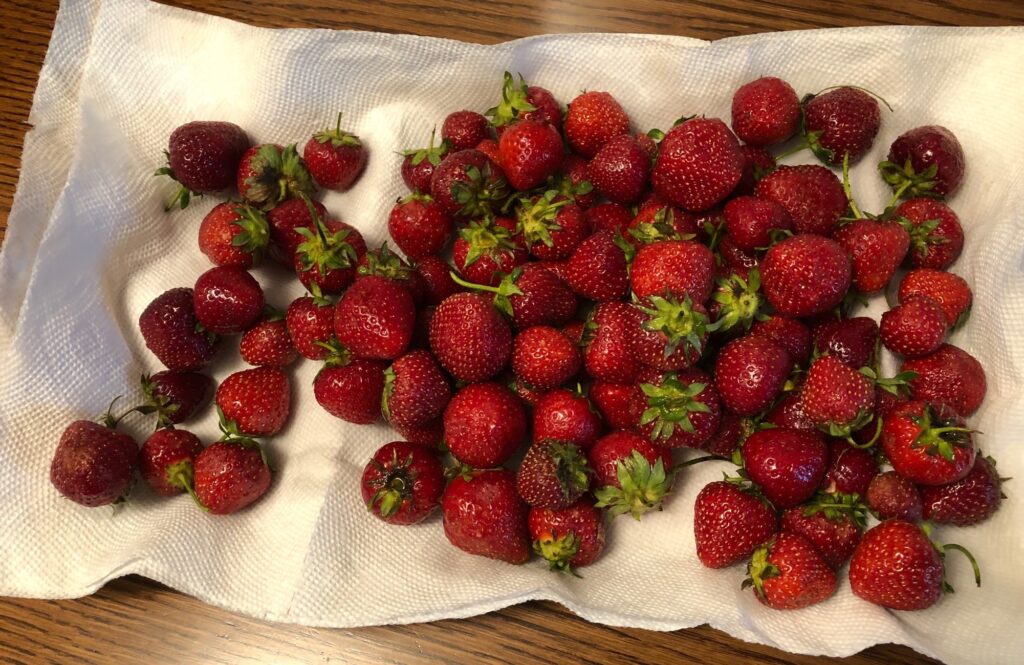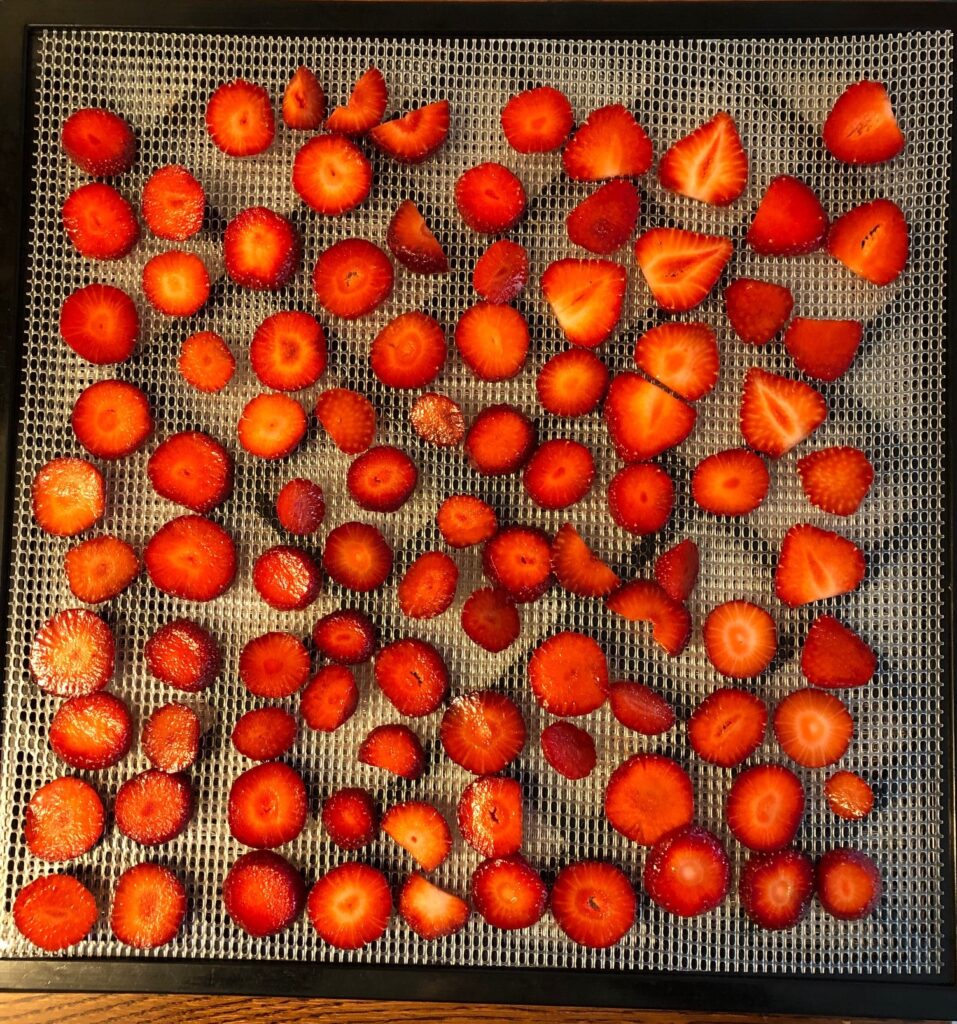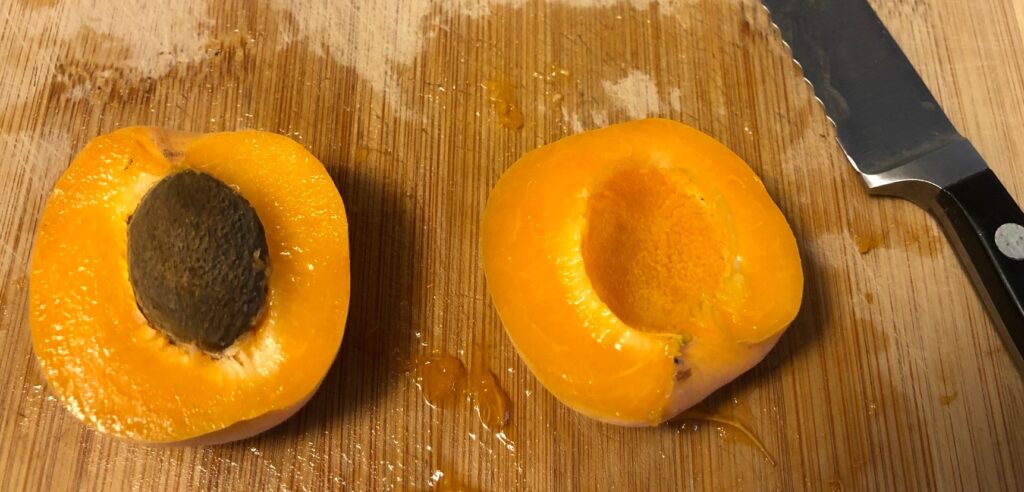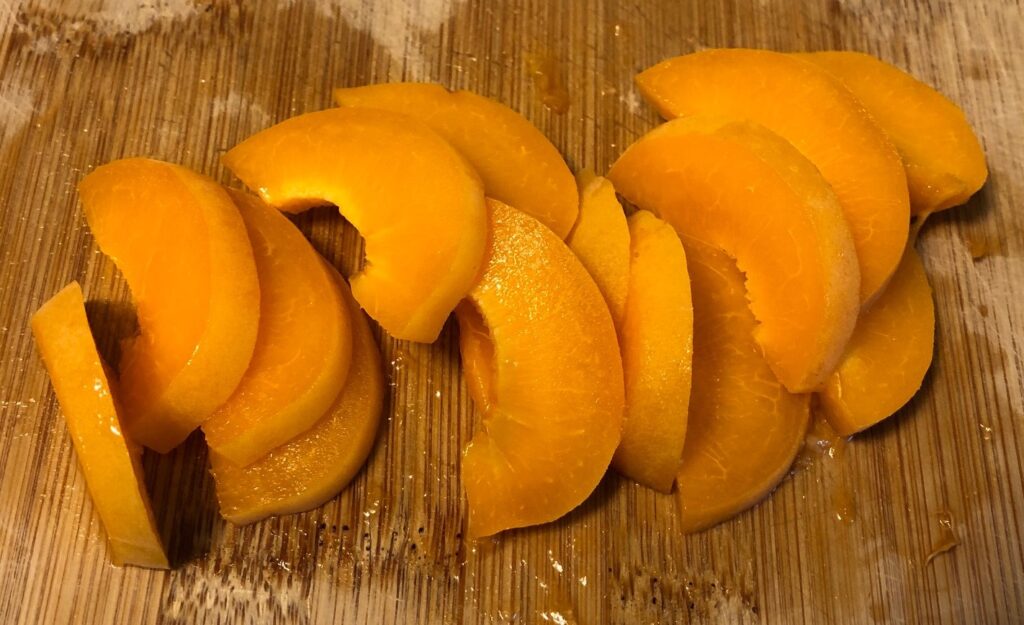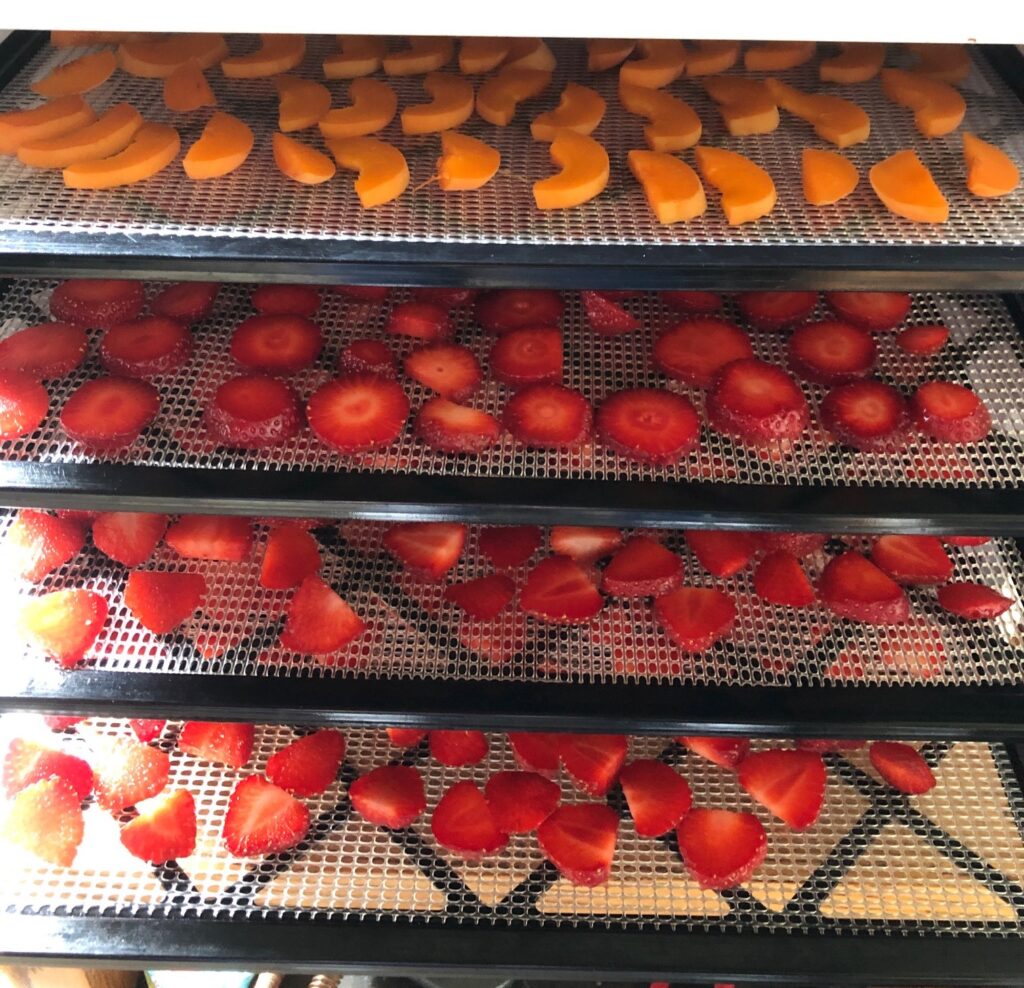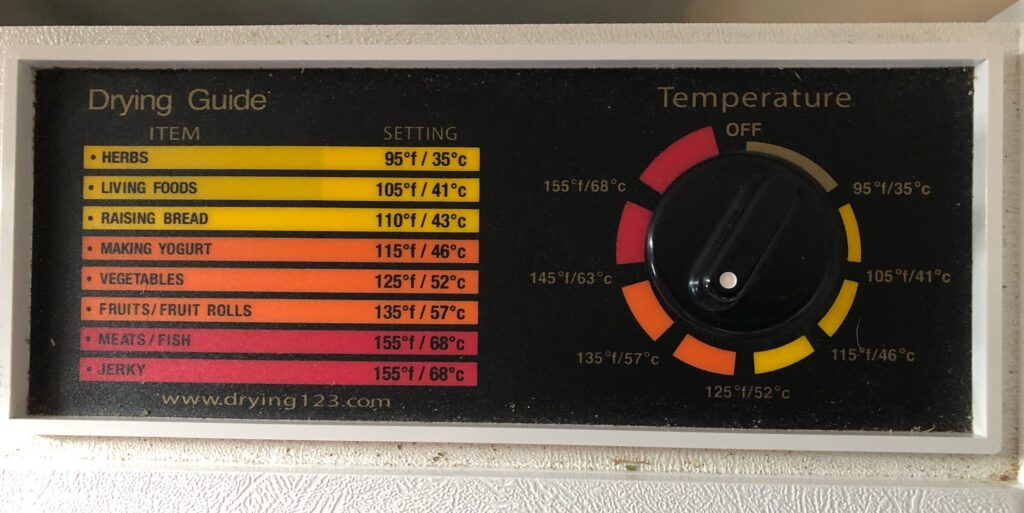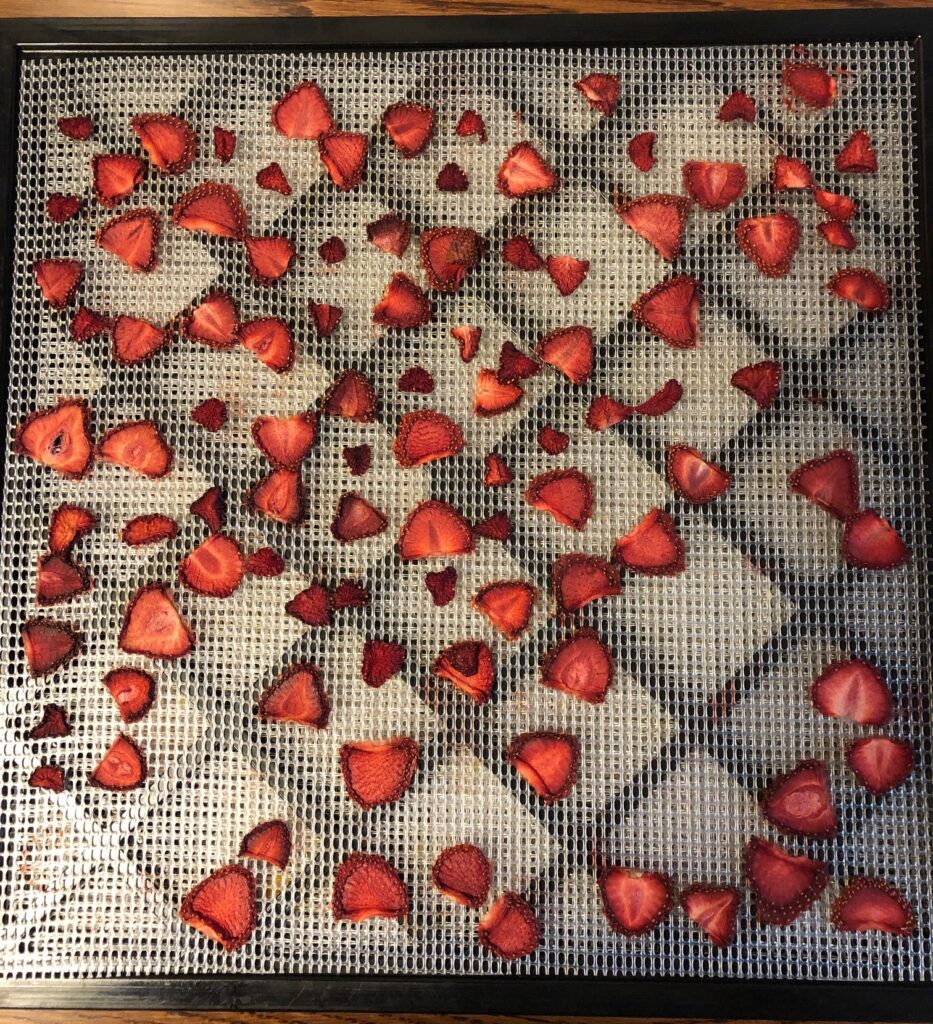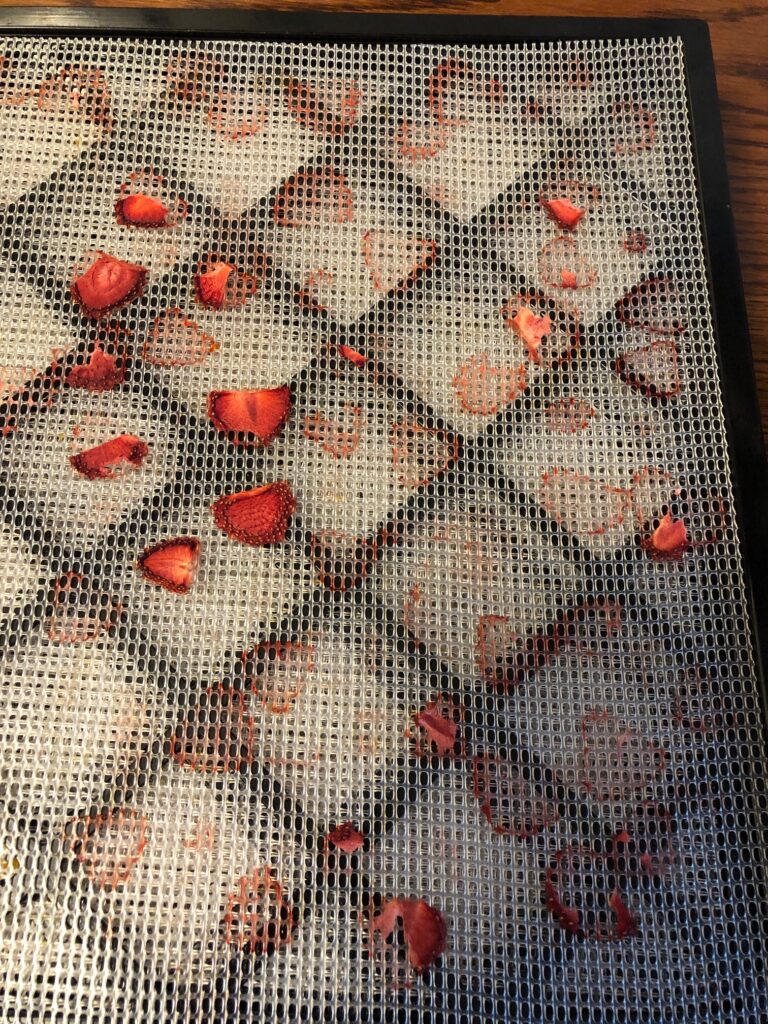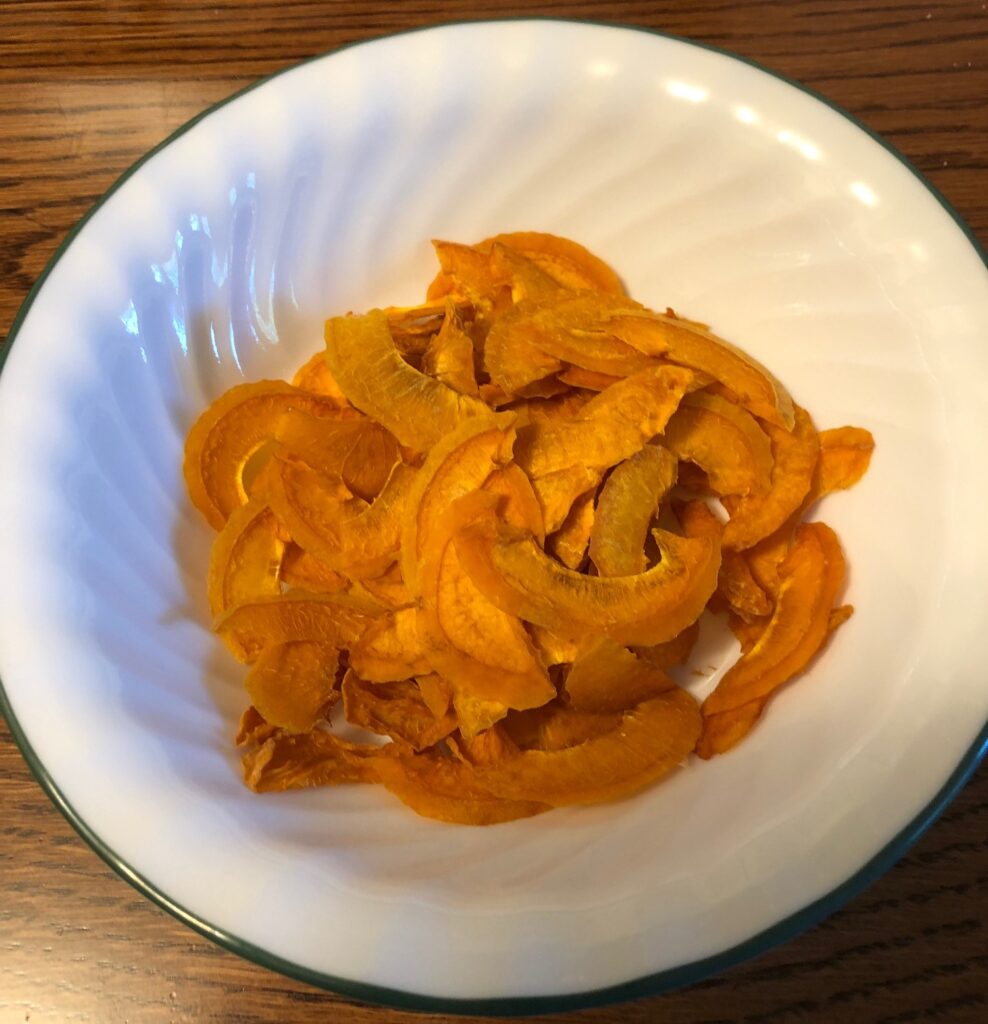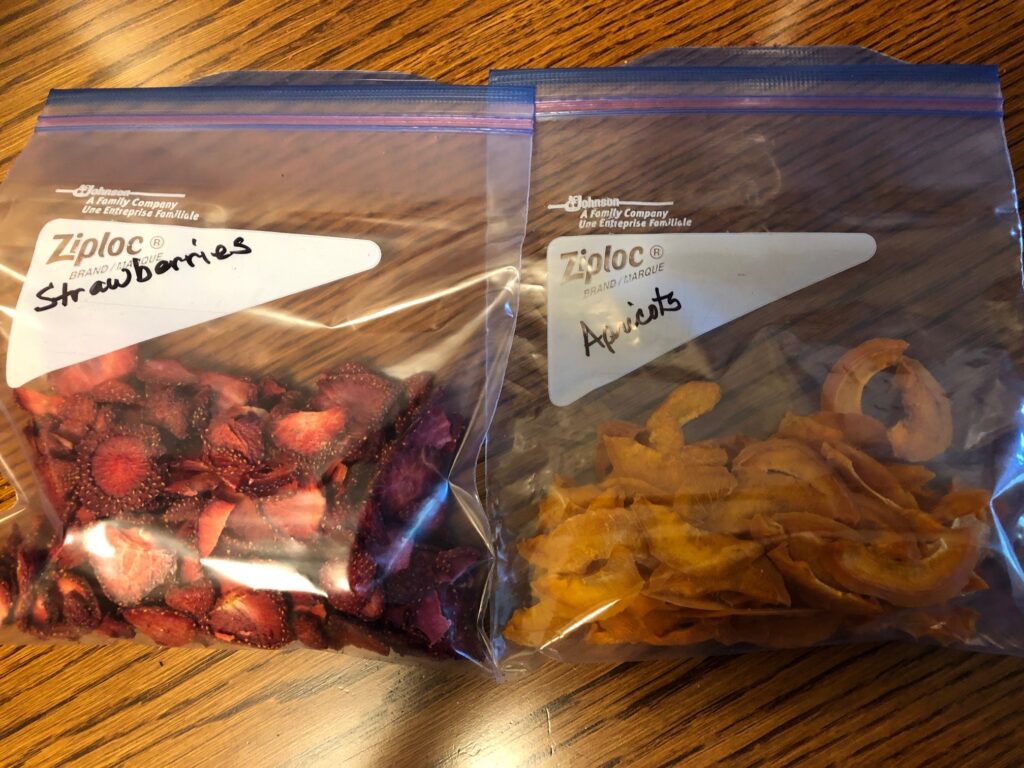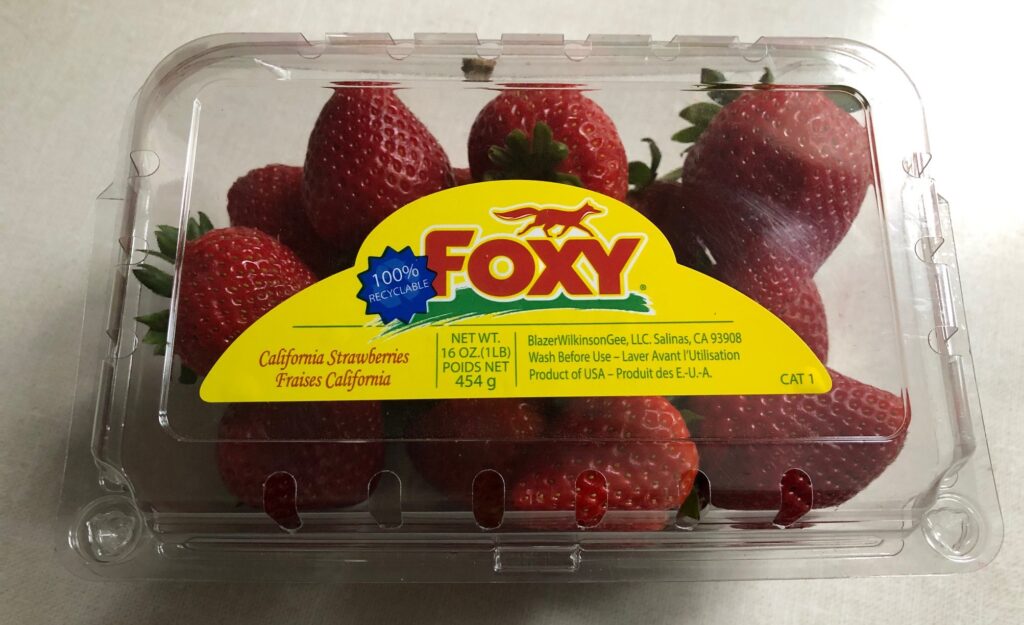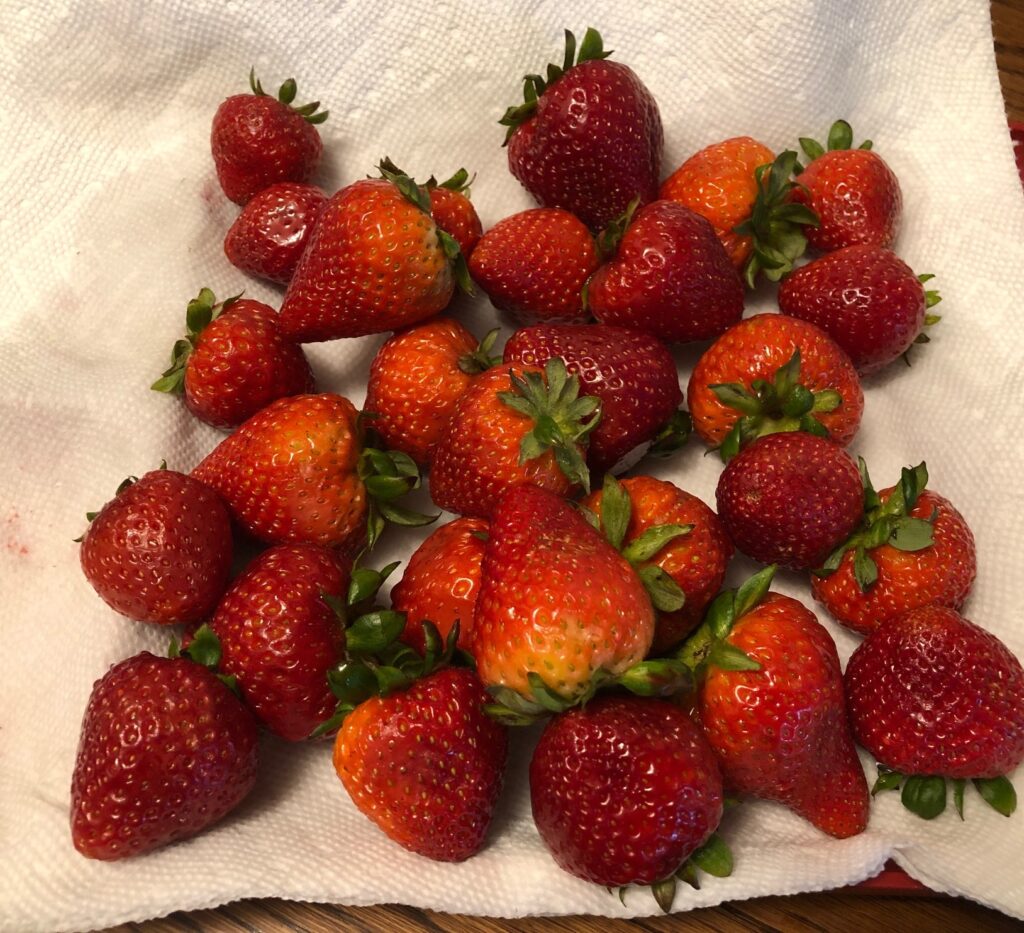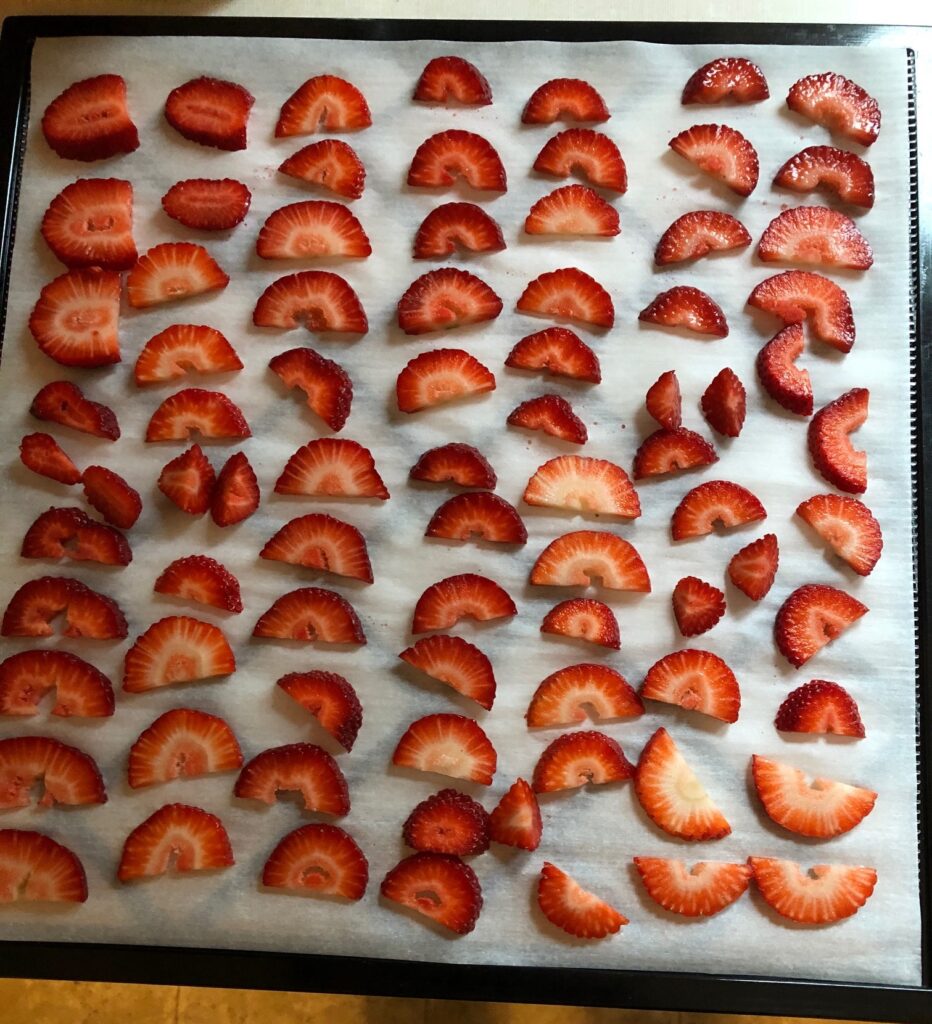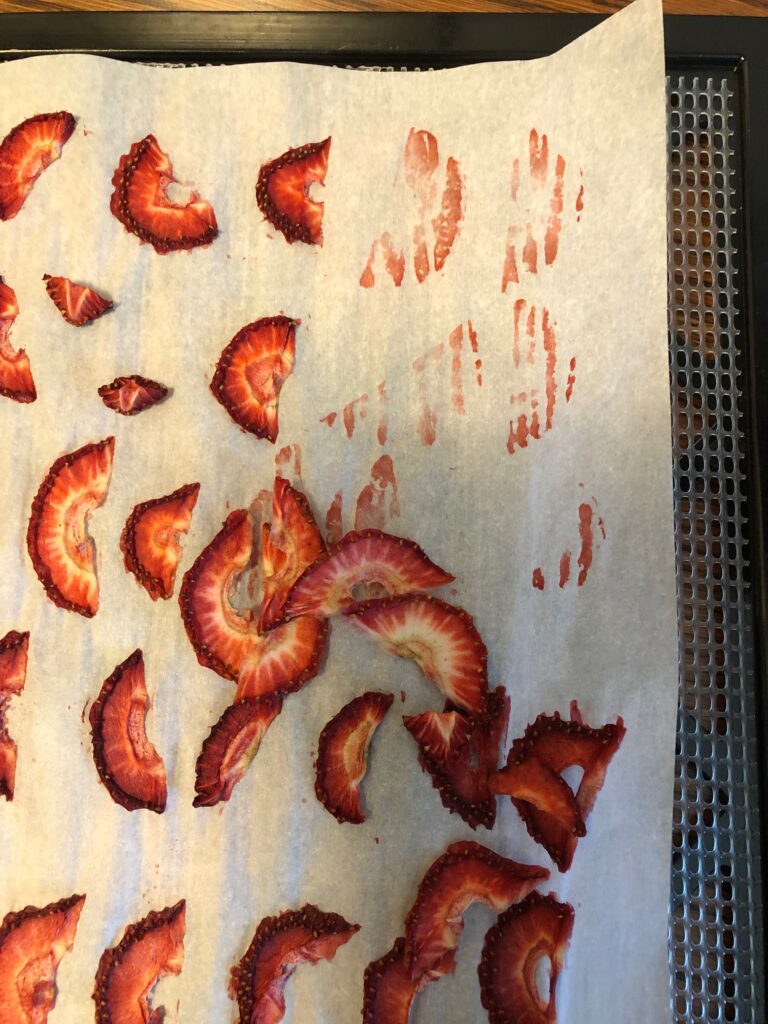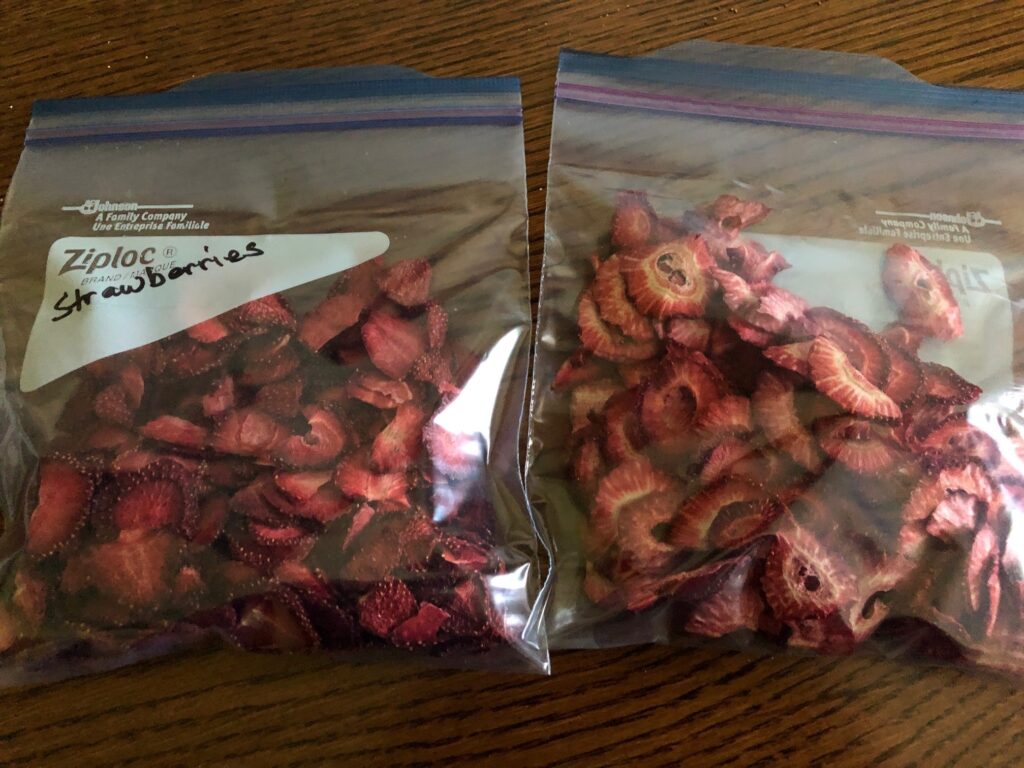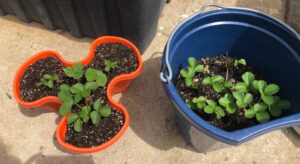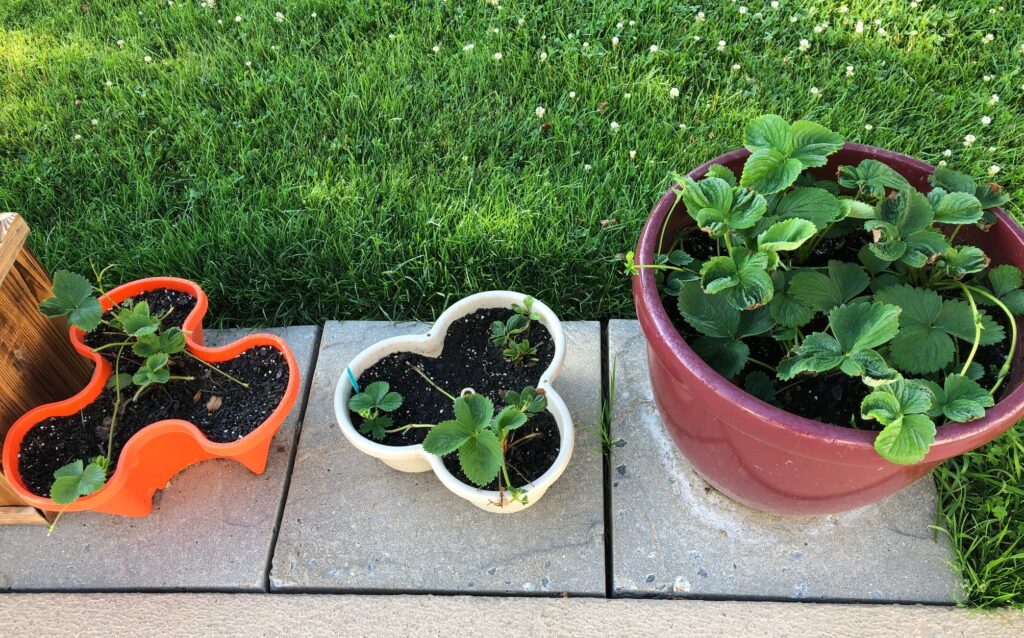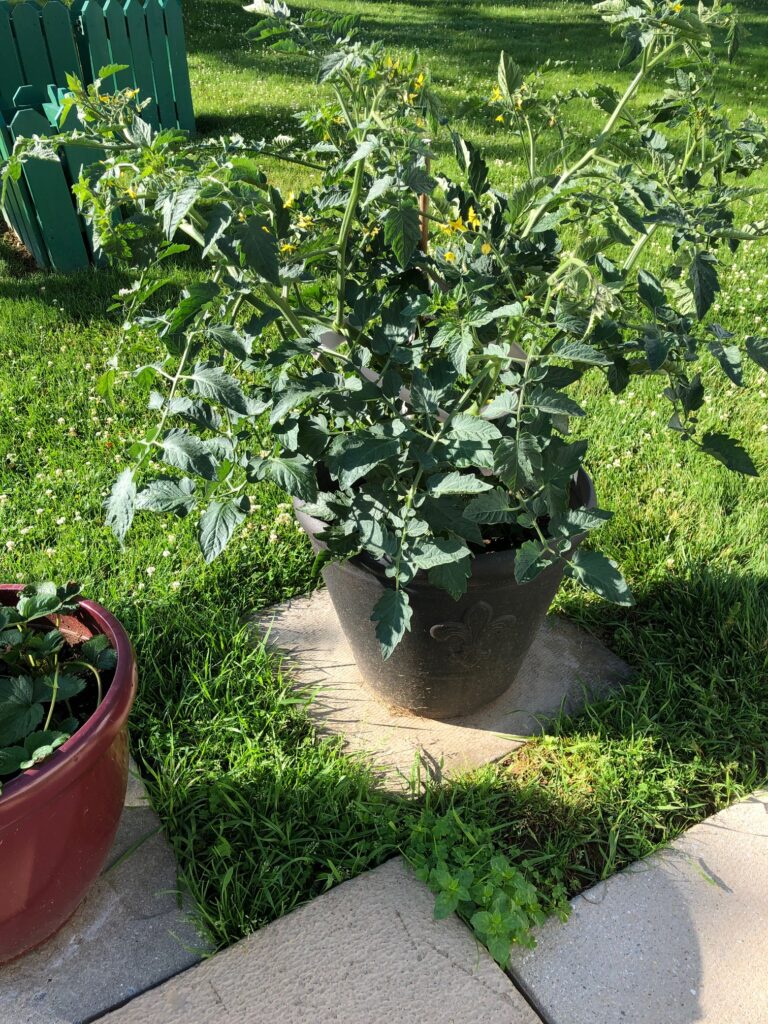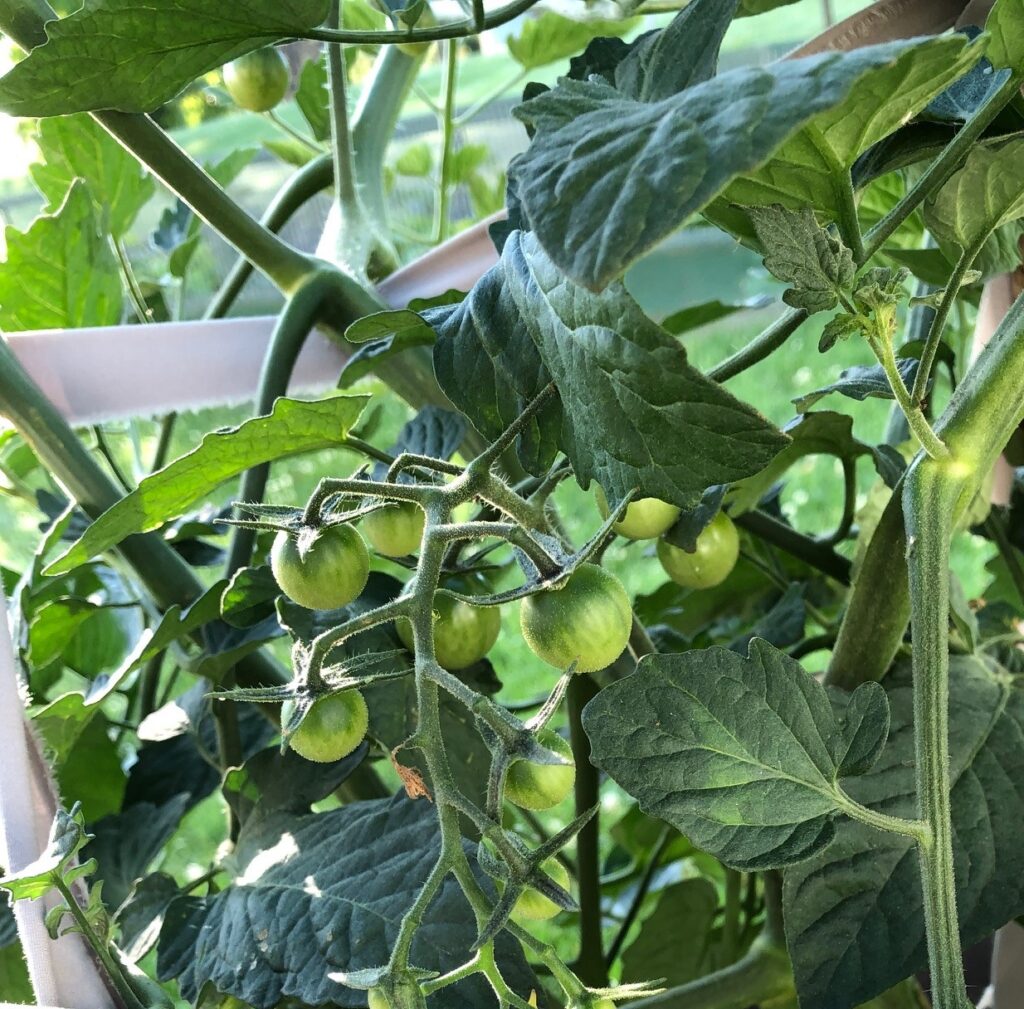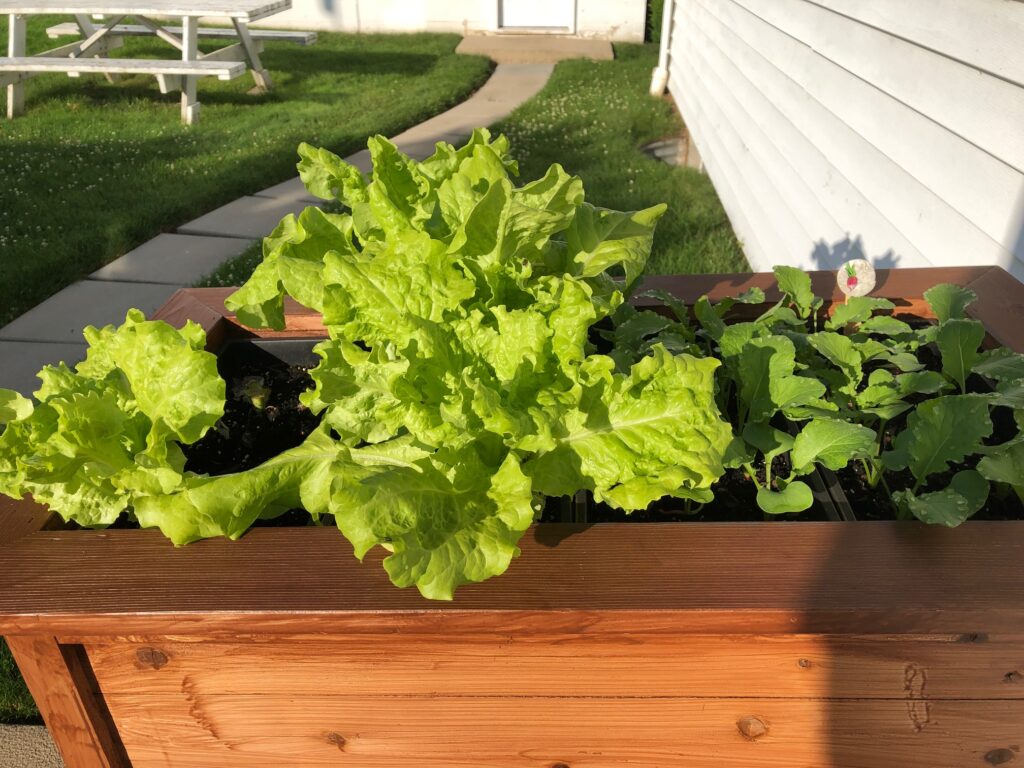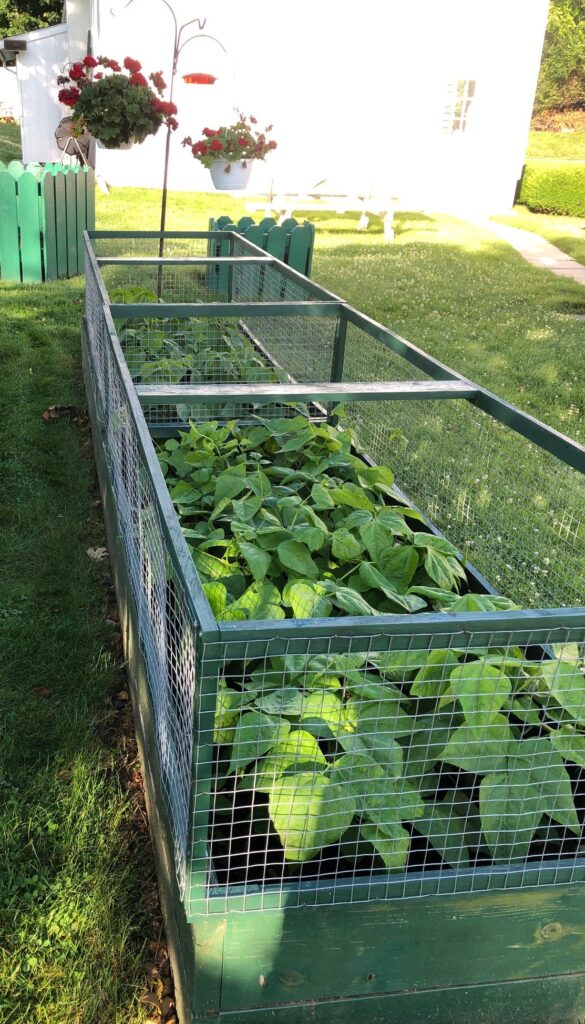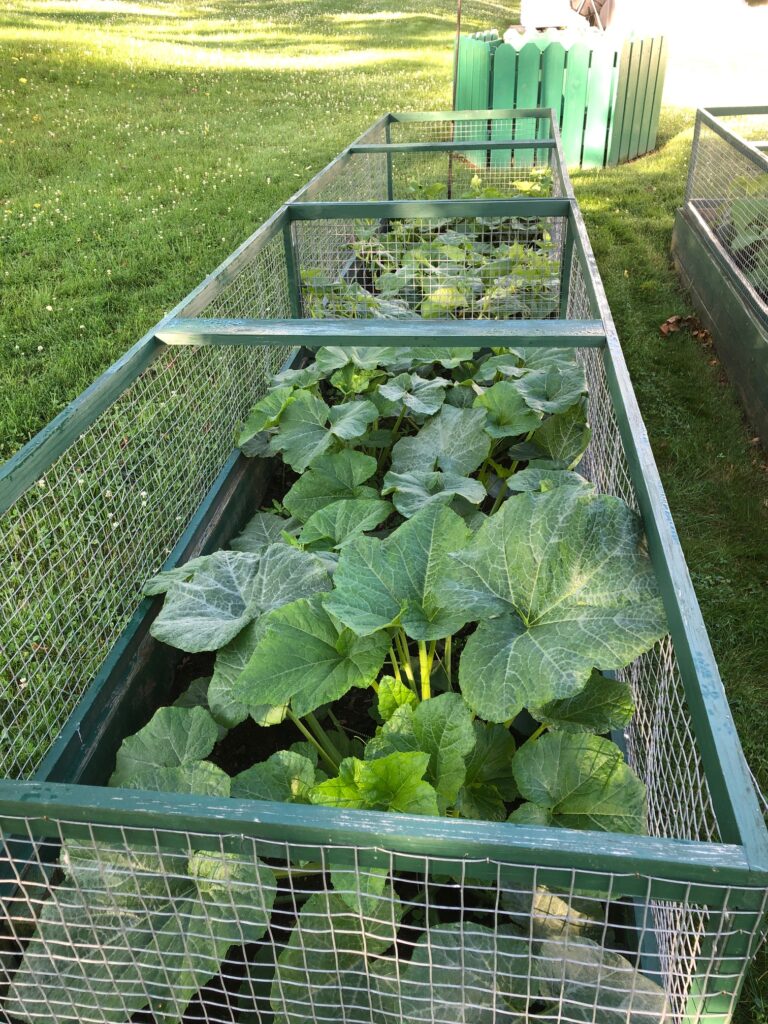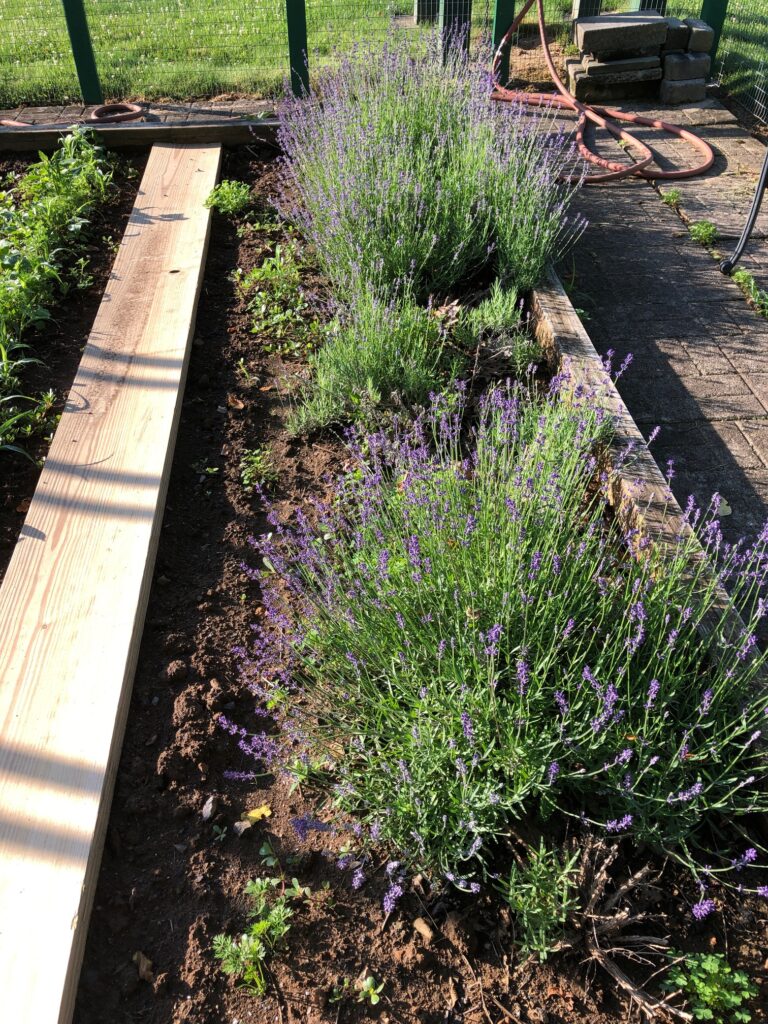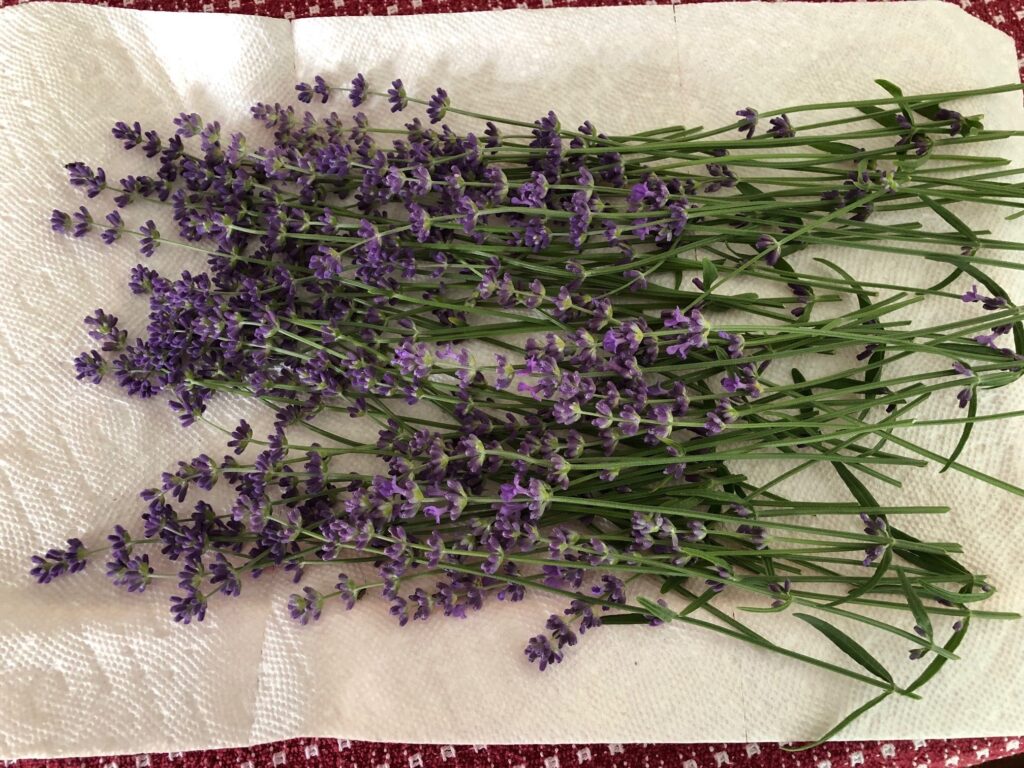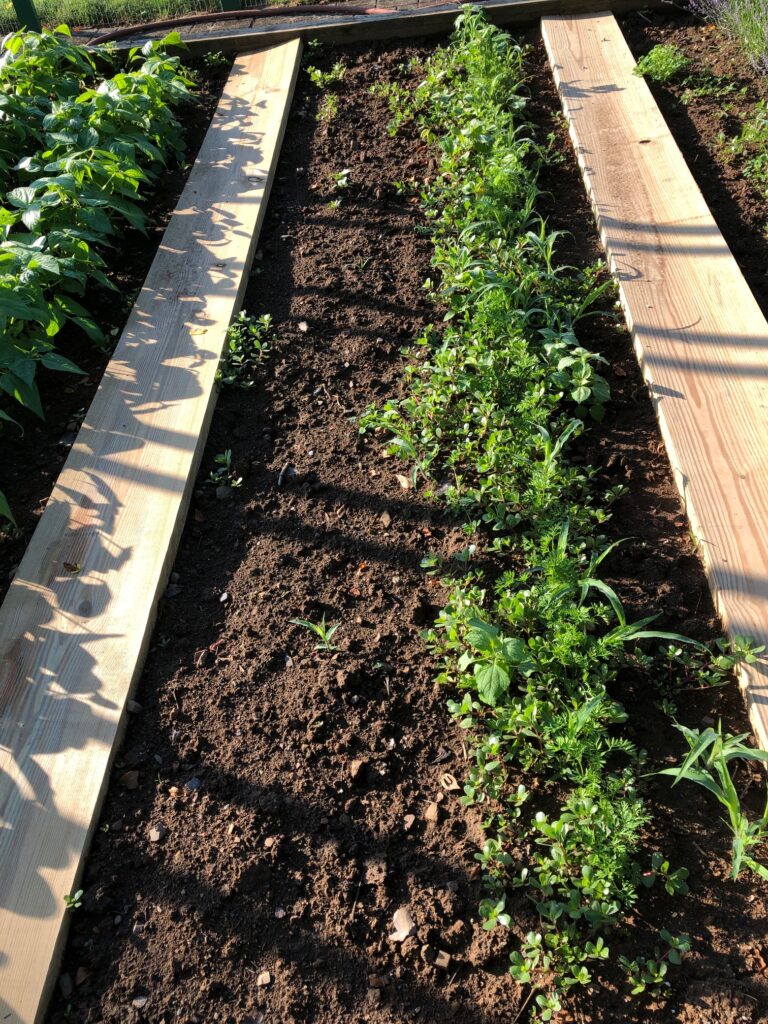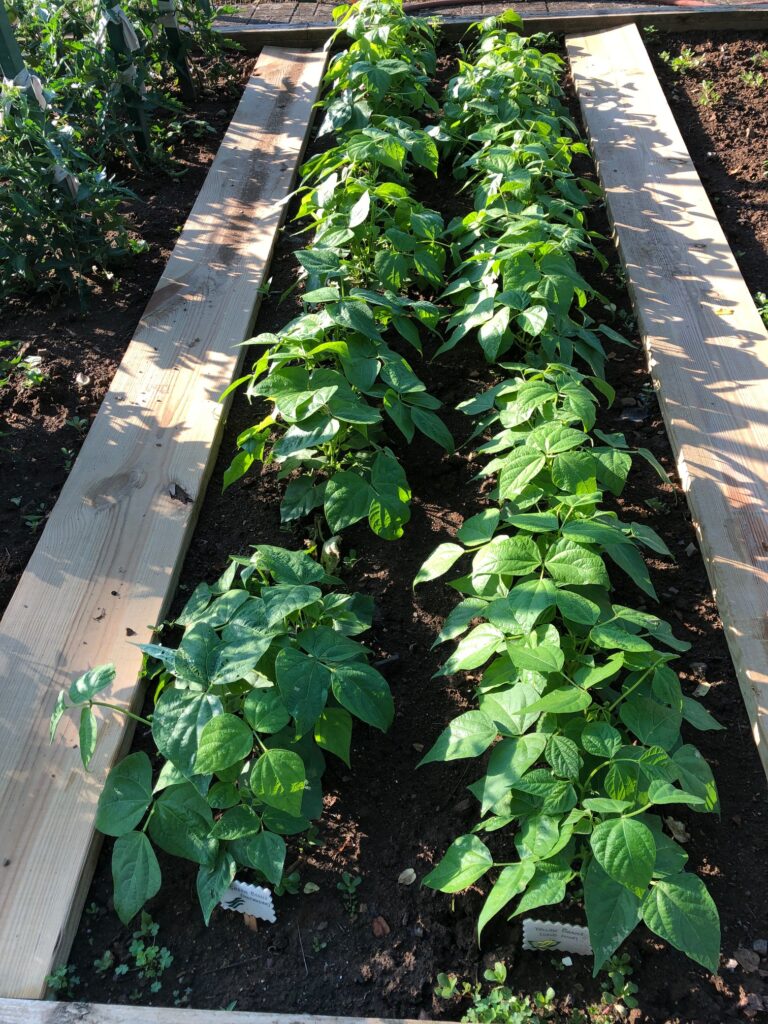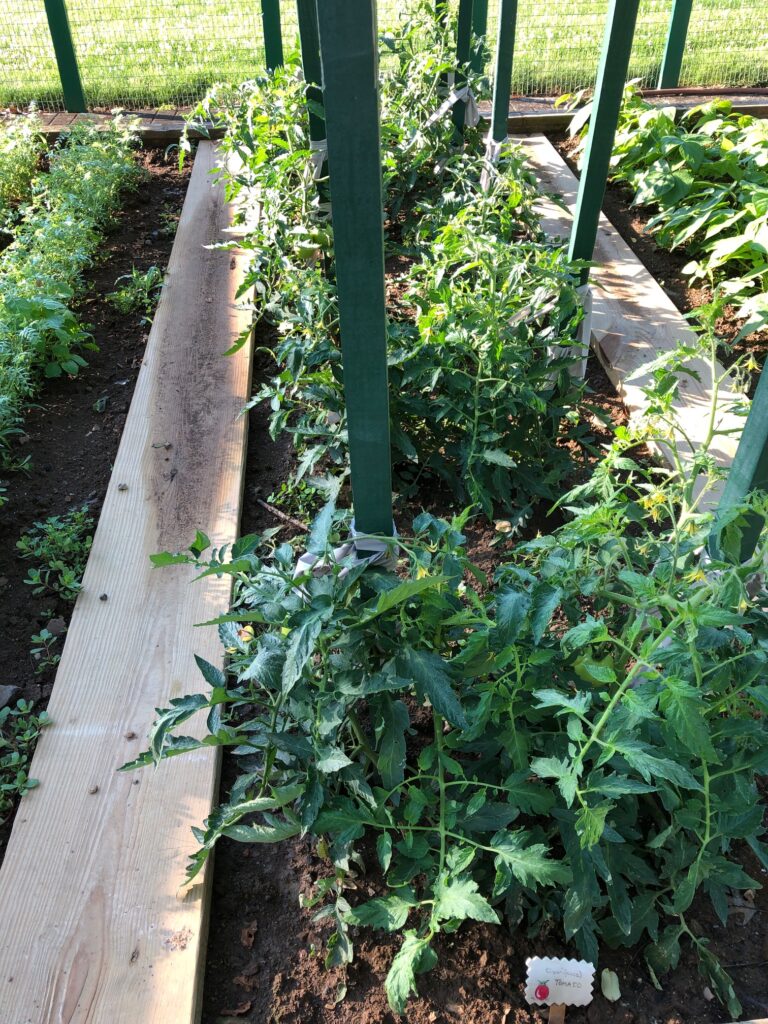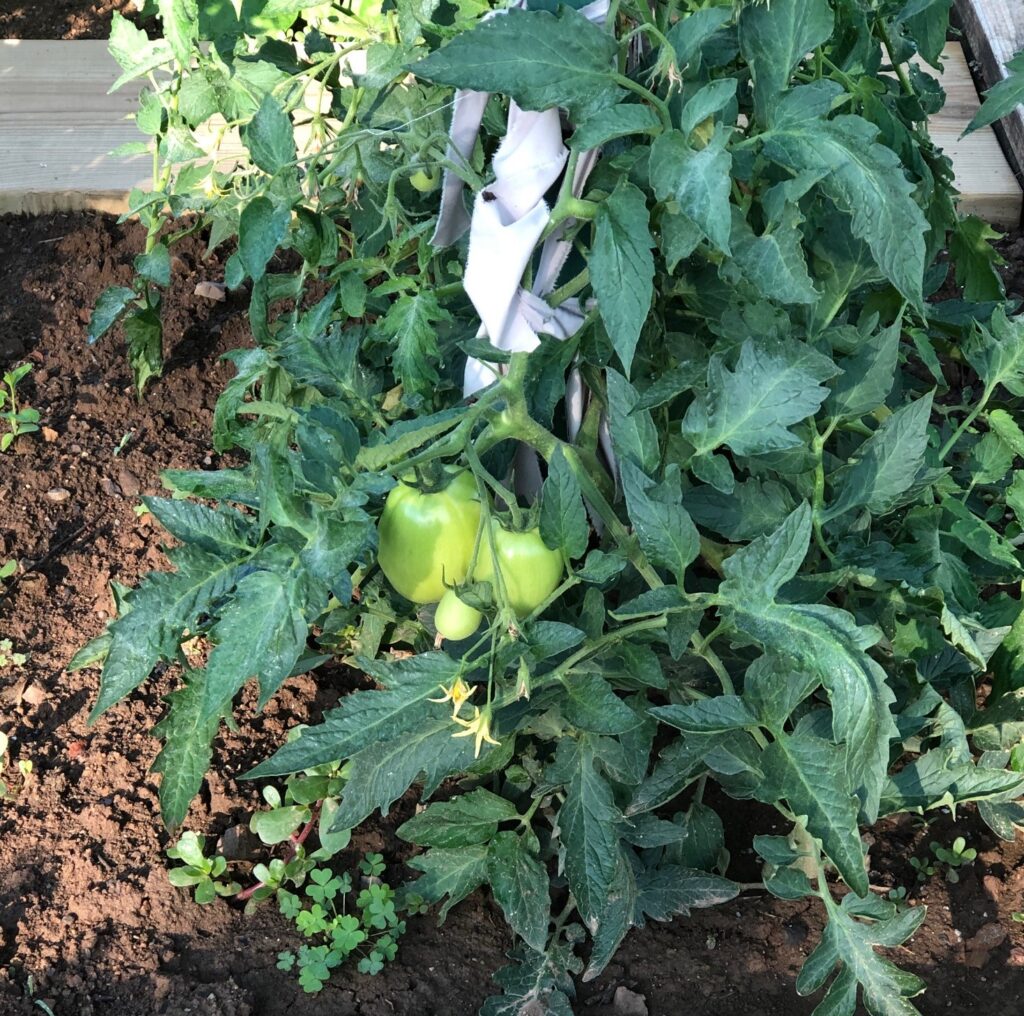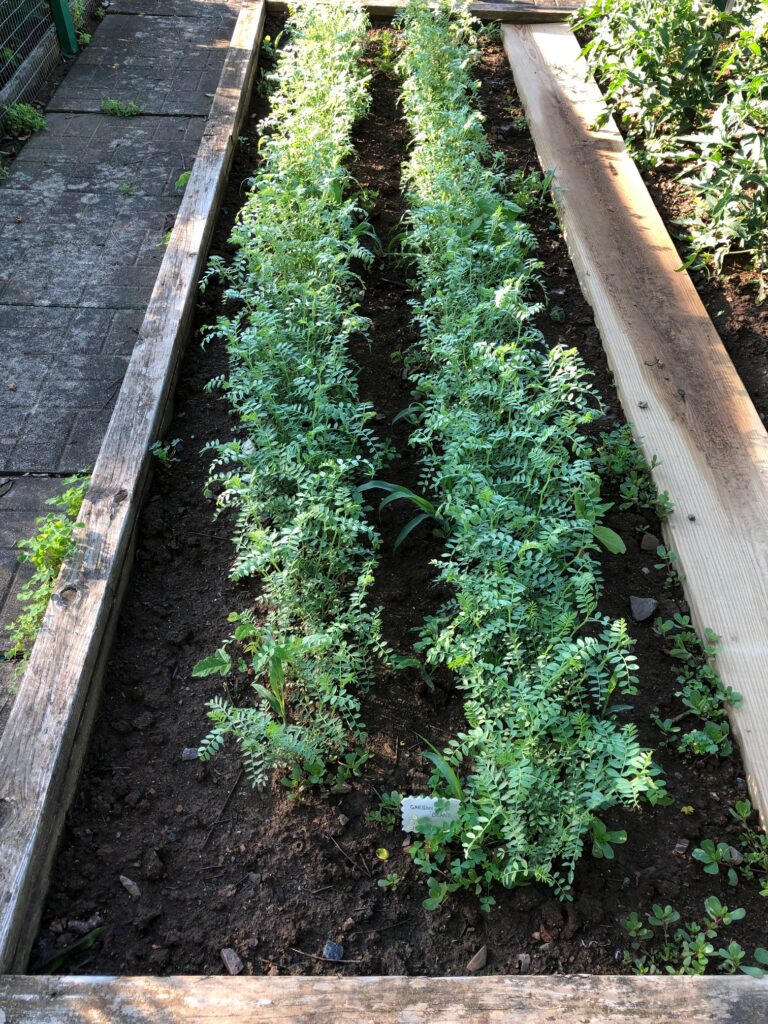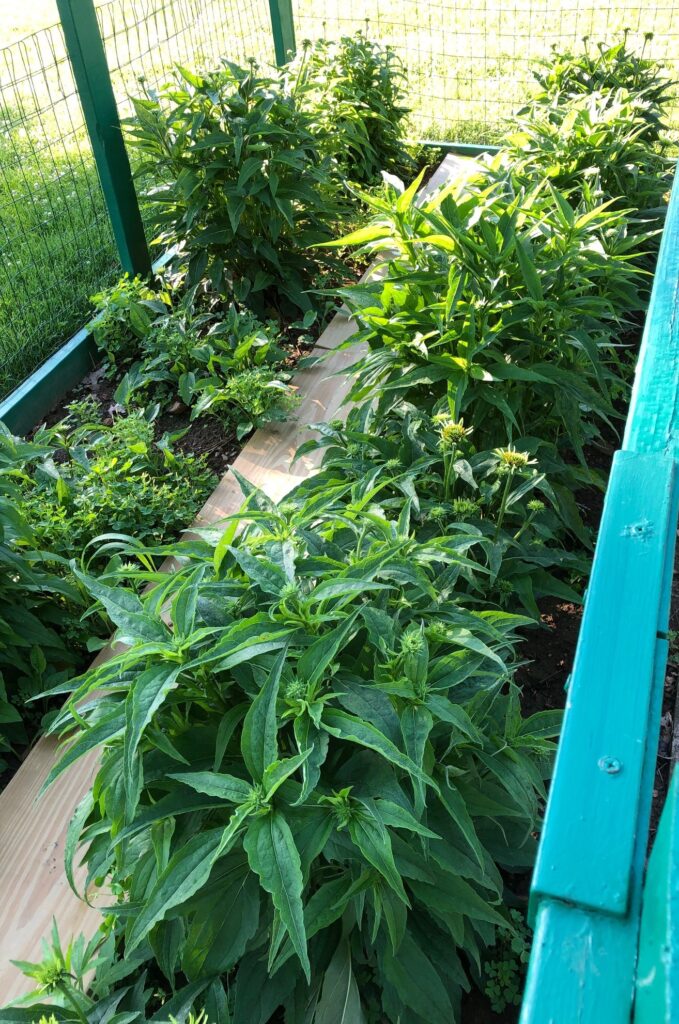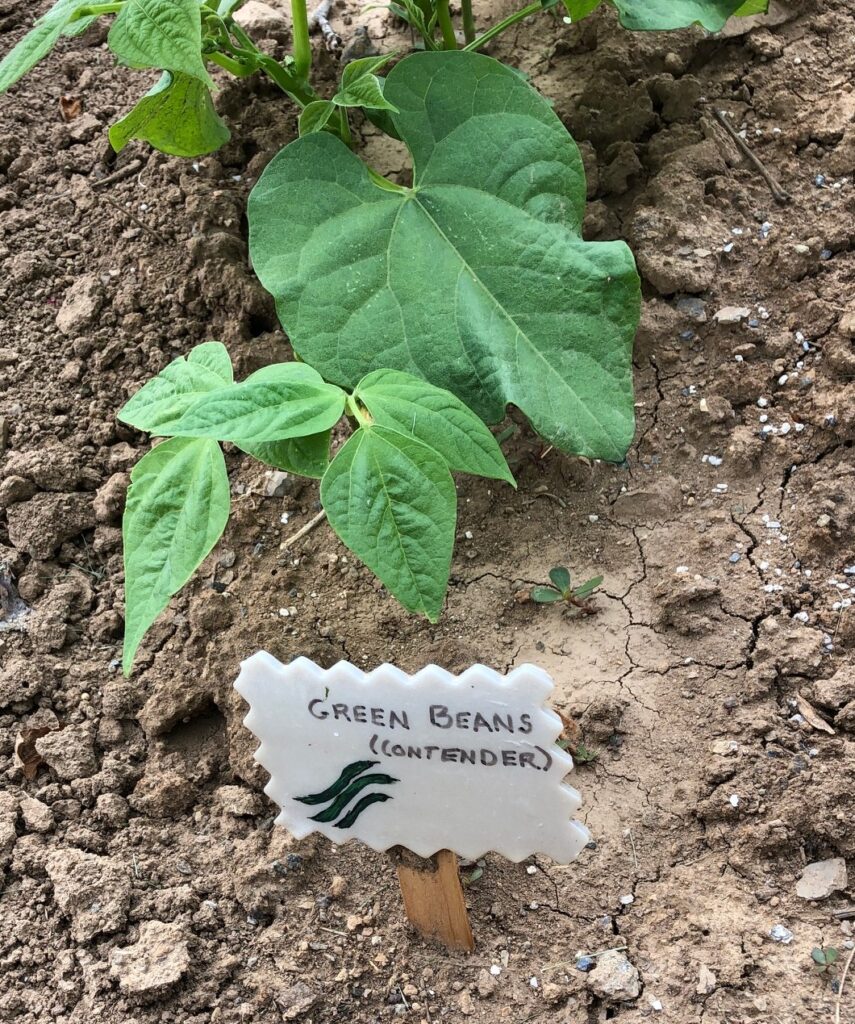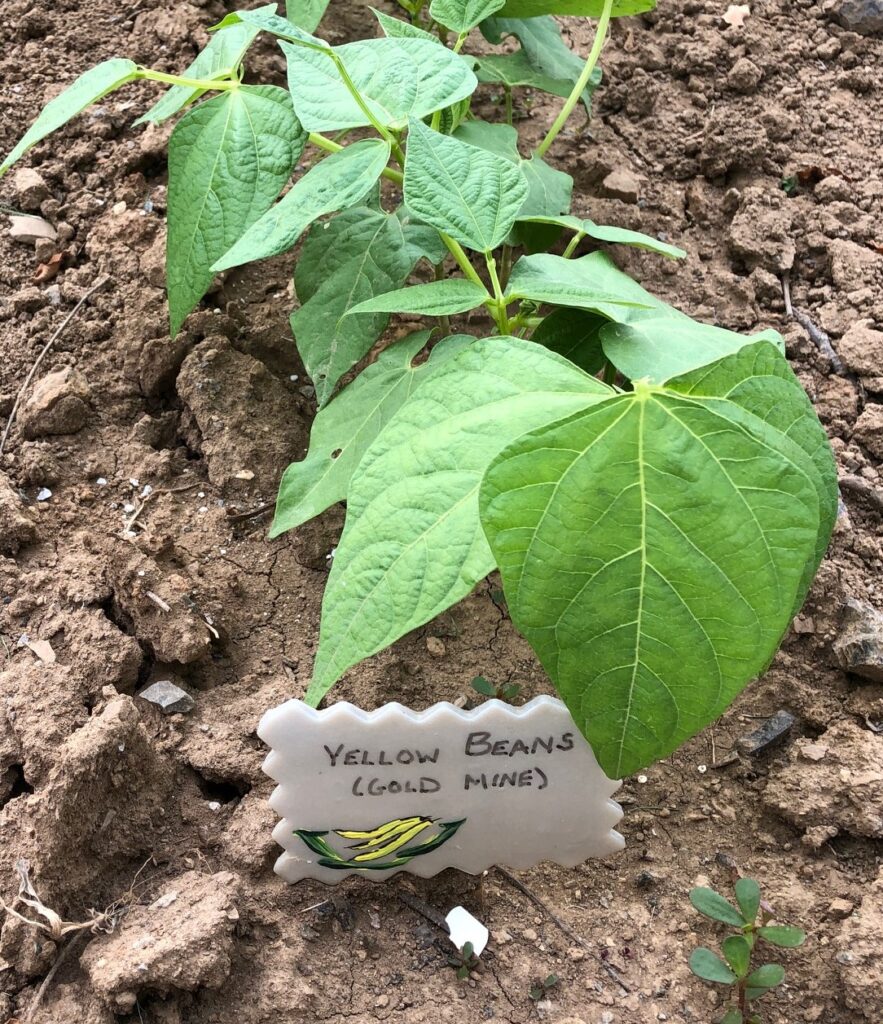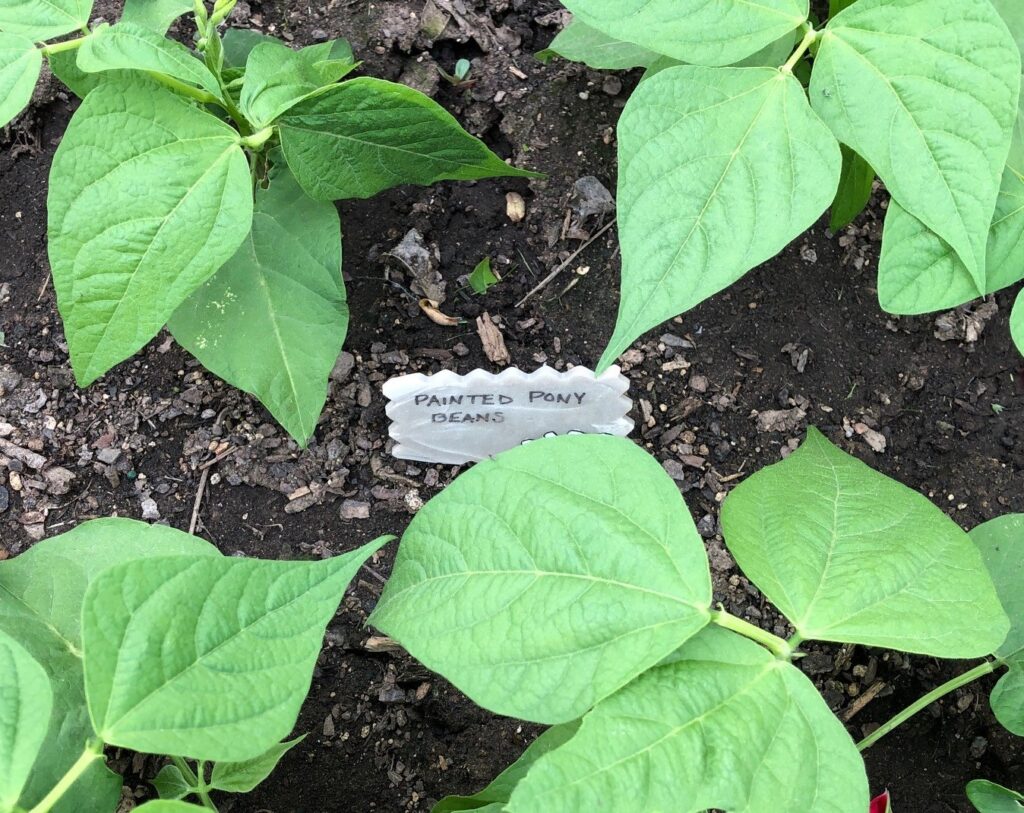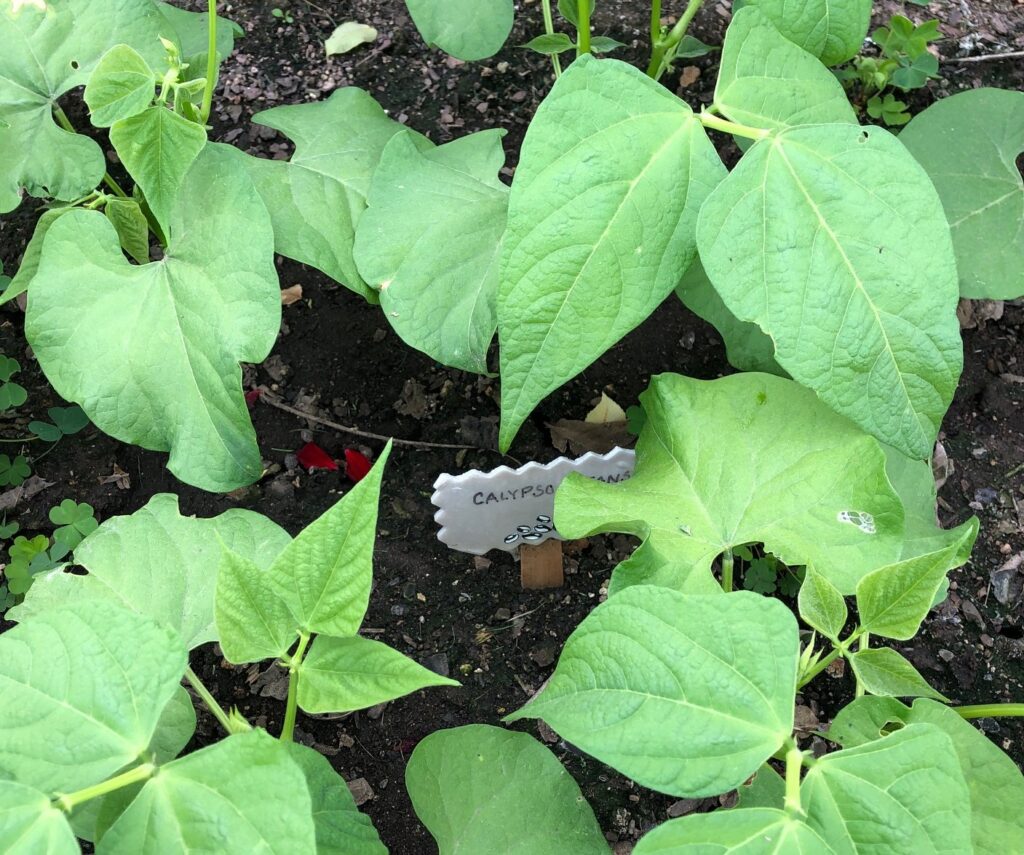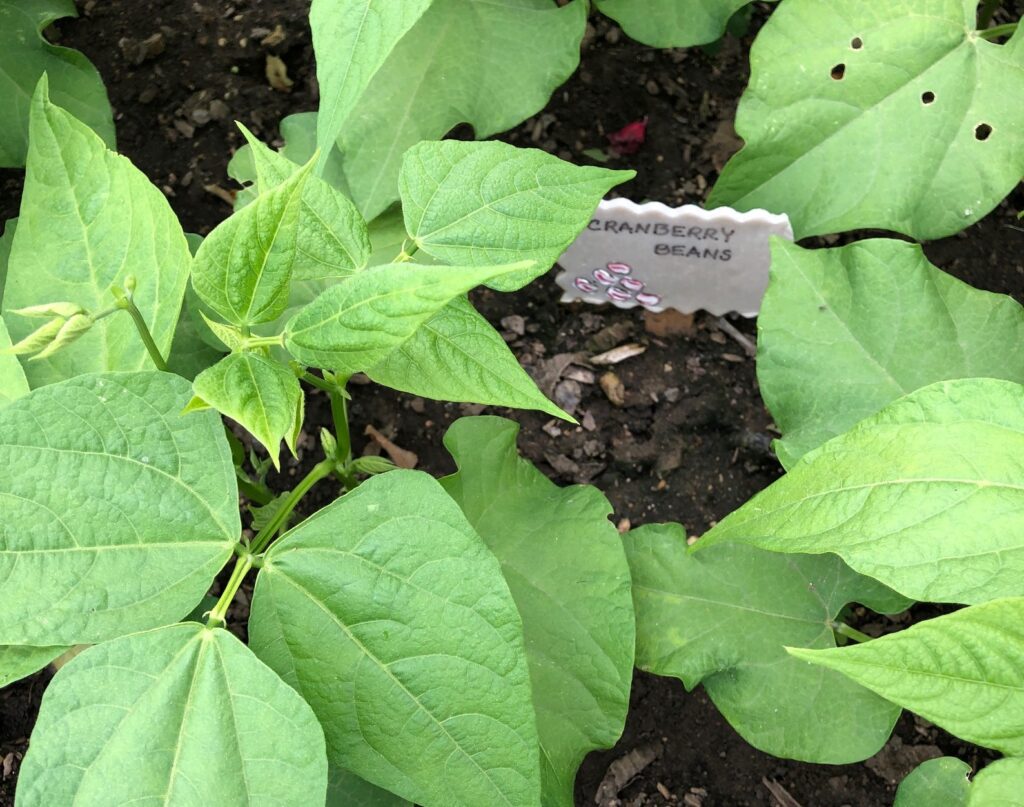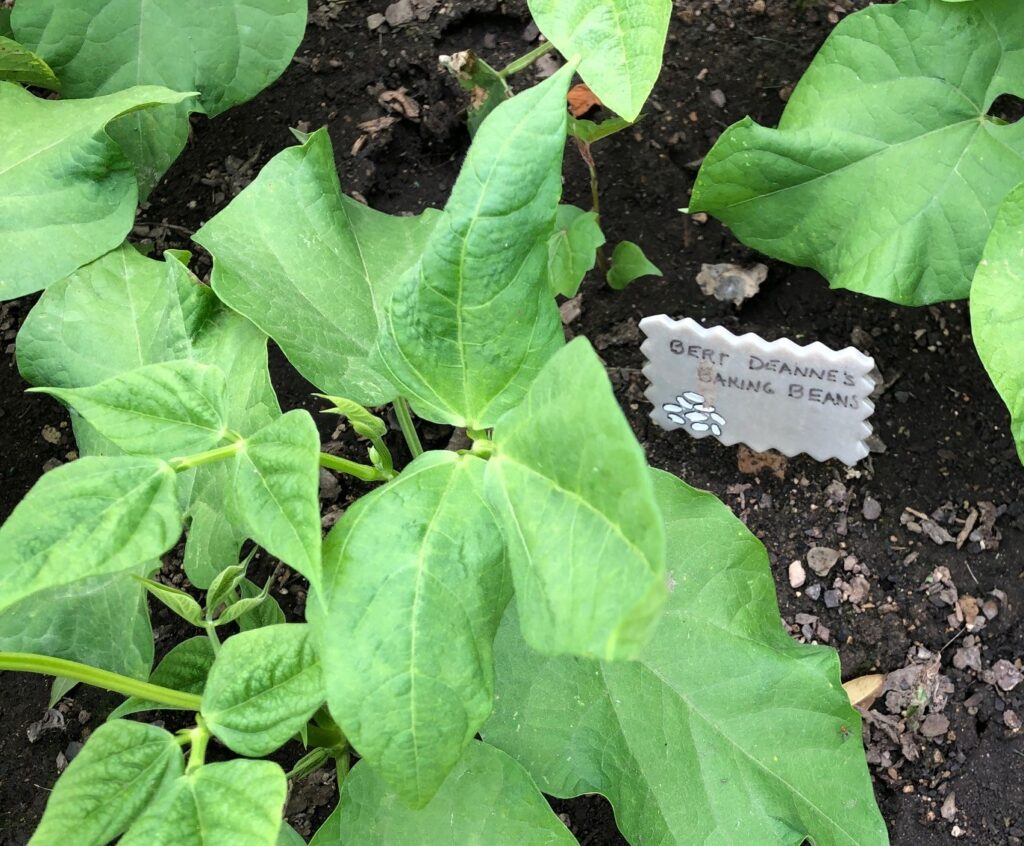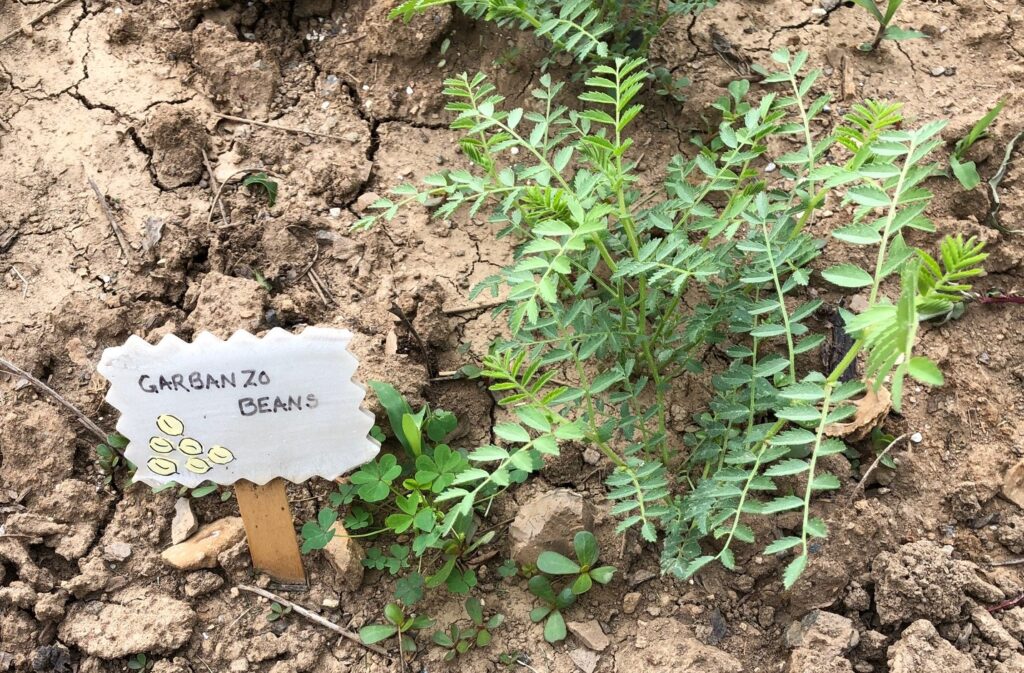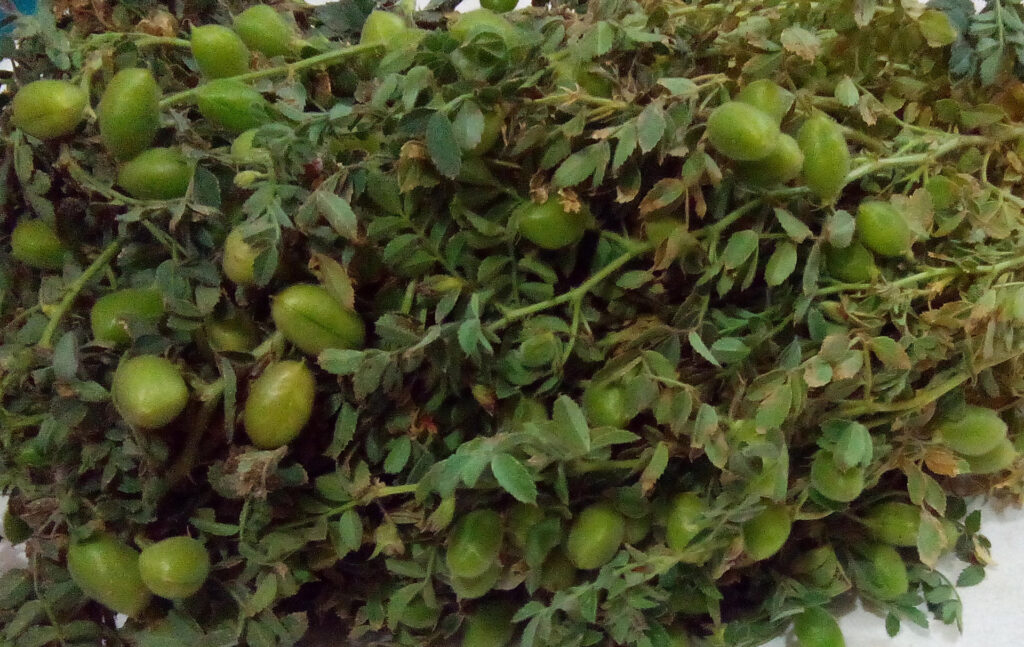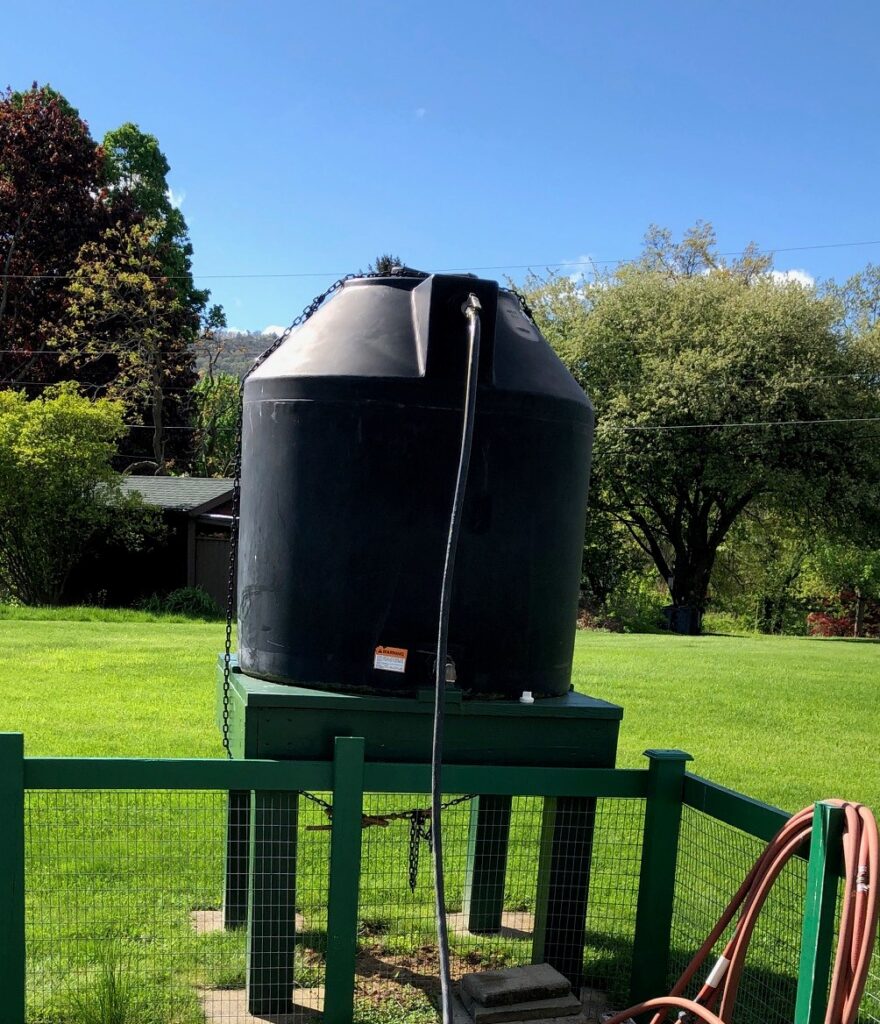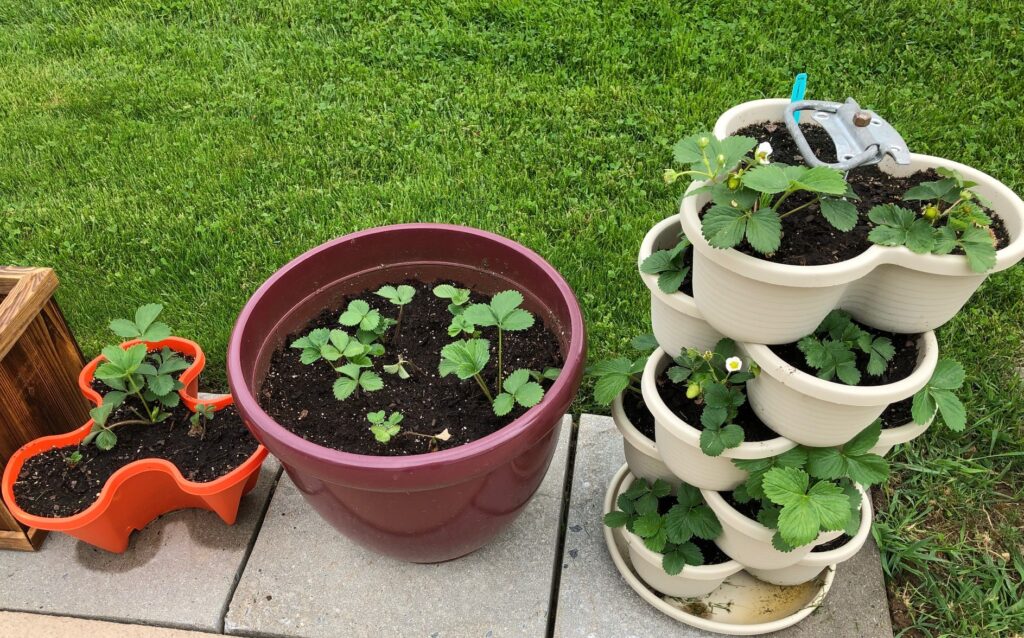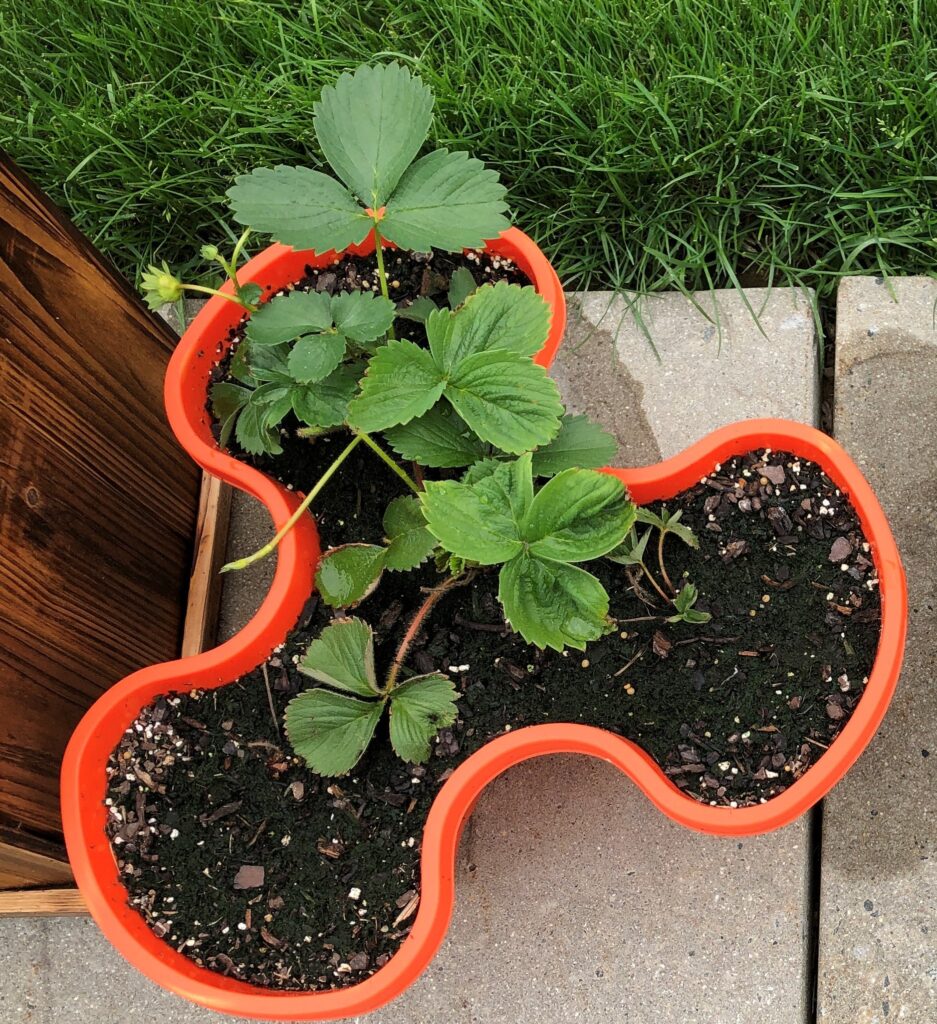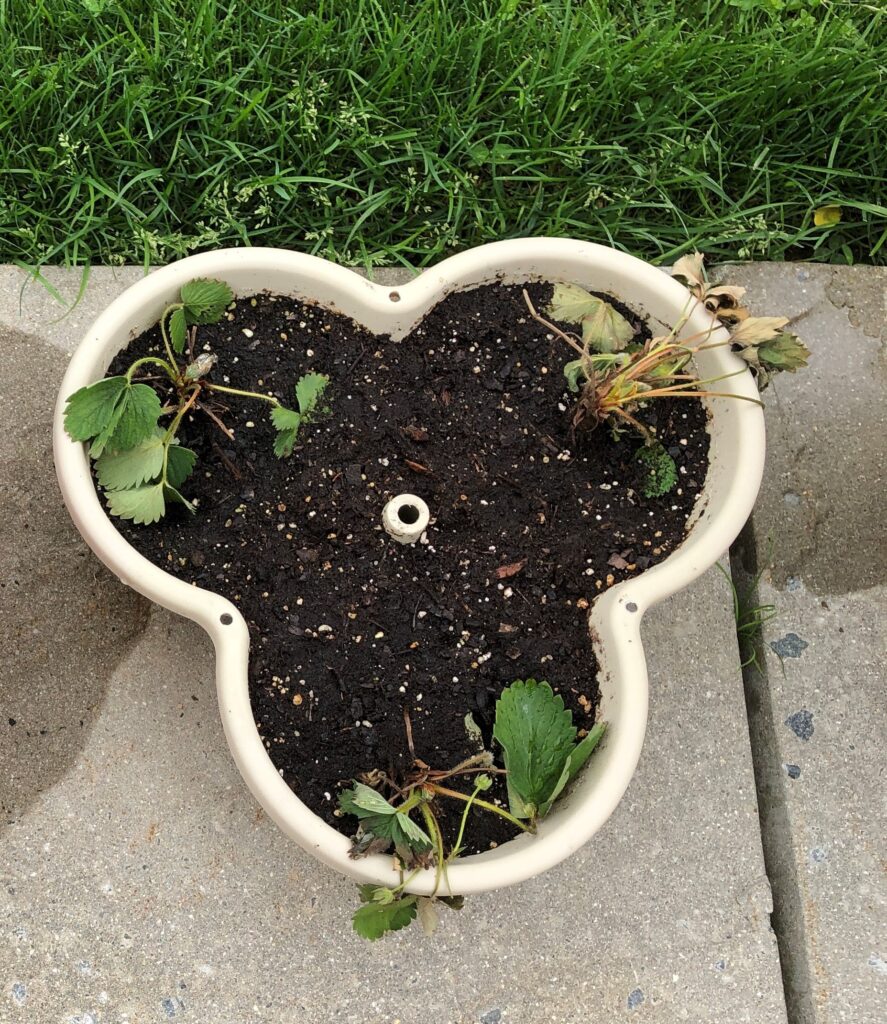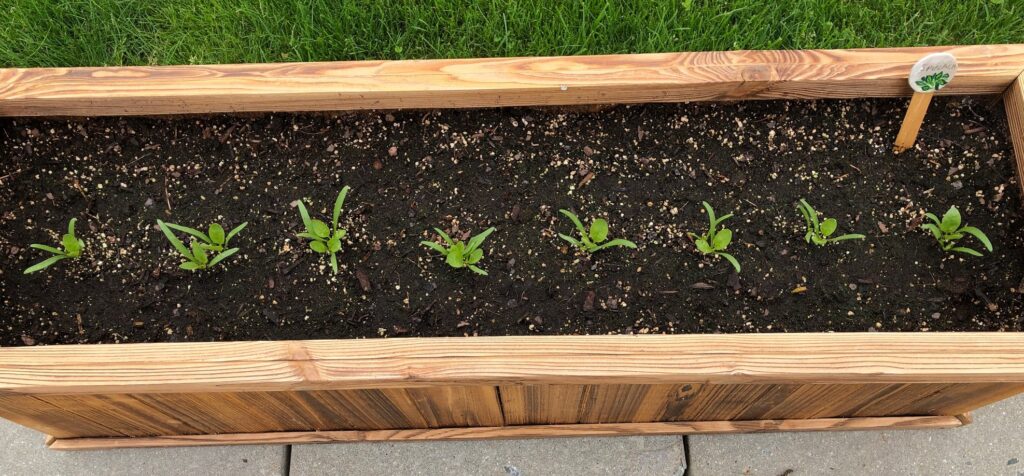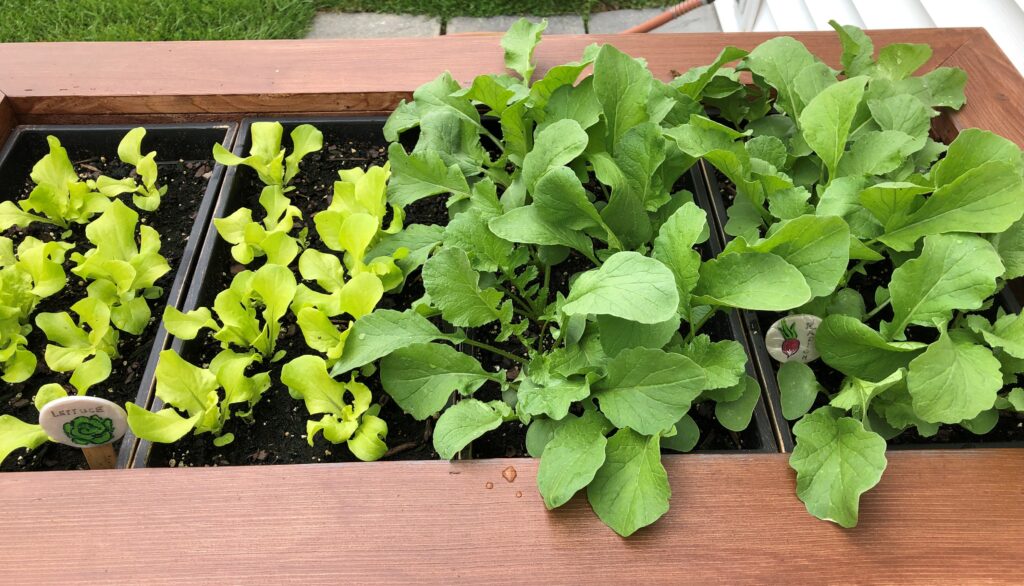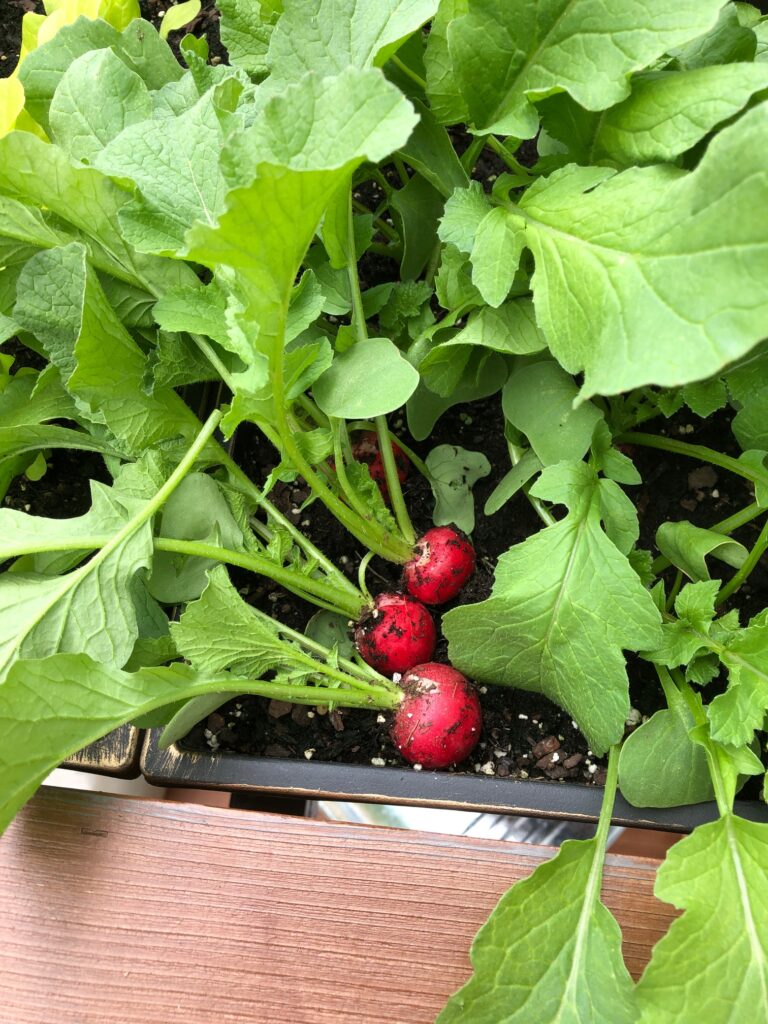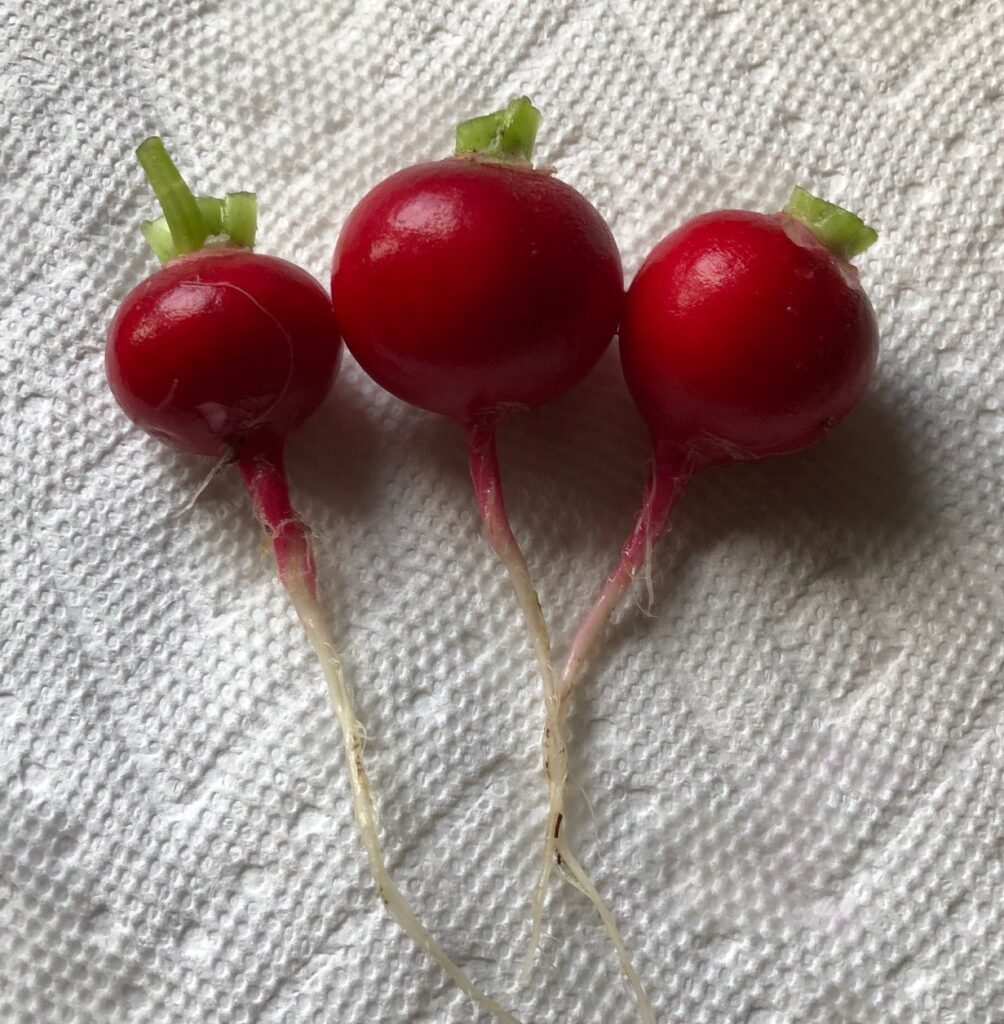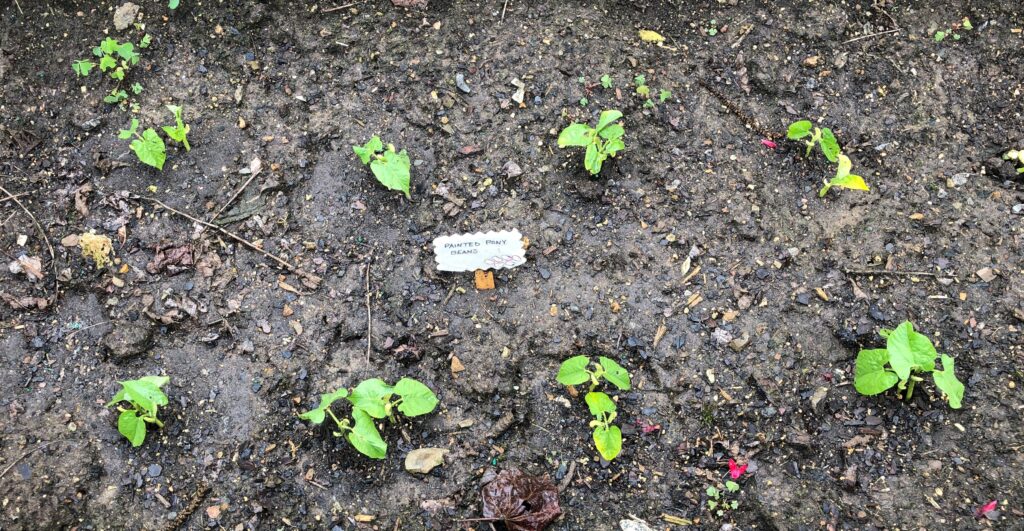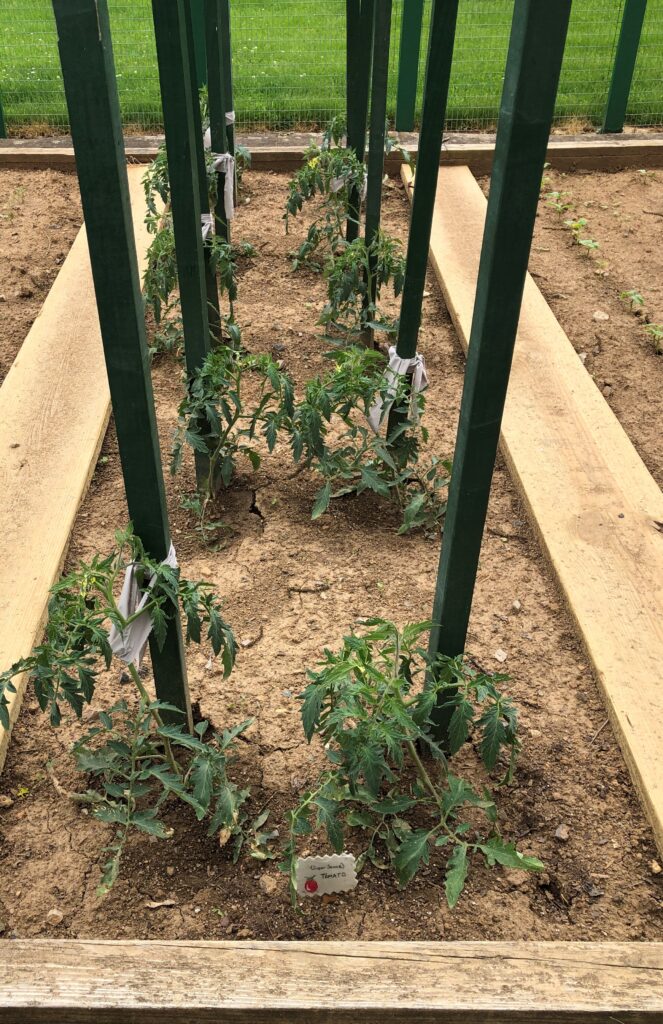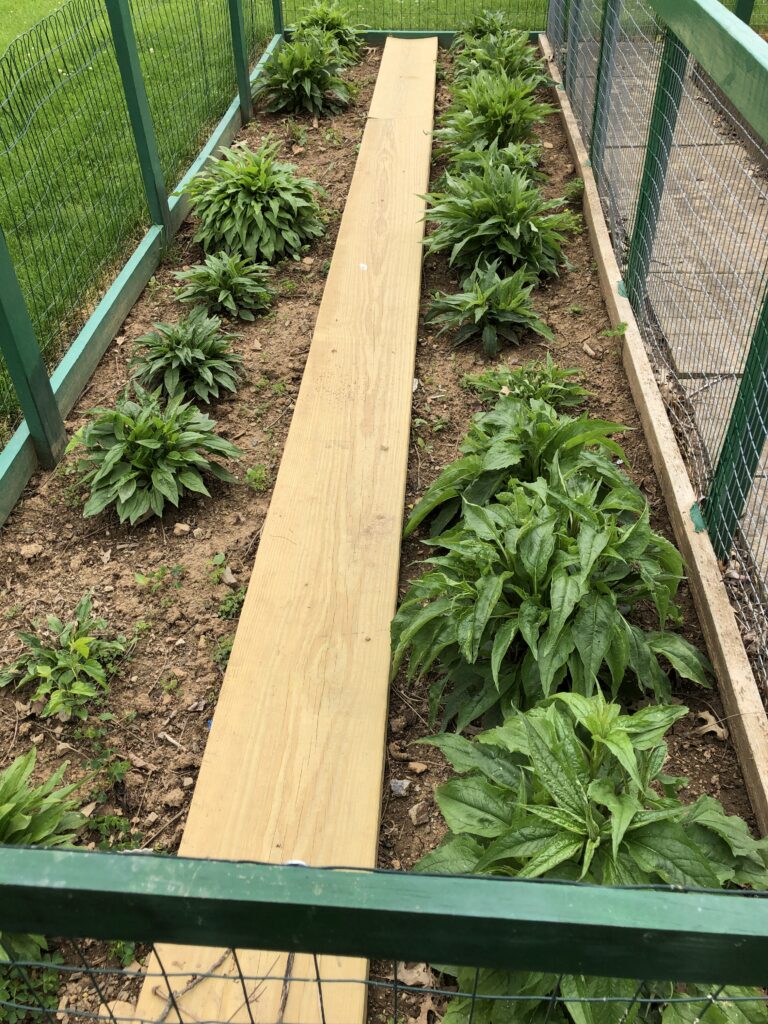Remember that six pounds of green and yellow beans I picked a few days ago? (https://marykisner.com/garden-update-july-15-2022/) Over the weekend we managed to turn them into 18 pints of beautiful Four-Bean Salad!
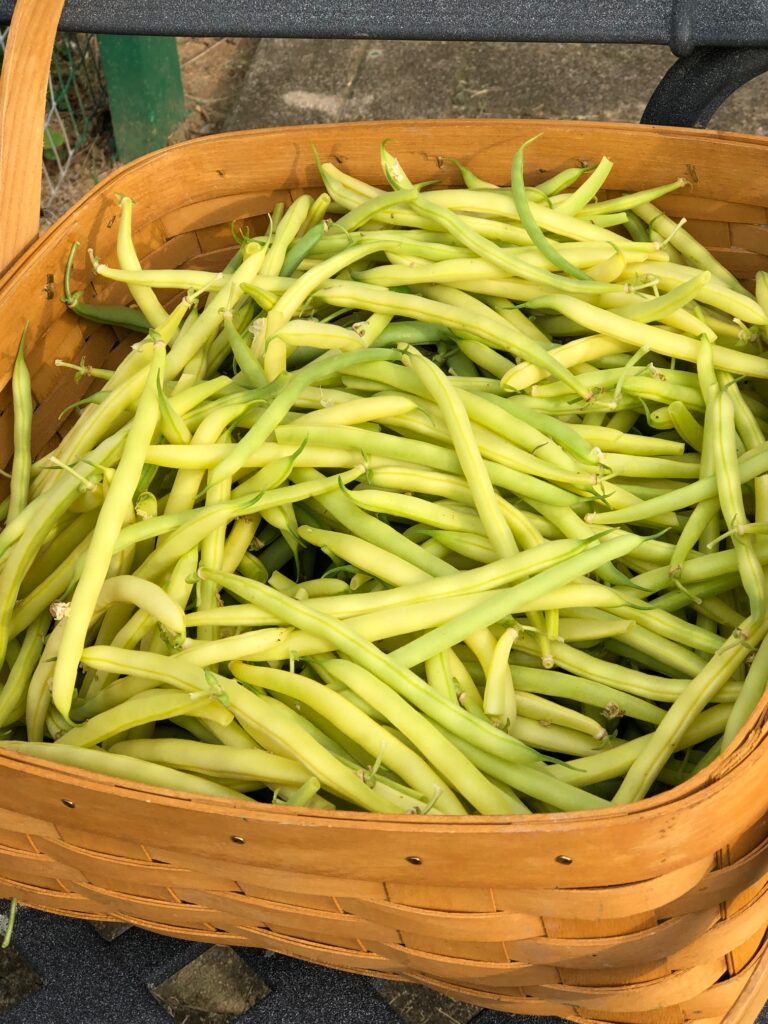
I wanted to show you how we did it! I will tell you, canning in the Kisner household is definitely a team activity. I could not do it without Bert’s strong muscles to handle the canner. He was always willing to help, but years ago we invested in a canner that is hard for me to lift even empty…and it couldn’t be put on our glass-top stove burners. We now have a pretty slick set up…as long as Bert is willing to manage the actual canning process.
Since we can’t use the stove burners, he uses his propane burner that he set up to melt lead for reloading. It gets almost too hot so he’s had to put extra shields on top of the burner to help regulate the temperature.

Of course, that also means we do the actual canning in the garage. I’m grateful he knows how to do all this stuff!
My job is in the kitchen getting the jars sterilized and the food prepped. Since this recipe is basically making “pickled” vegetables, which includes mostly vinegar and sugar, the canning can be done with a water bath process. However, we use the same canner, he just doesn’t seal the lid and fills it with water.
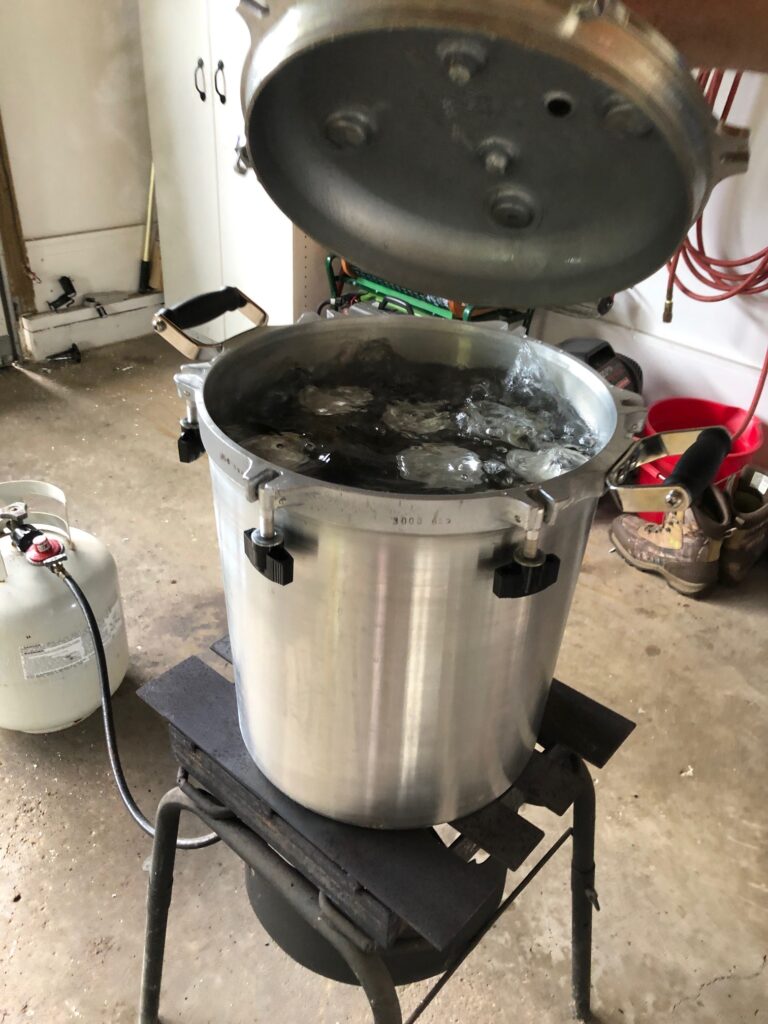
When I can, I try to make a batch that will fill the canner…no point in going to all that work for 5 pints. So, I doubled the recipe…using 6 pounds of green and yellow beans, 4 cups of chopped celery, etc. Here is the recipe I’m using:
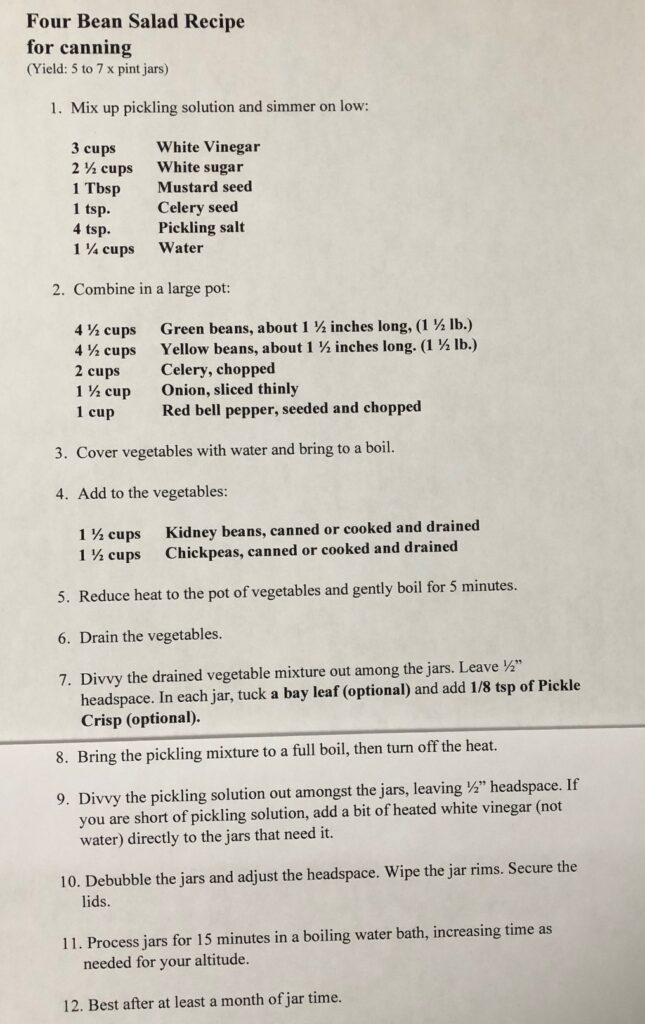
While Bert was getting the garage set up, I ran the dishwasher with the jars to sterilize them.
First, I mixed up the pickling solution and set it on a back burner to simmer.

Next, I prepped the vegetables. I had the beans all snapped and ready to go.
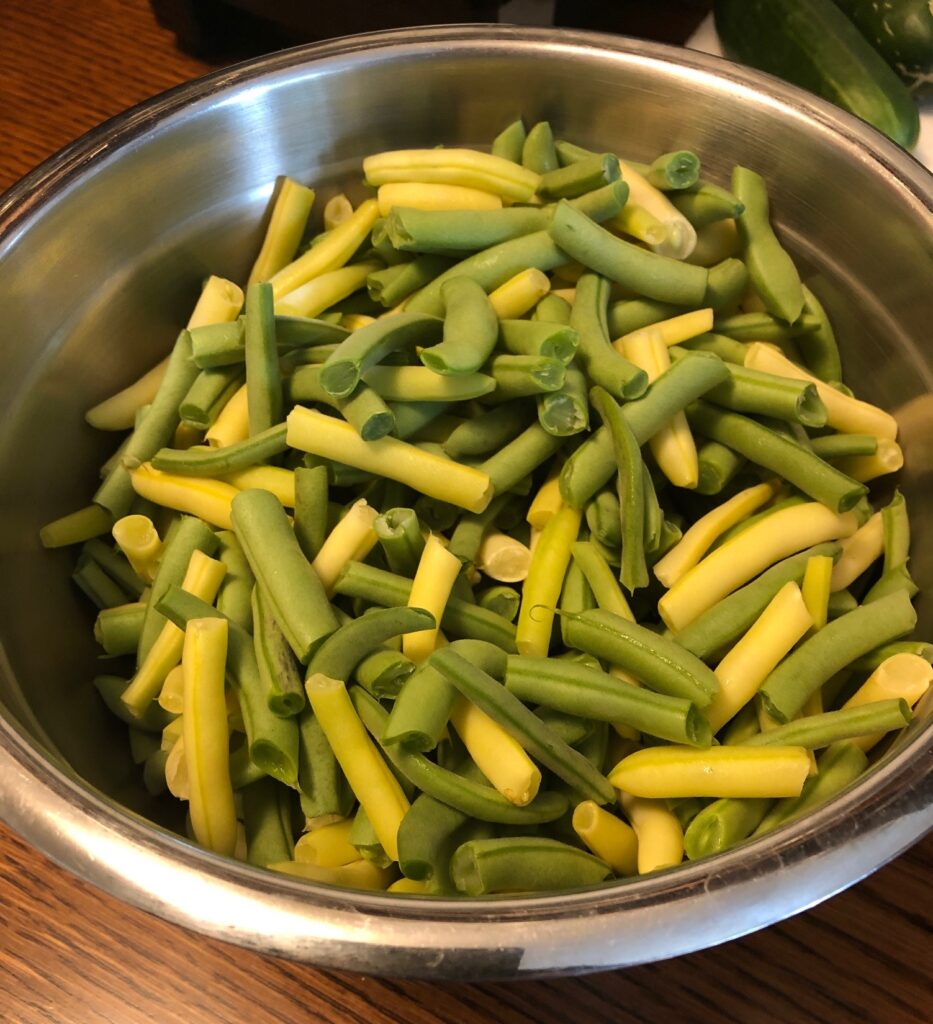
Then I had to chop the celery, onion and red pepper.
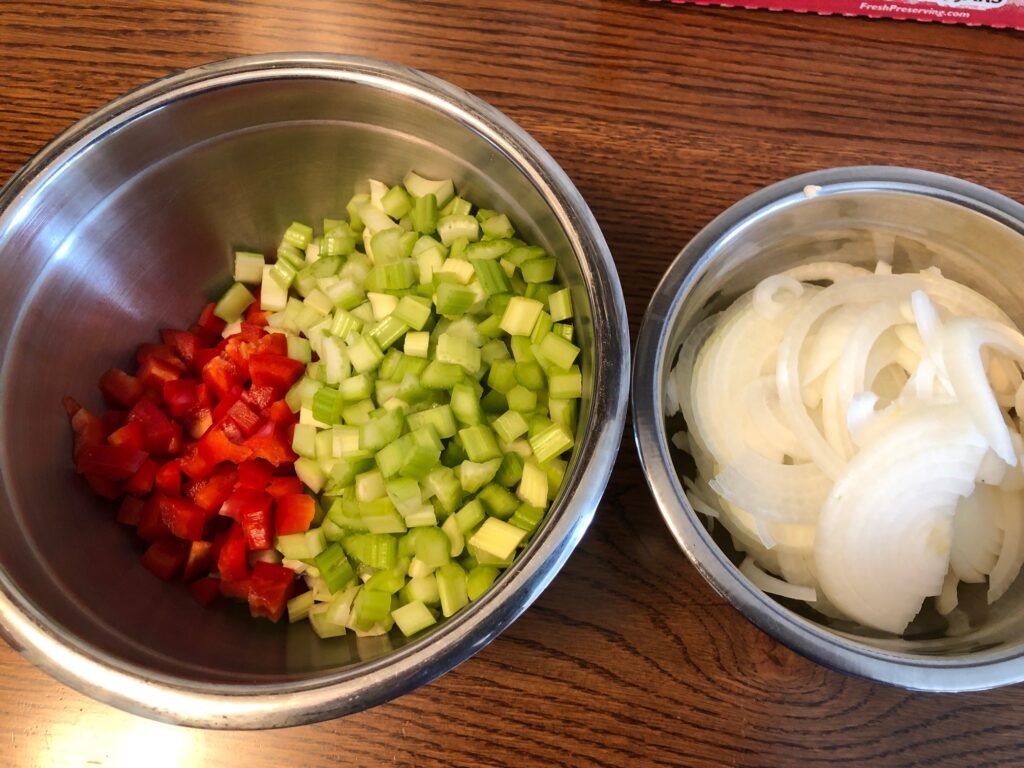
I measured out the kidney beans and chickpeas and rinsed them well.
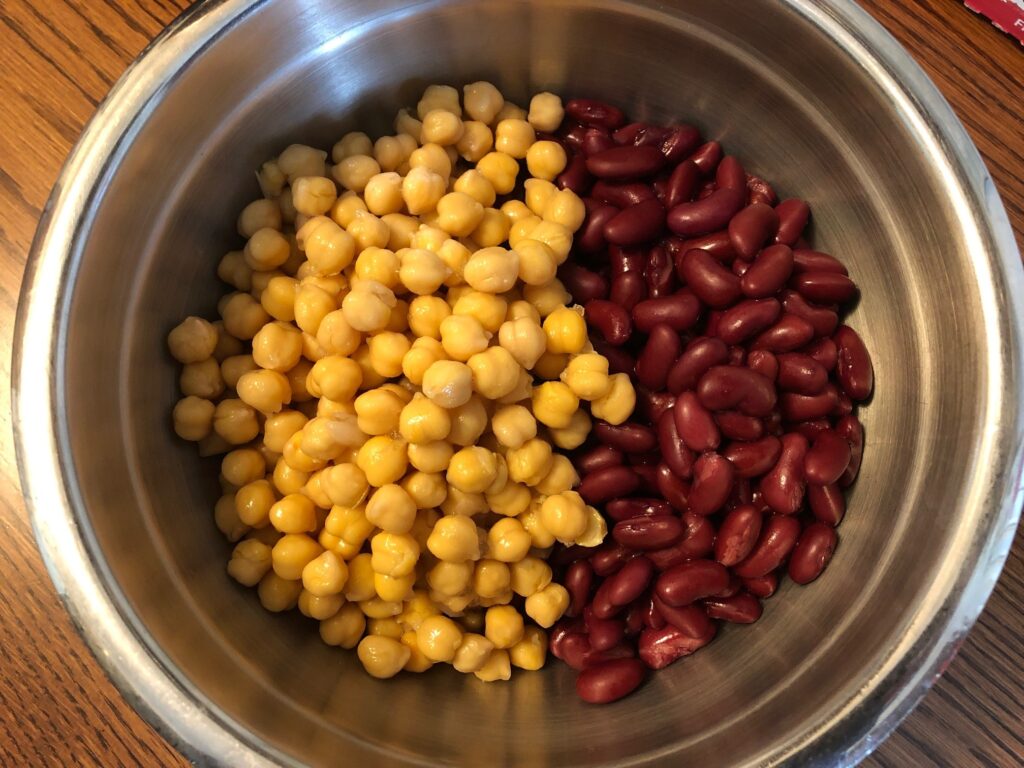
I was using my largest pot that was full to the brim, before I added the beans! There was no room to add water to boil AND I didn’t have a long enough spoon to stir the pile.
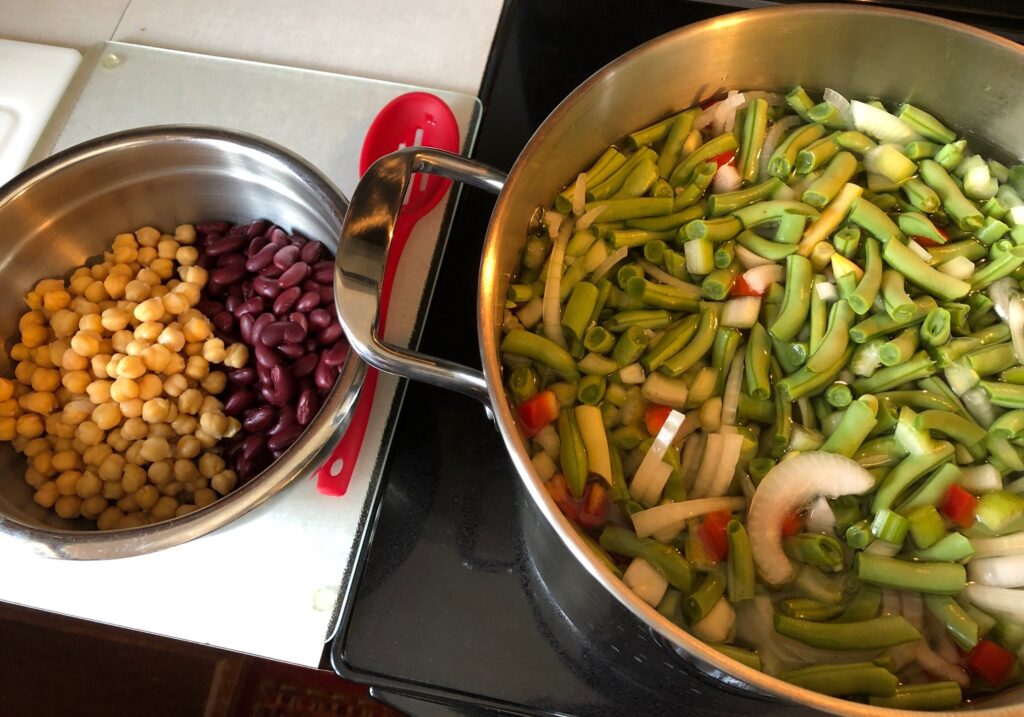
Plan B kicked in! Bert went to the attic and found his HUGE stockpot that he uses to store cookie dough at Christmas. We dumped everything into the big pot (which of course, would not fit on the stove), moved it to the propane burner in the garage, and then added enough water to blanch the vegetables. I found Bert’s GIANT wooden spoon that he used to use to mix up cookie dough and we were able to finish blanching the vegetables out there.

The next dilemma was to drain the vegetables and move them back to the kitchen so I could pack the jars. I pulled out my HUGE colander strainer to scoop the vegetables into the original pot that did fit on my stove. By then, the vegetables had softened and fit back into the pot. Whew!
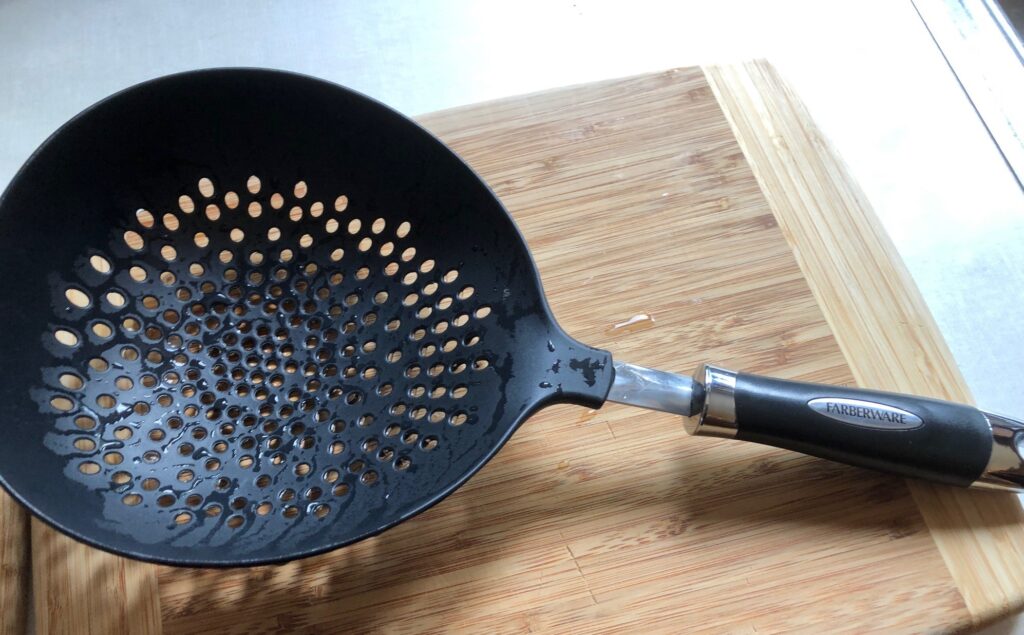
While I filled the jars, Bert emptied the hot water out of the big pot, set it aside, and put the canner on the burner to begin warming the water for canning.
When all divvied up, the vegetables filled 18 jars! The canner holds 19 jars. Perfect! So, the recipe, when doubled makes many more than 10 jars!
I used the pickling solution to fill the jars and had to add about 2 cups of vinegar to top them off. Once I got them filled, Bert took over, capped them and got them out to the canner. He handled the timing and watched the burner while I cleaned up the kitchen.
I now have 18 beautiful jars of pickled vegetables that will look and taste great all year! Of course, the recipe says to wait a month before opening, so along about Labor Day, I’ll check them out.
If you want to try this recipe, check your instructions that came with your canner to get the time correct for your altitude. Be mindful when you double a recipe…it might make more than you expect!
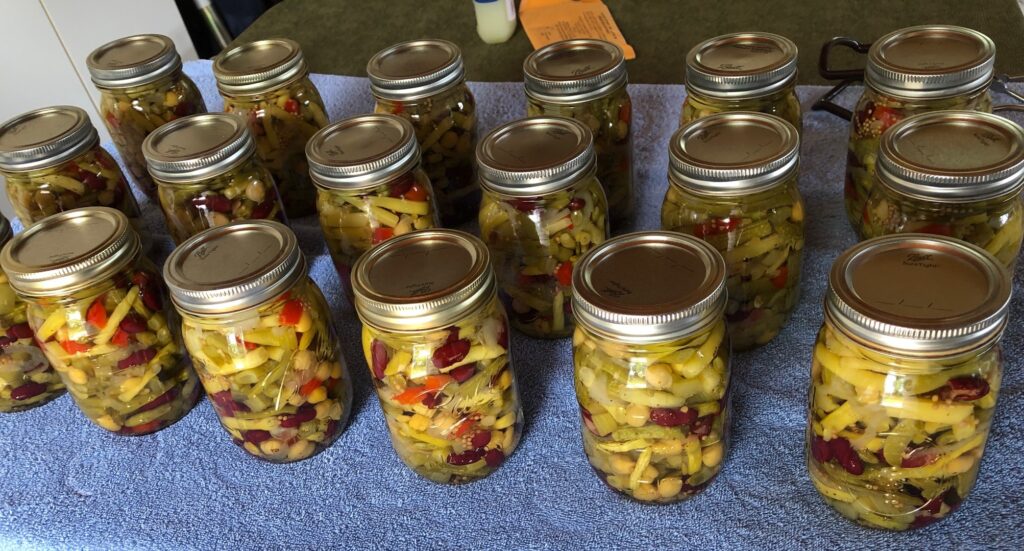
Please comment or email me directly at marykisner@comcast.net.

